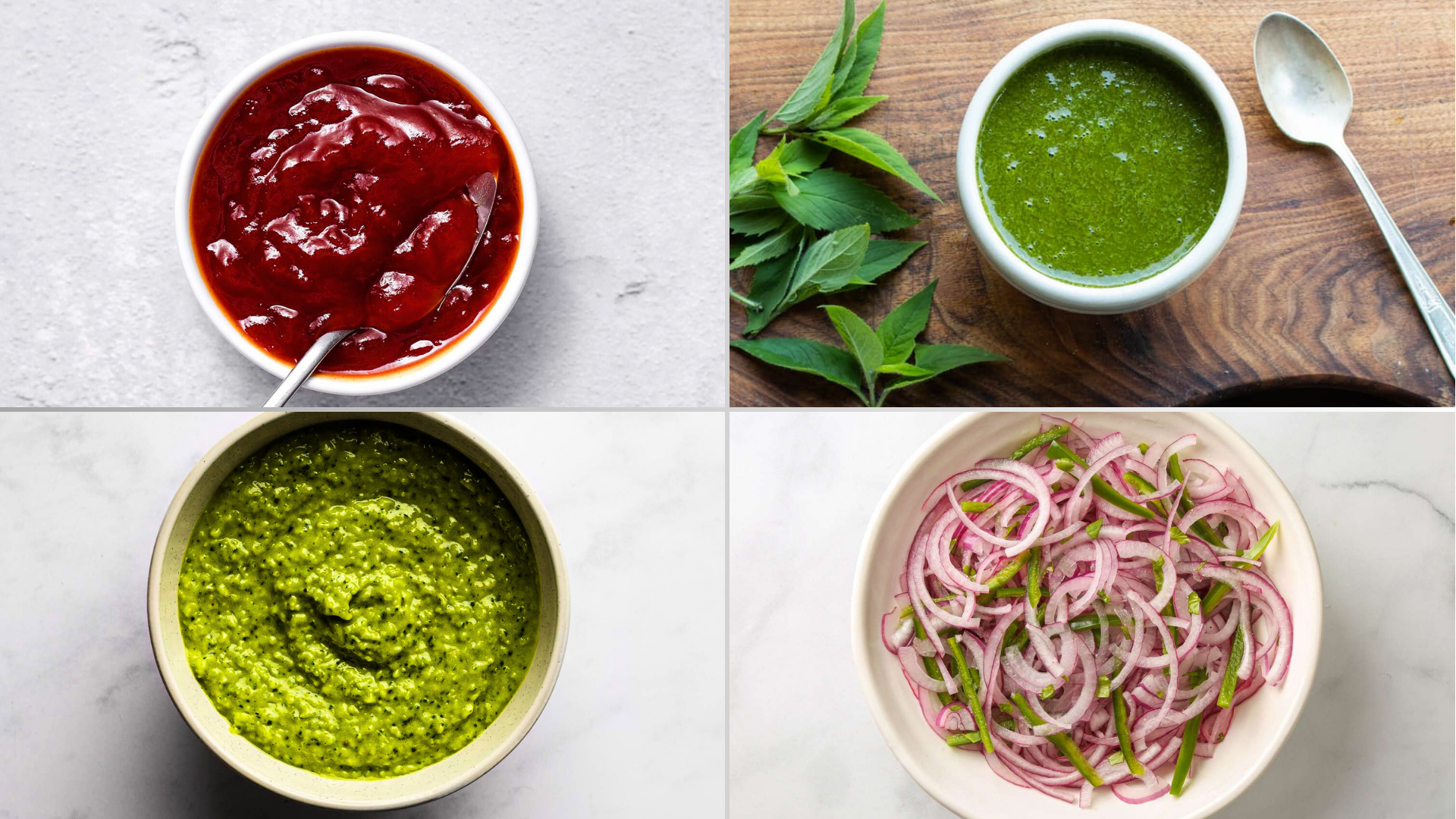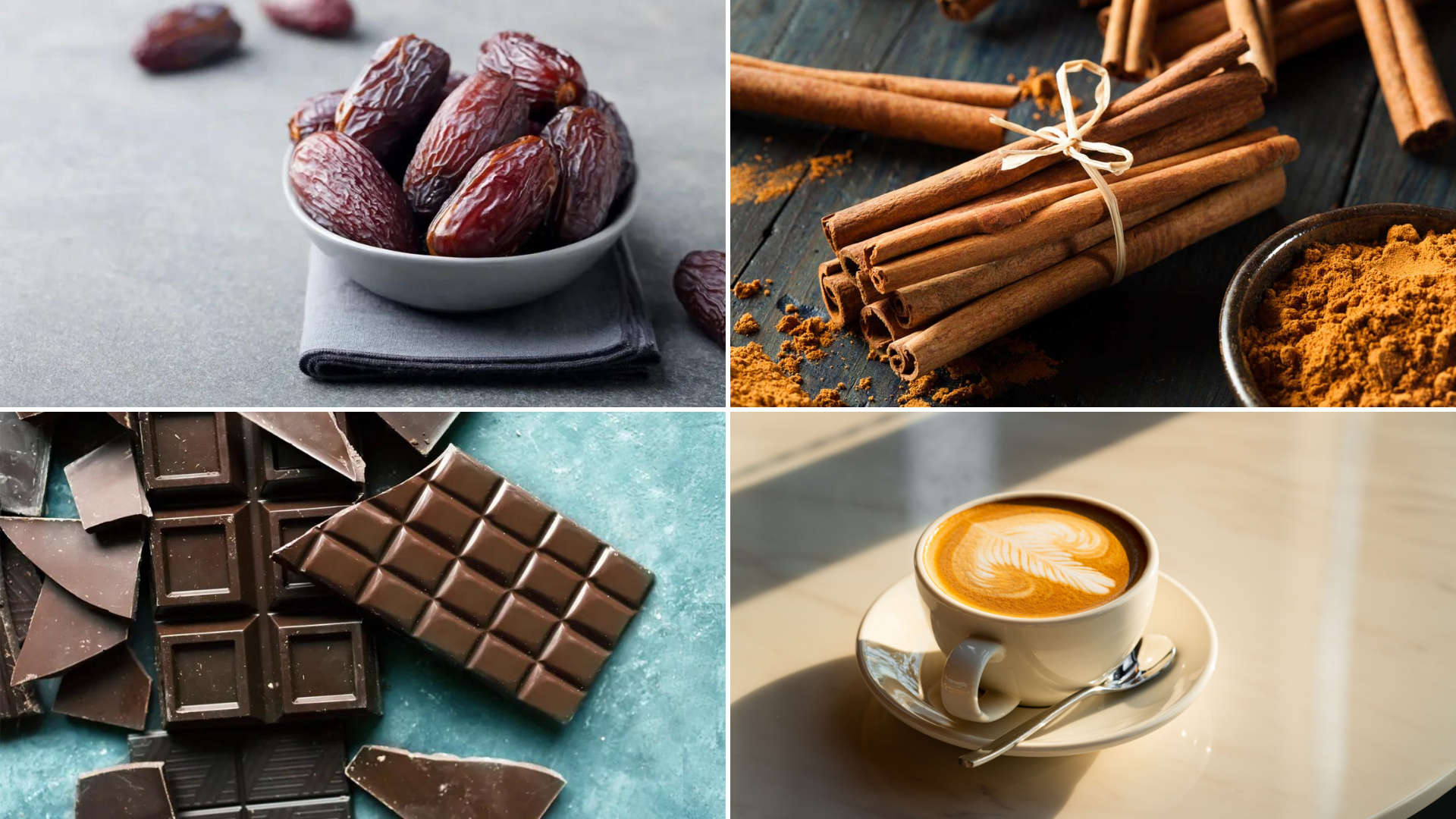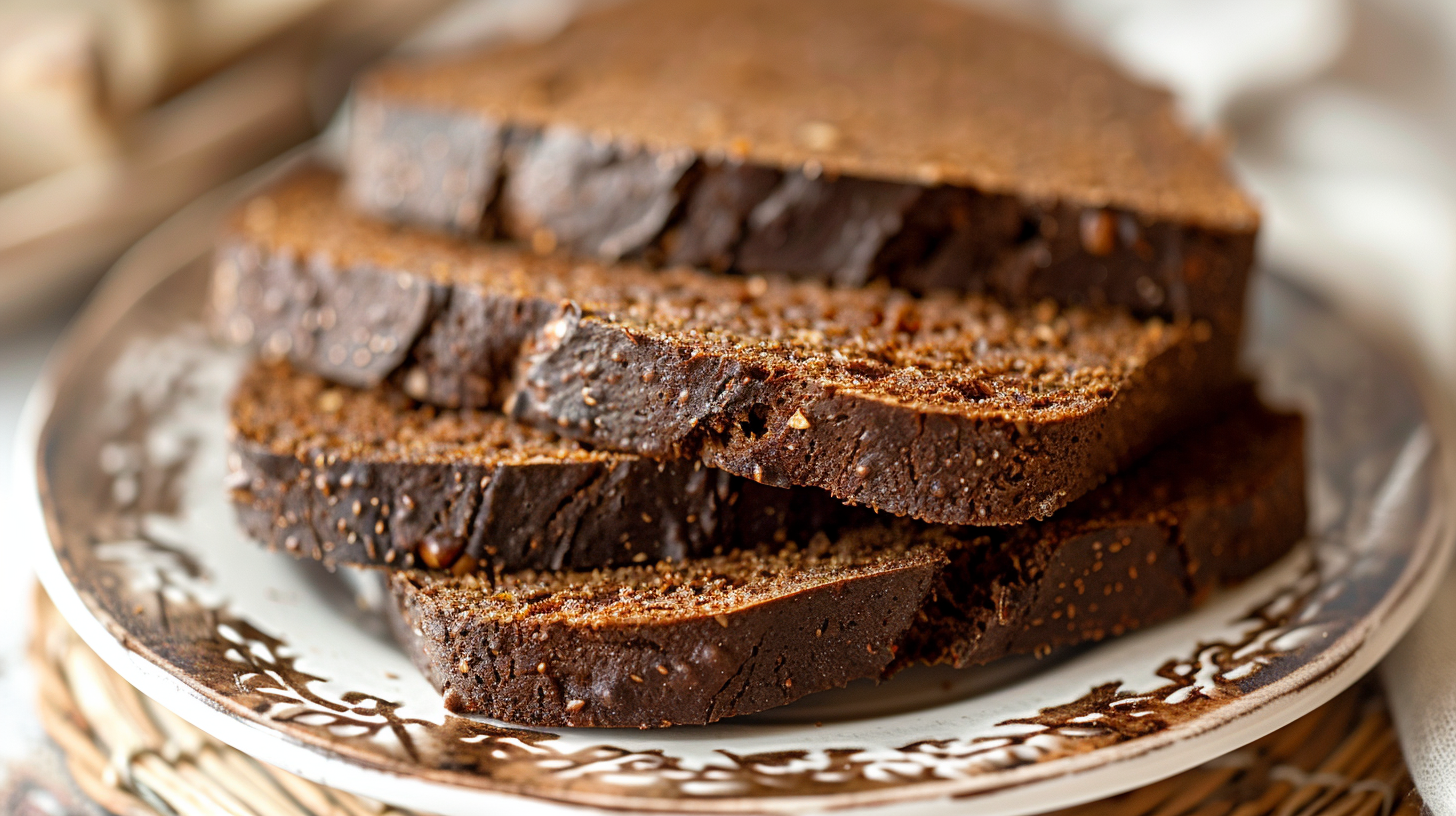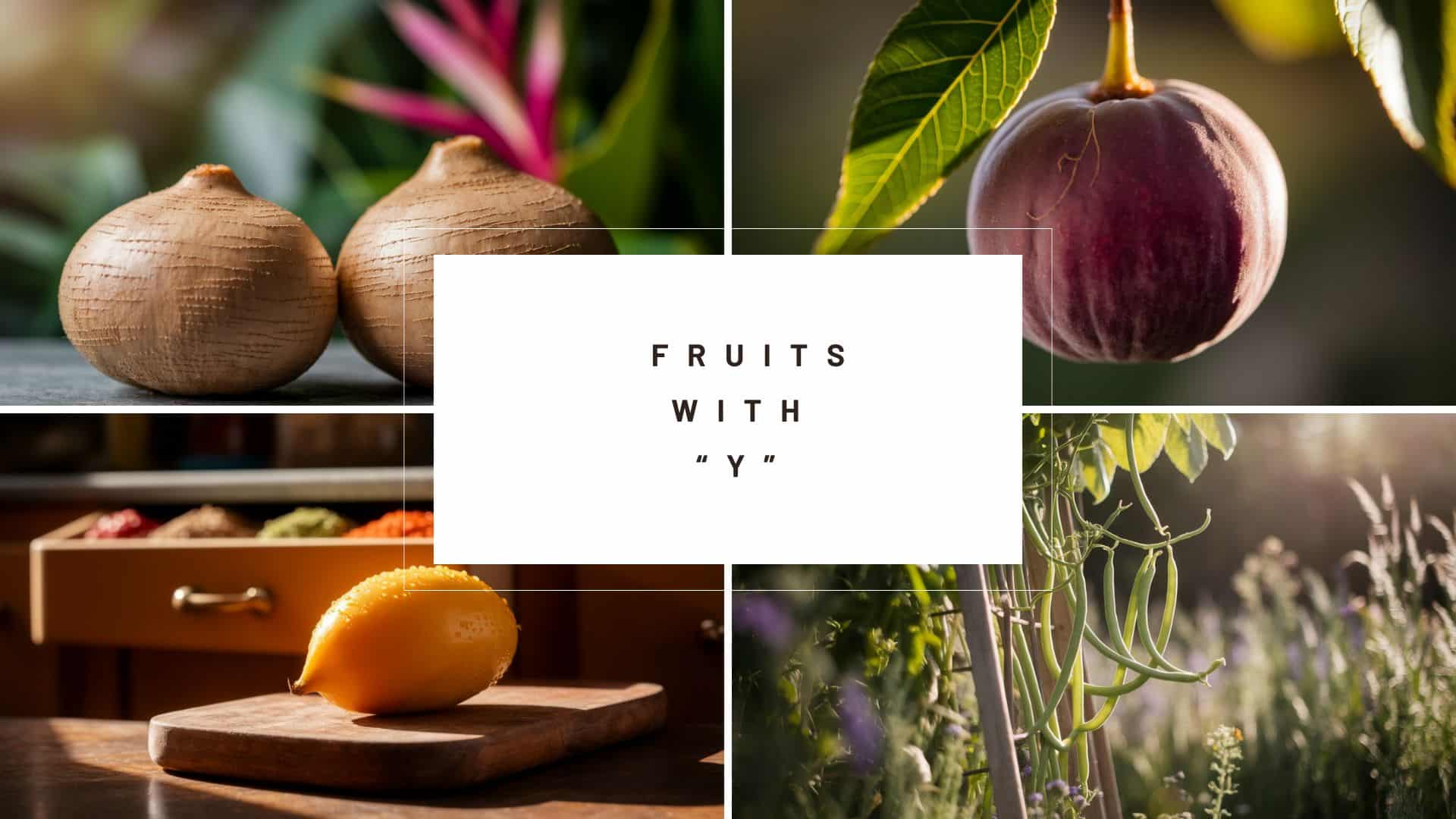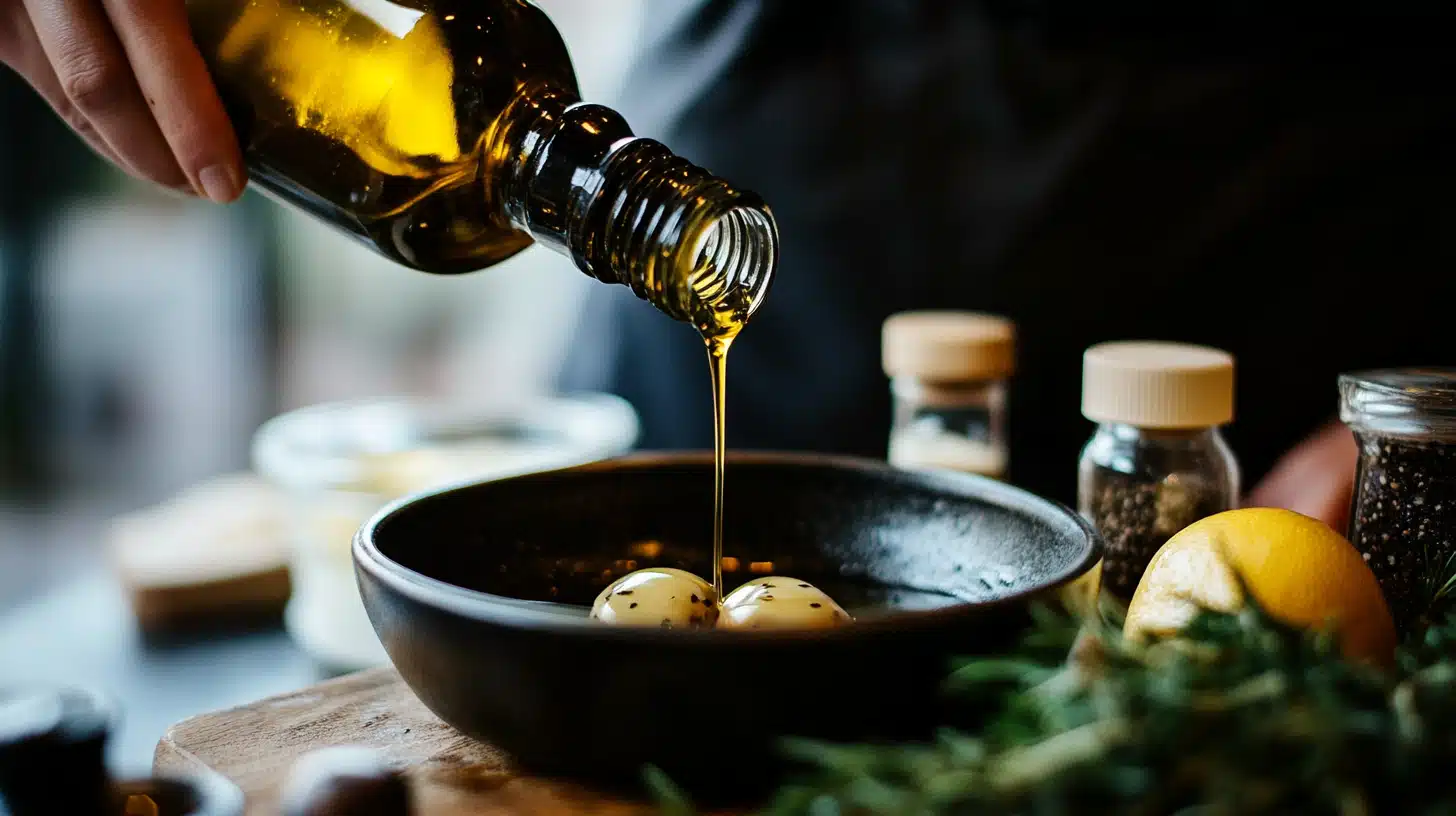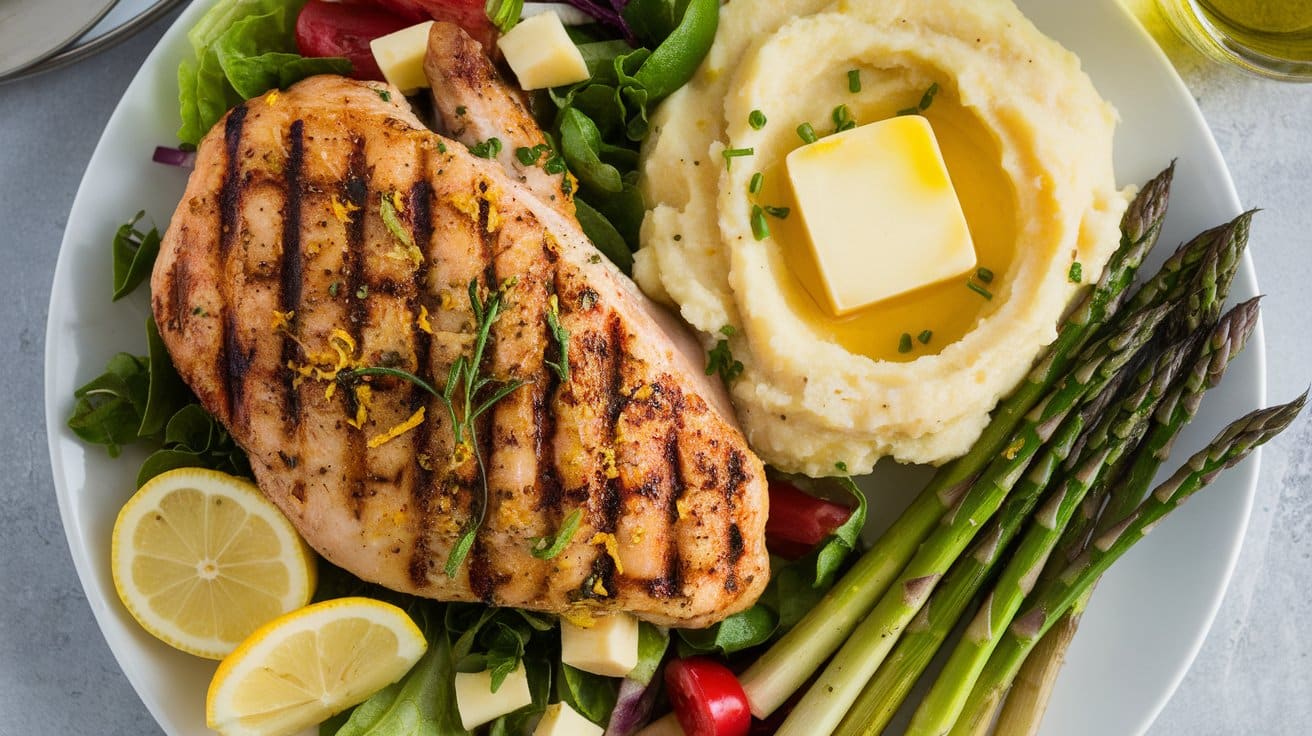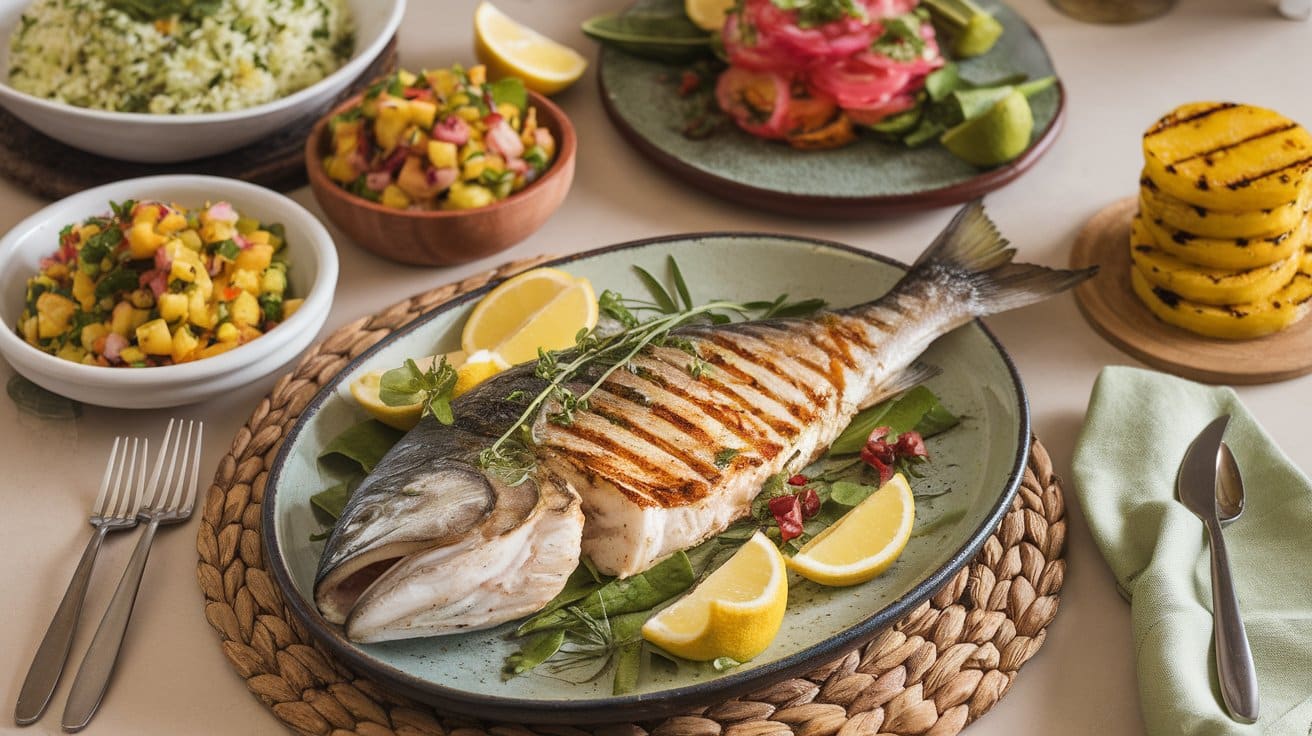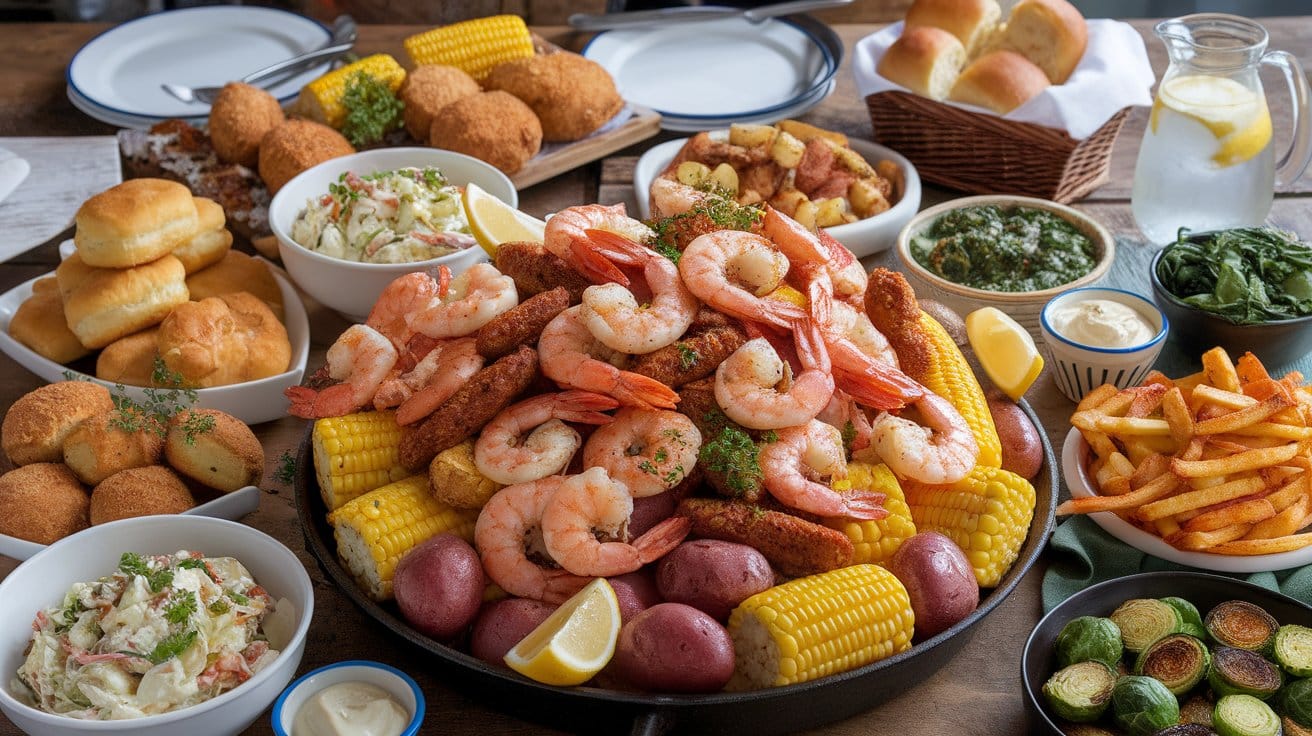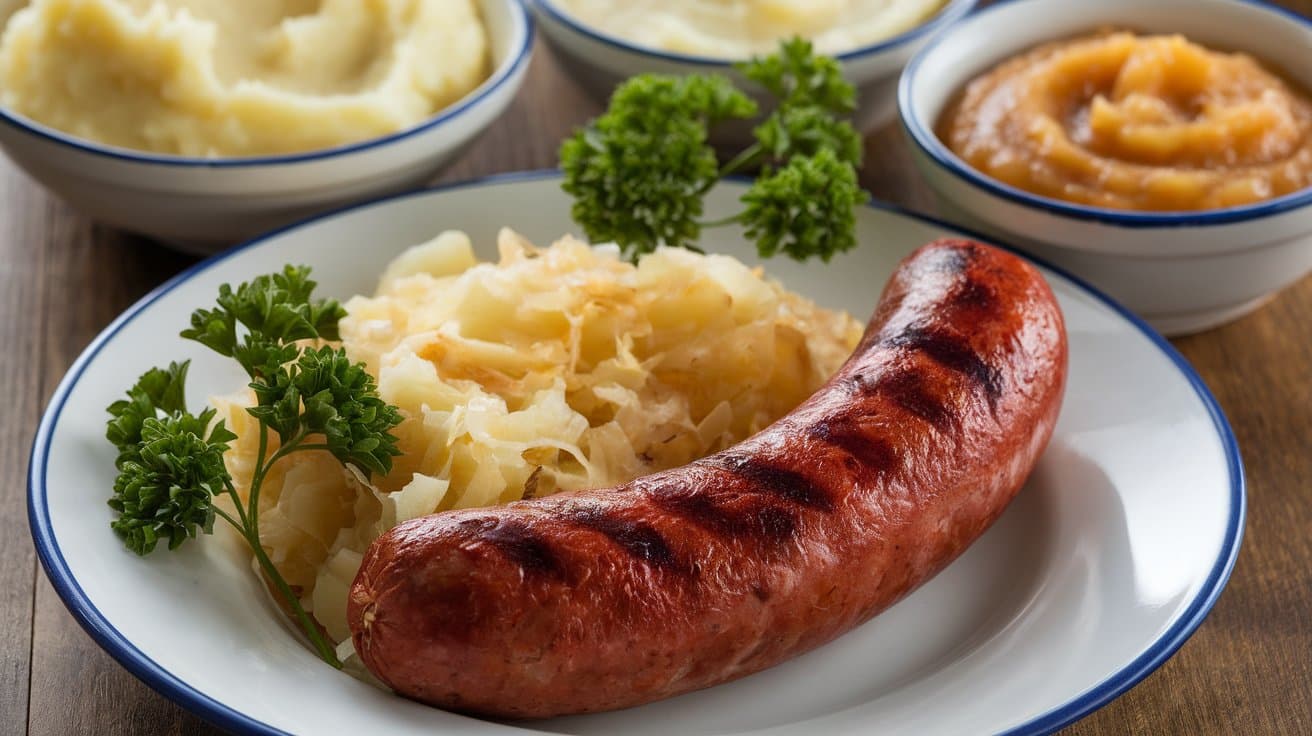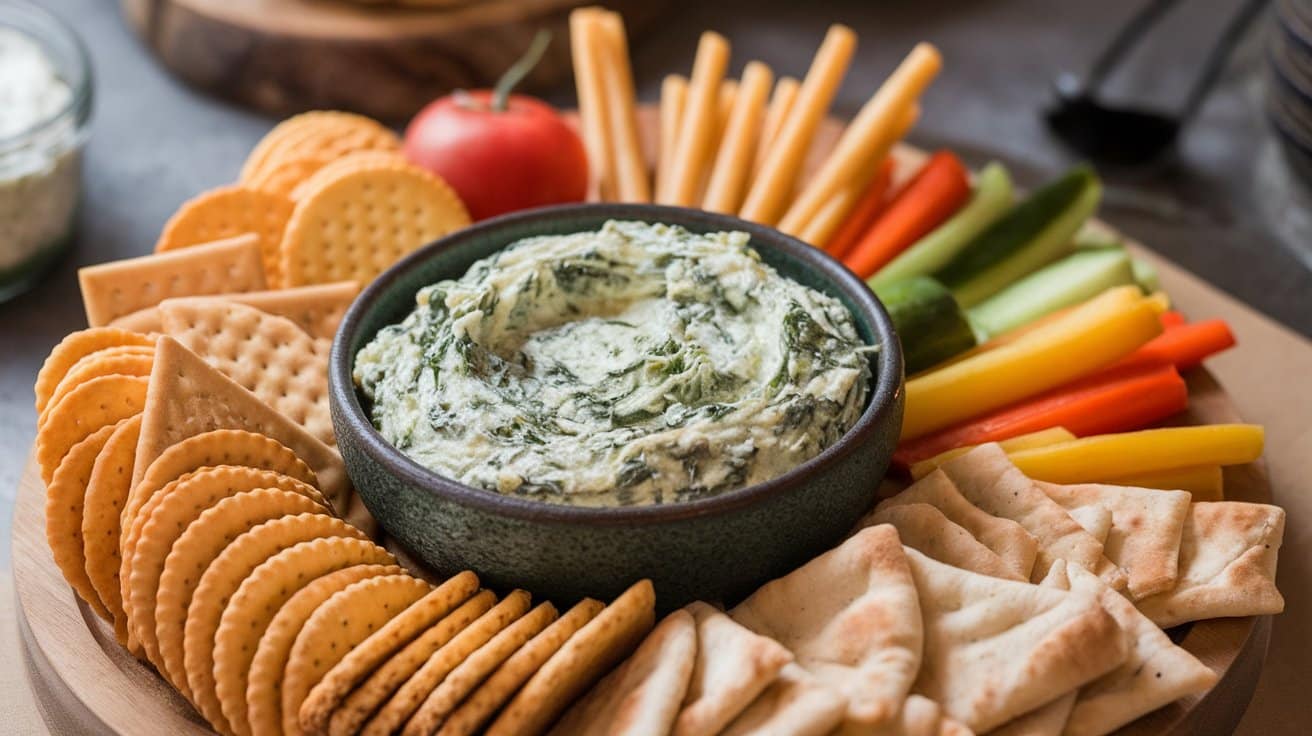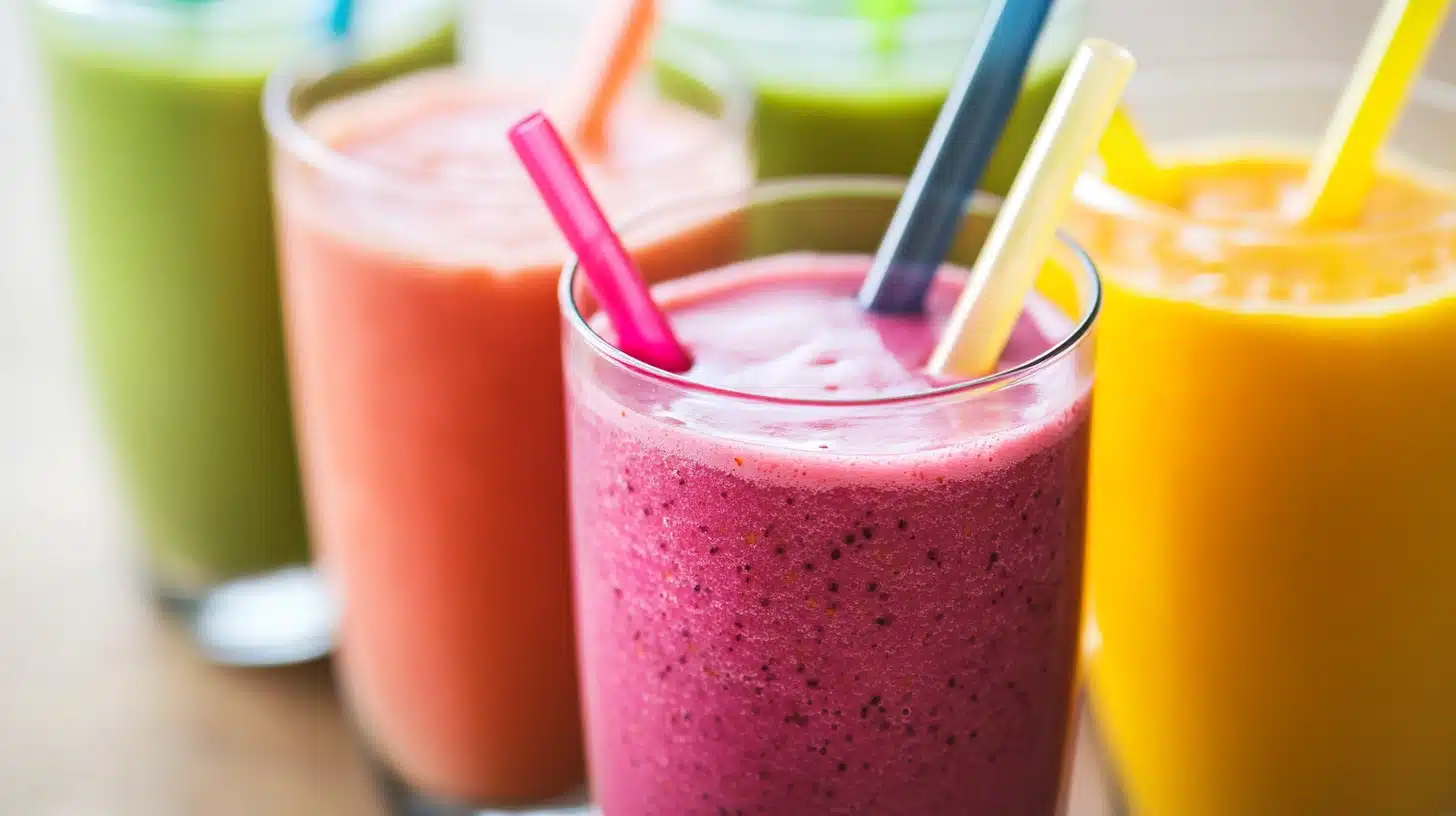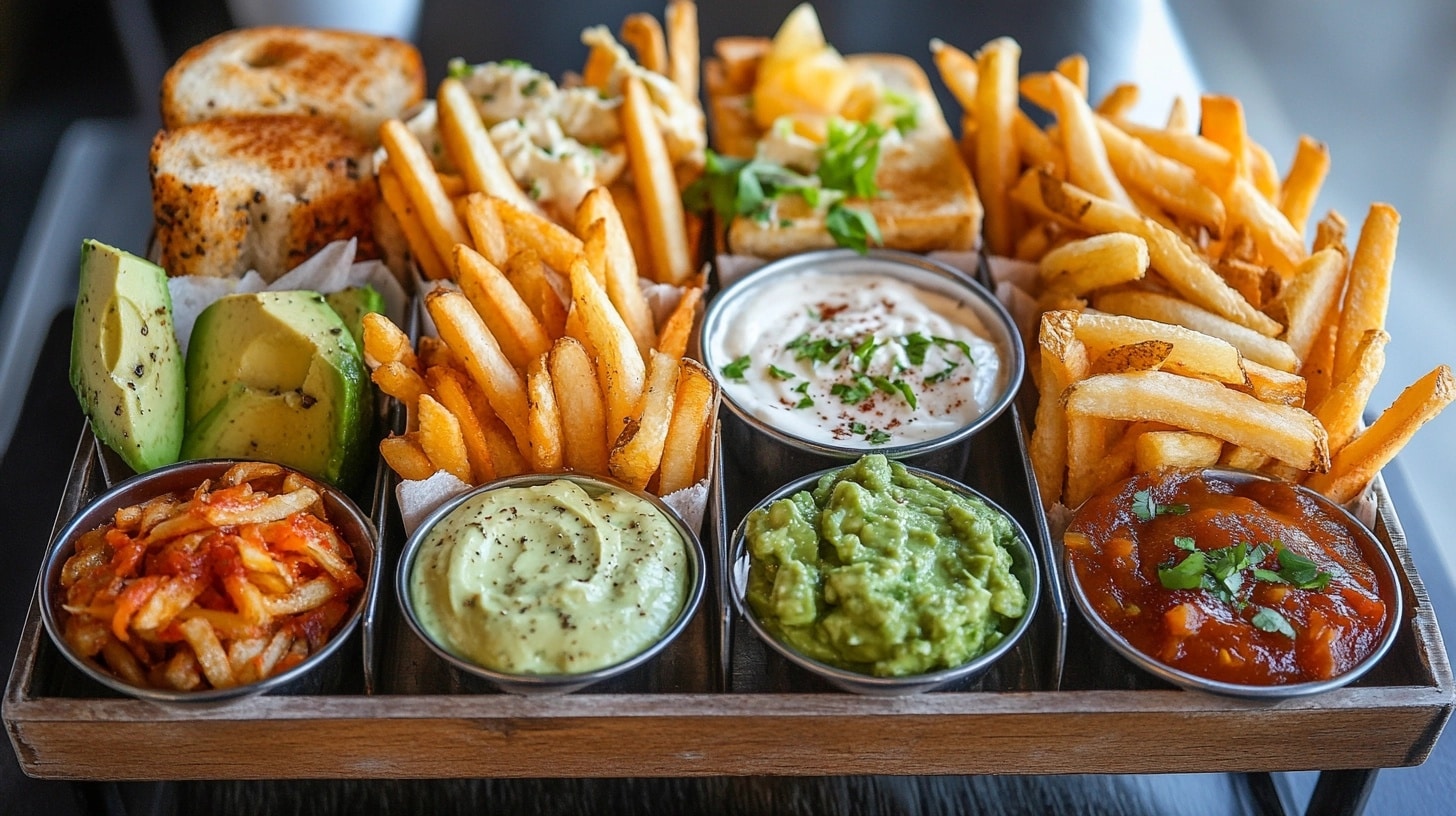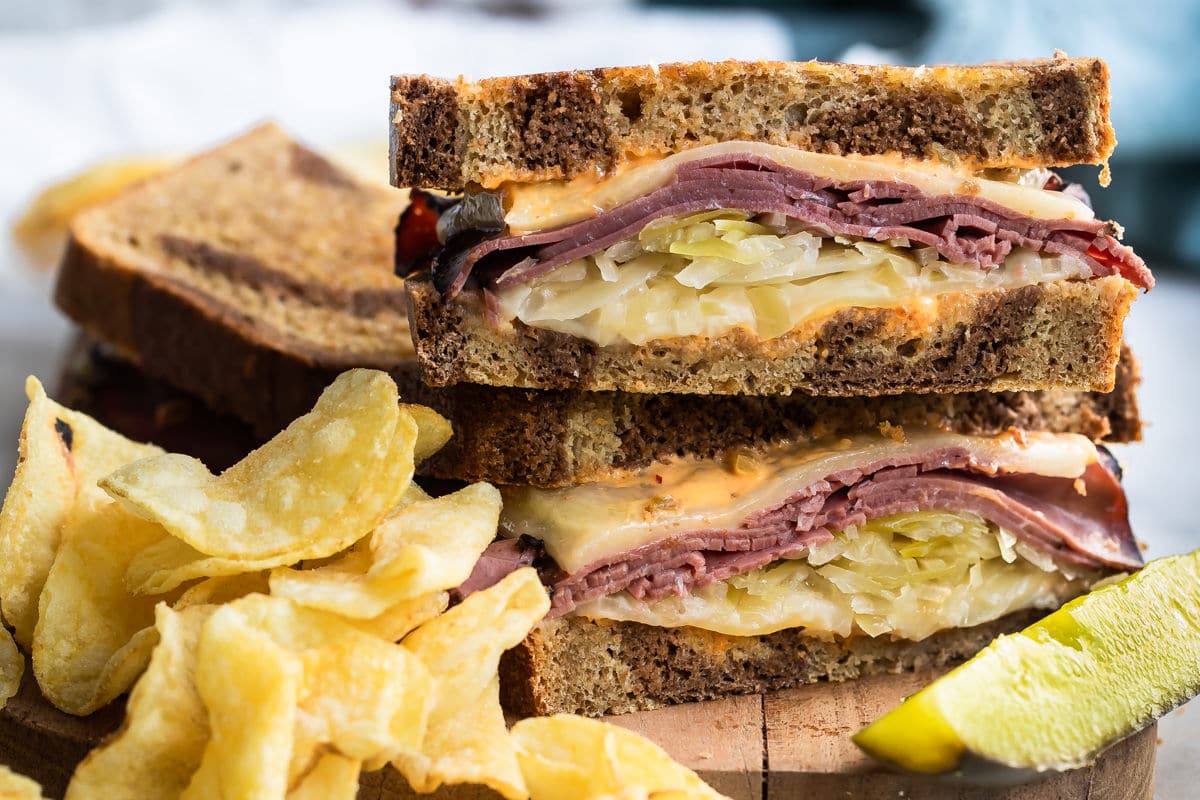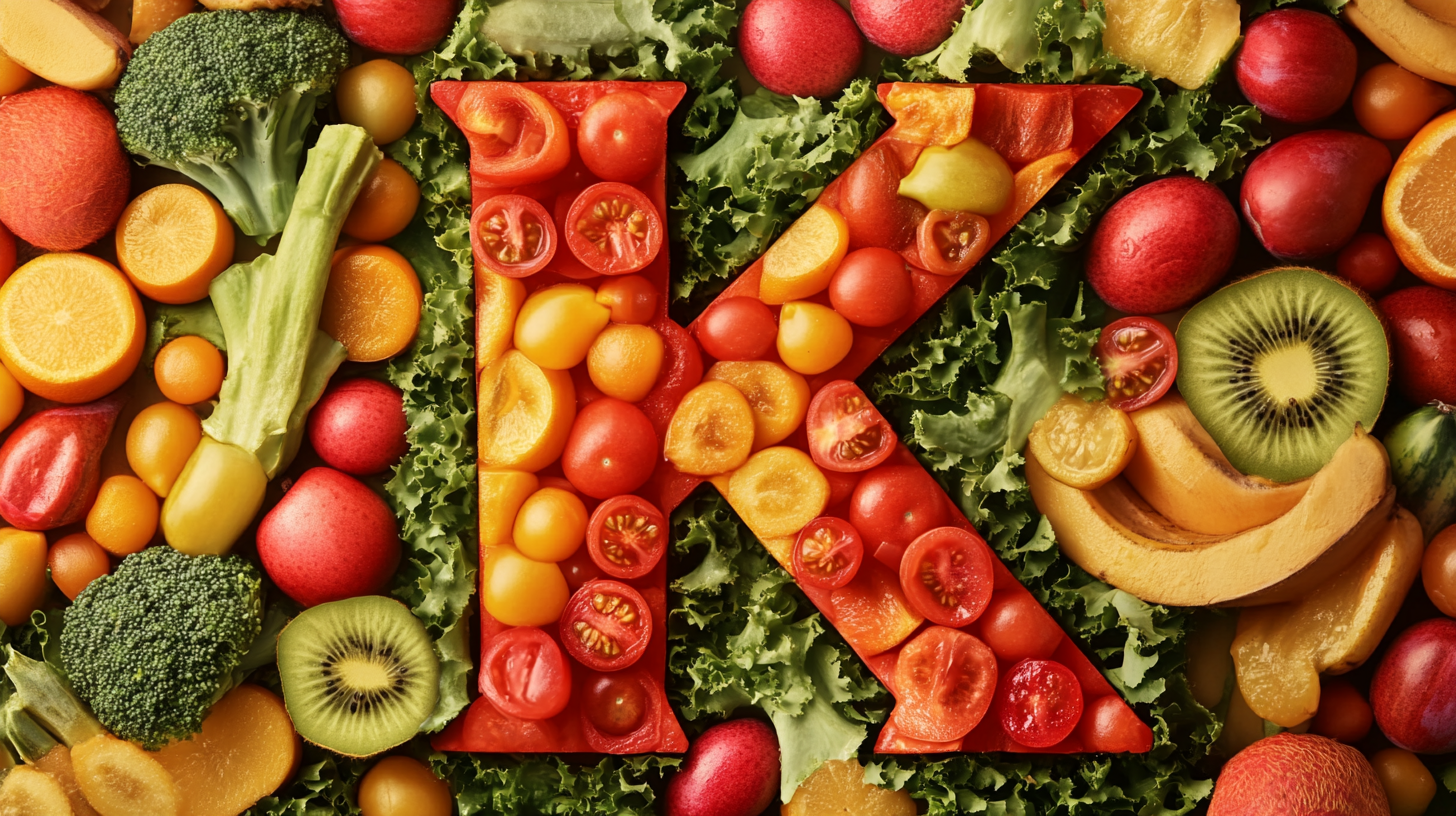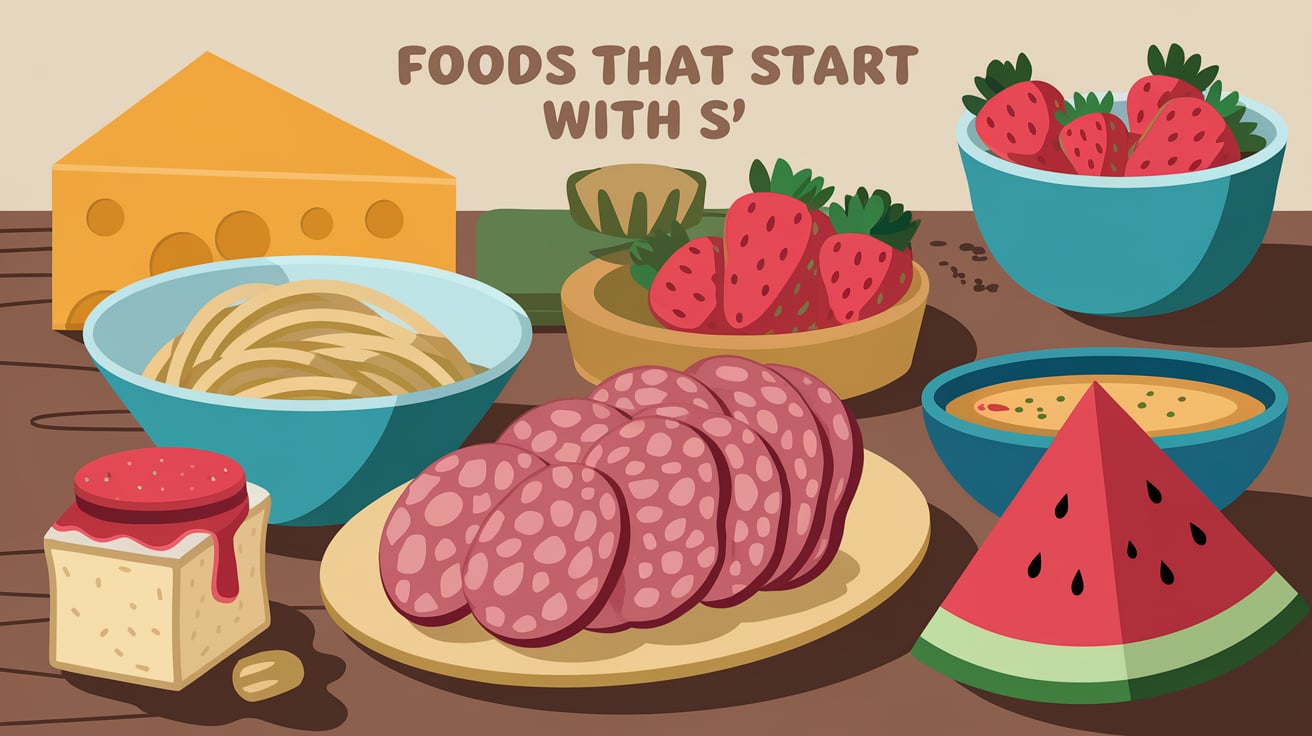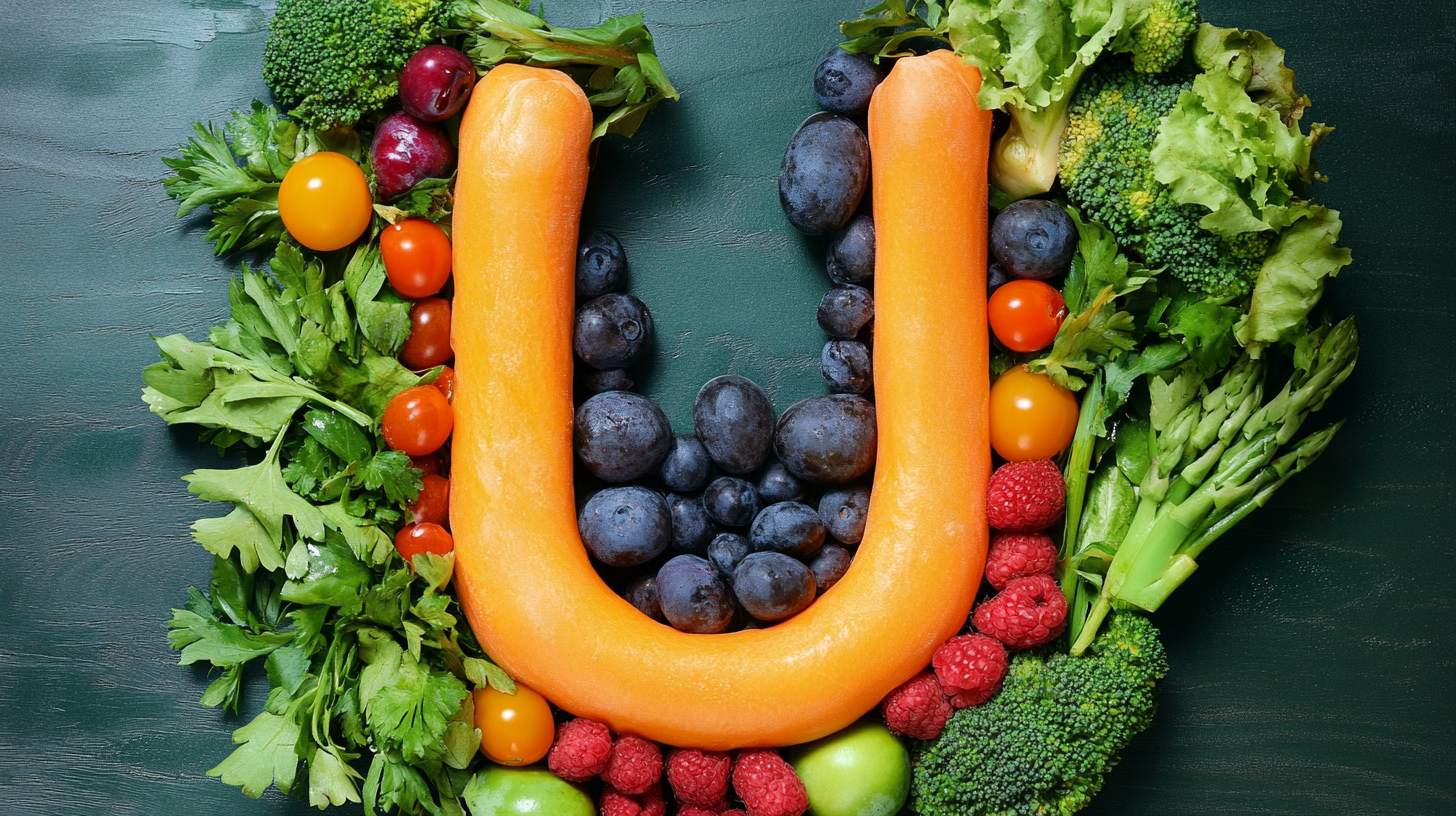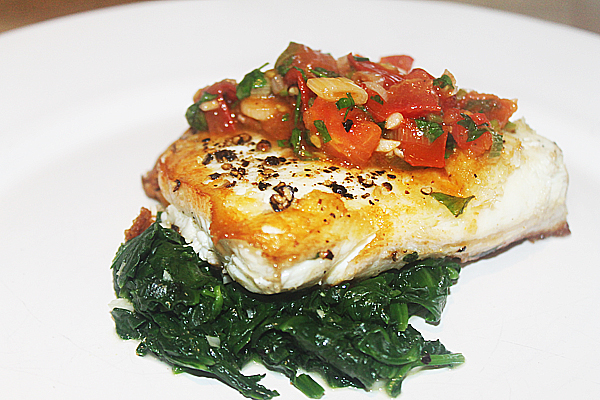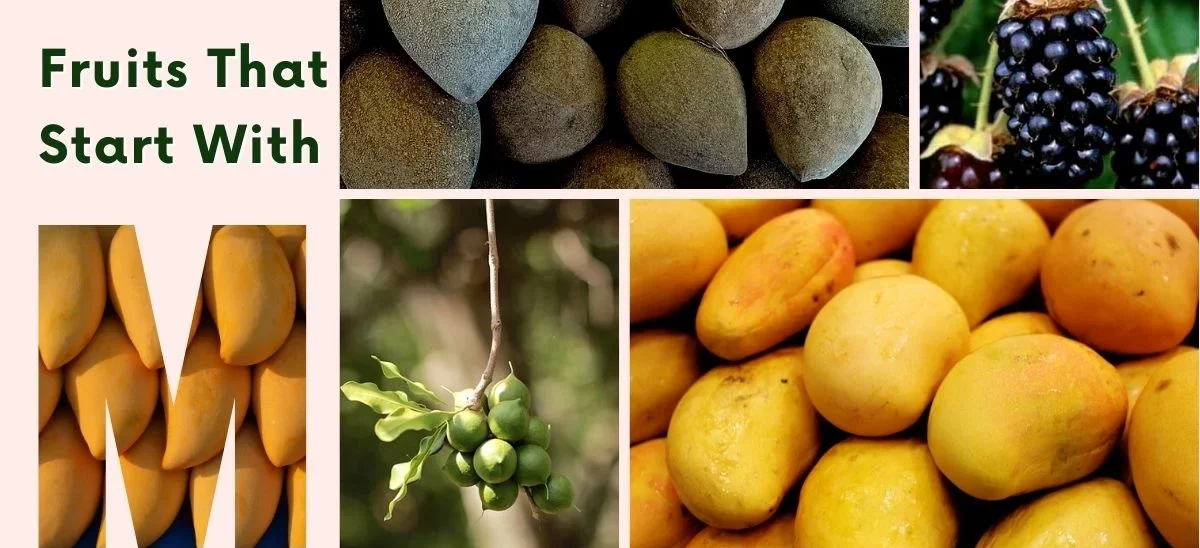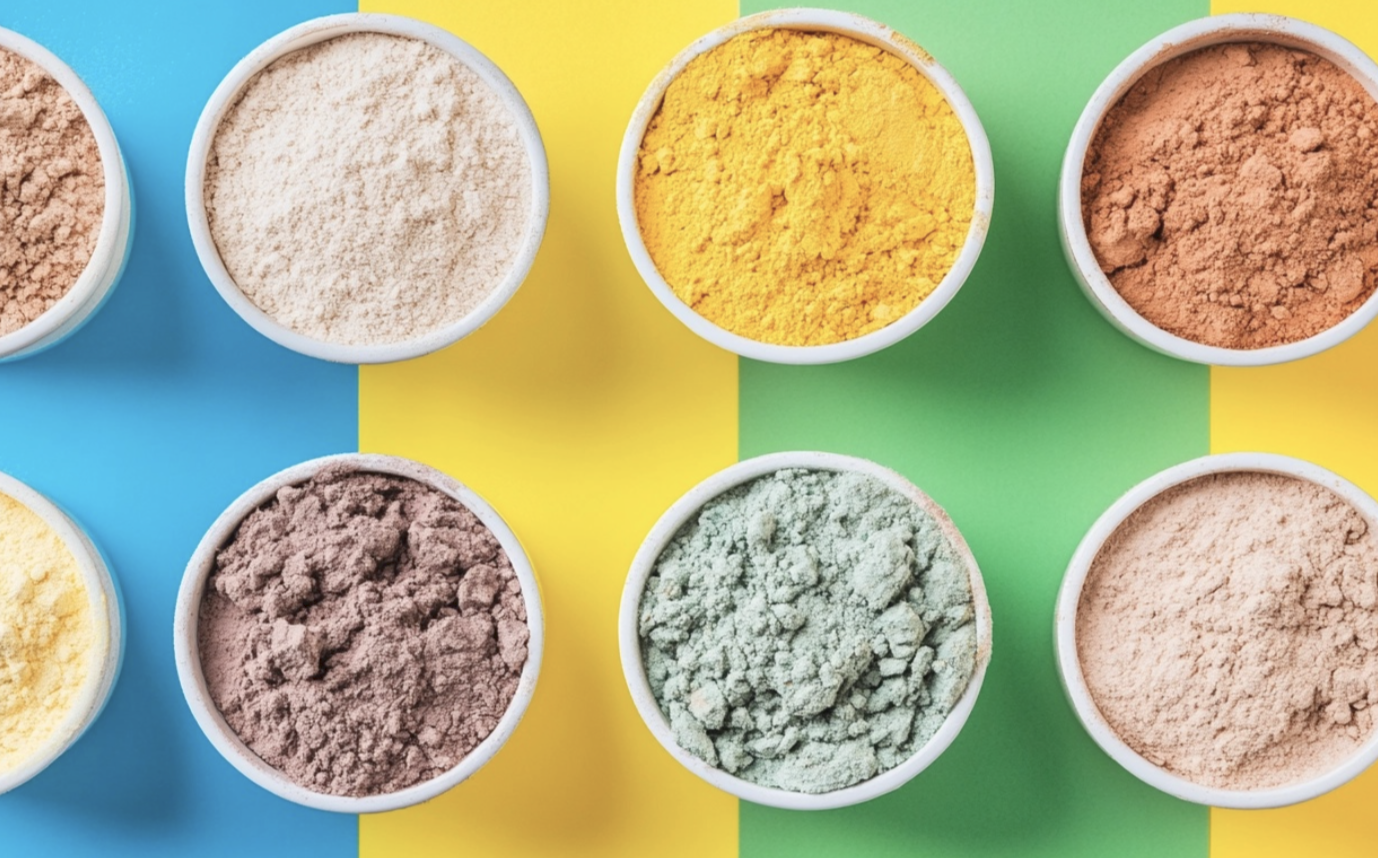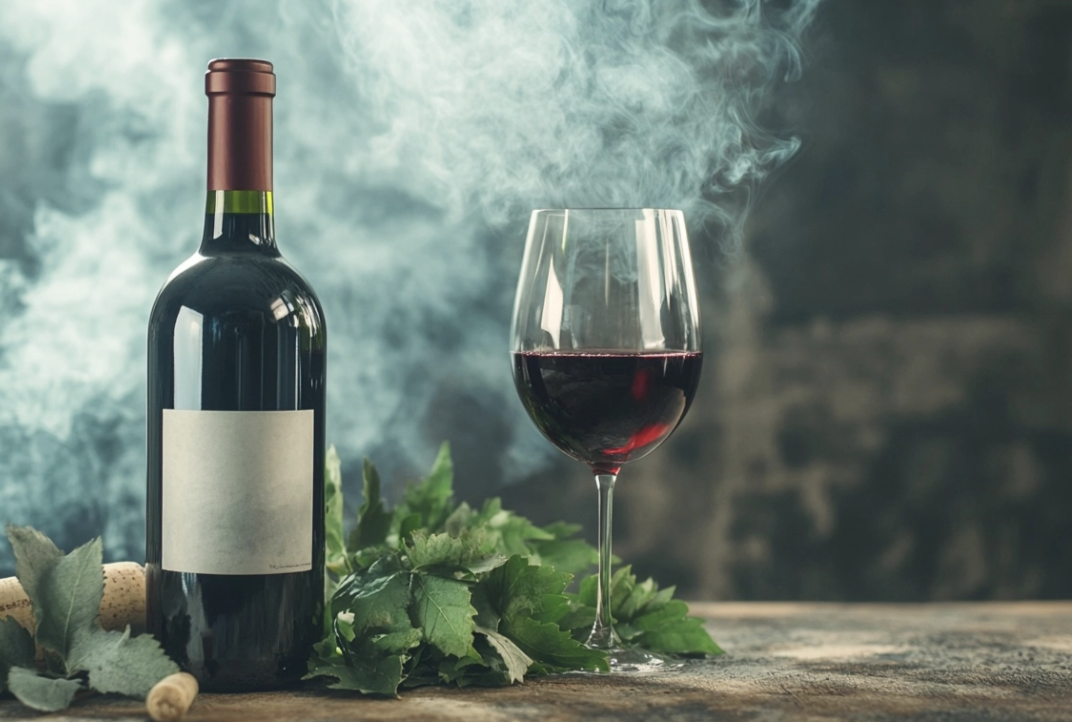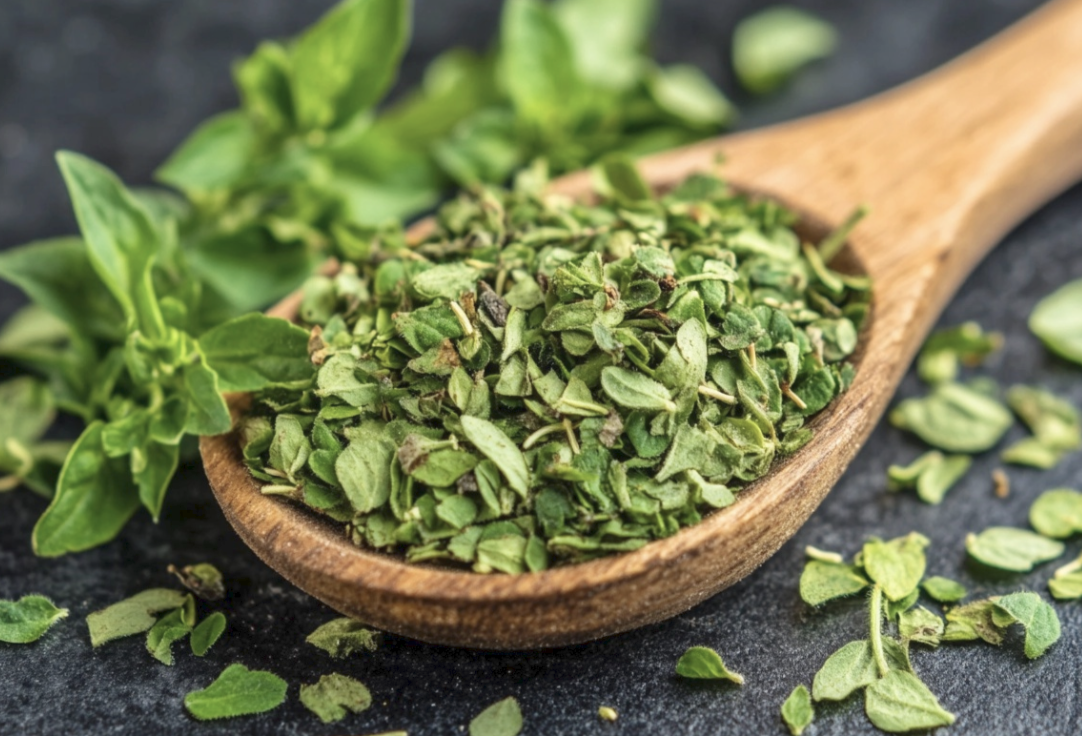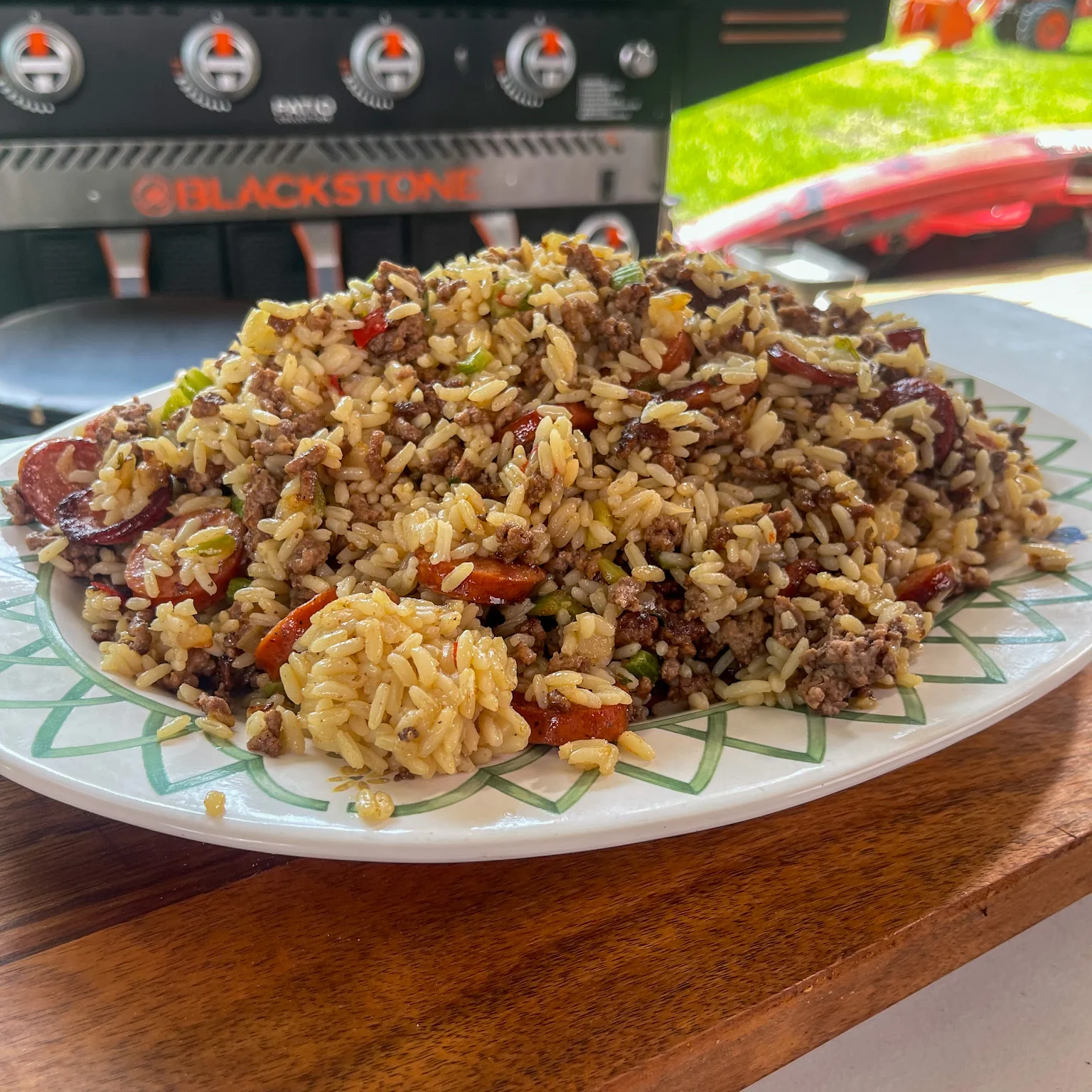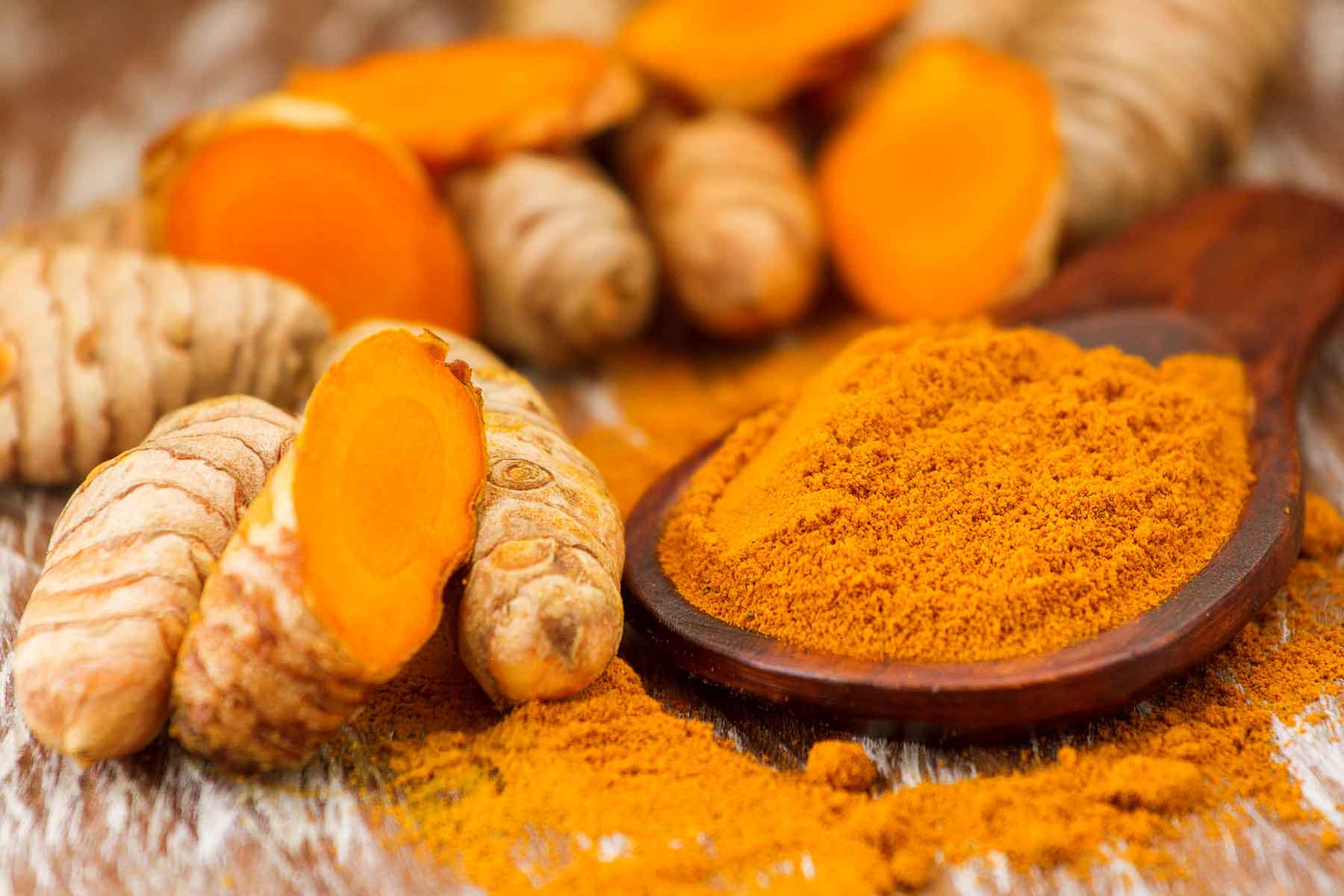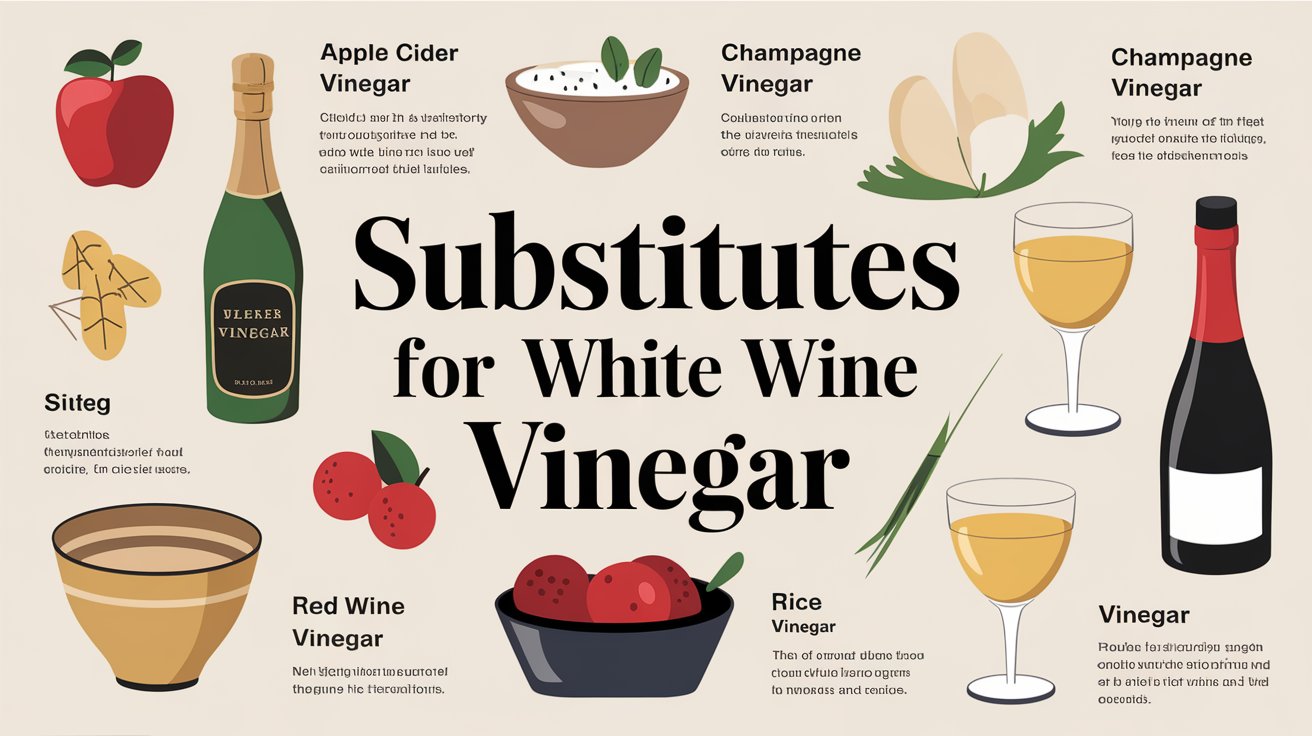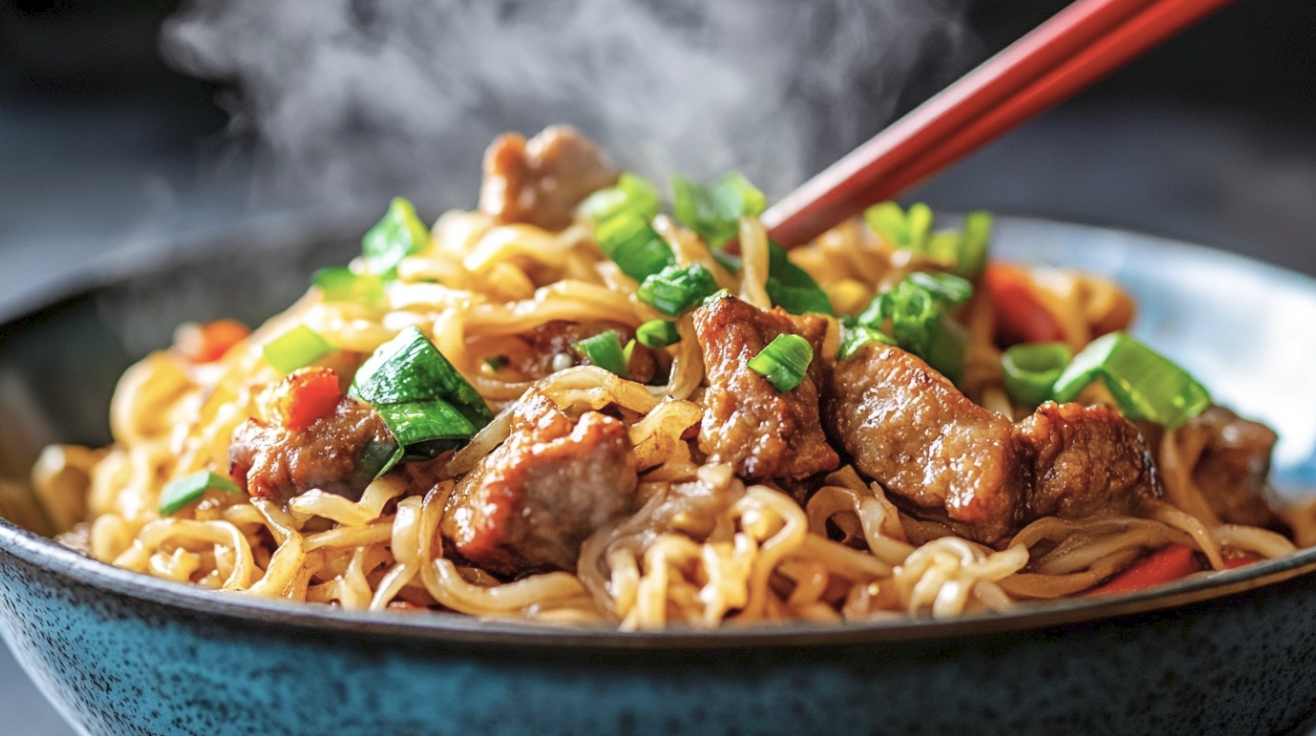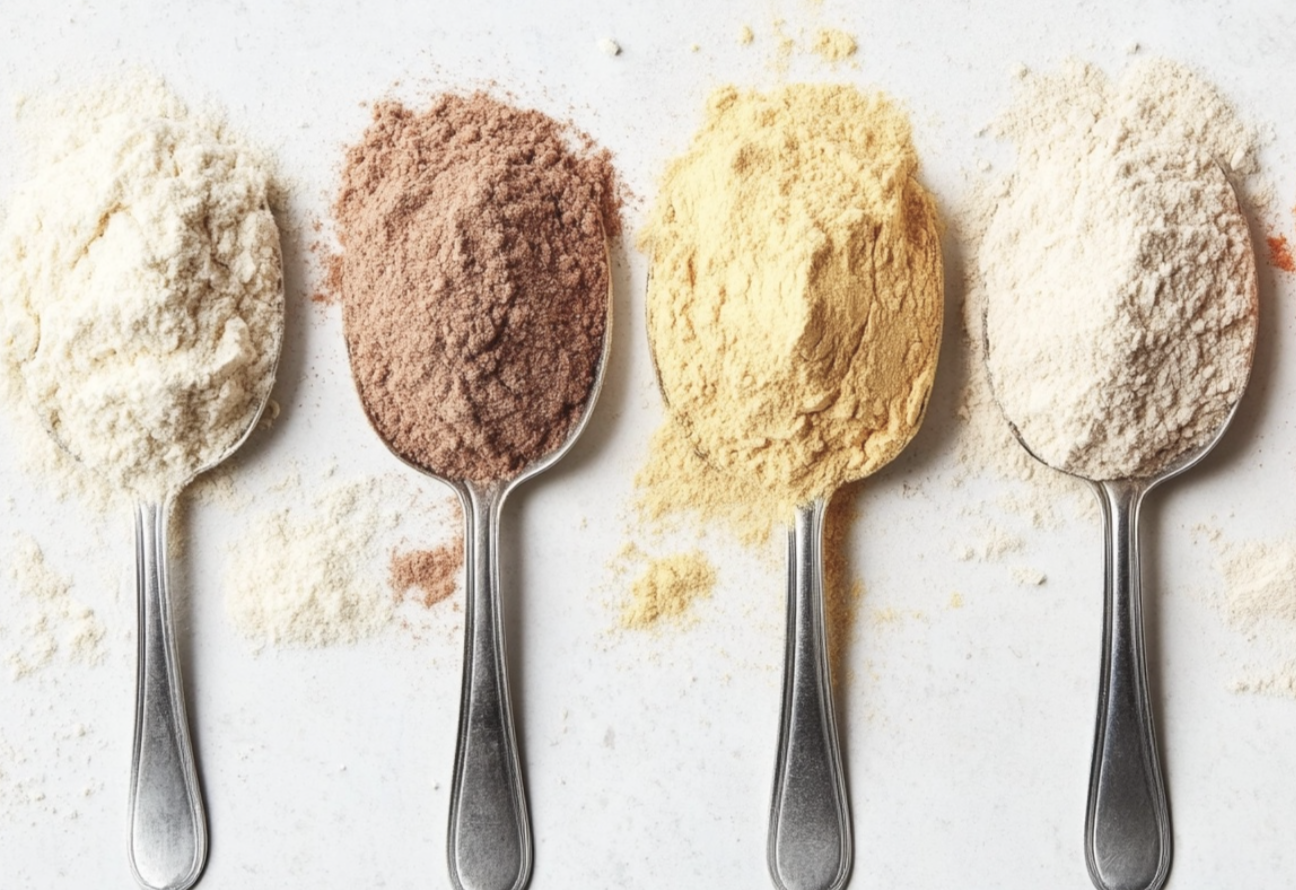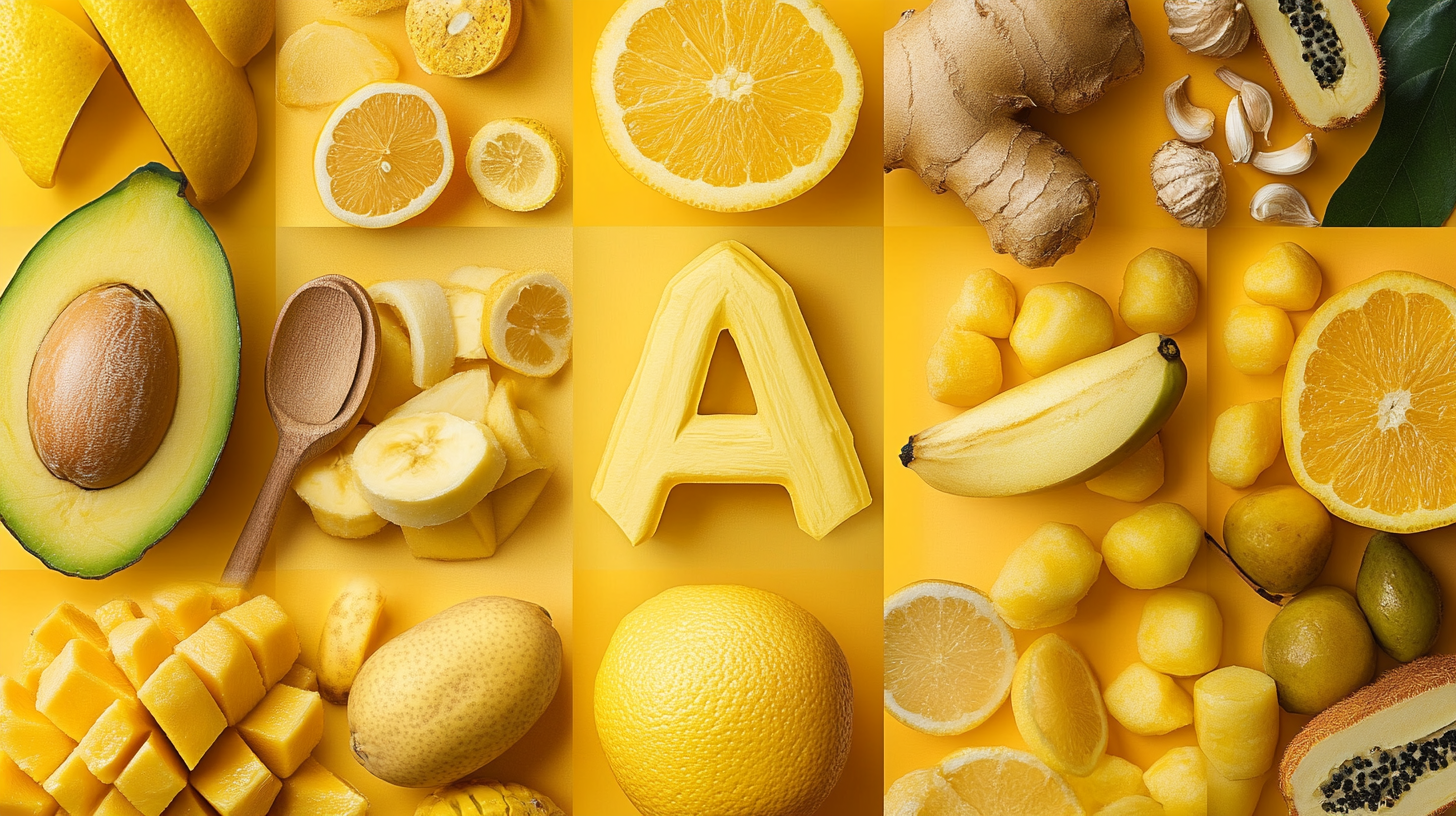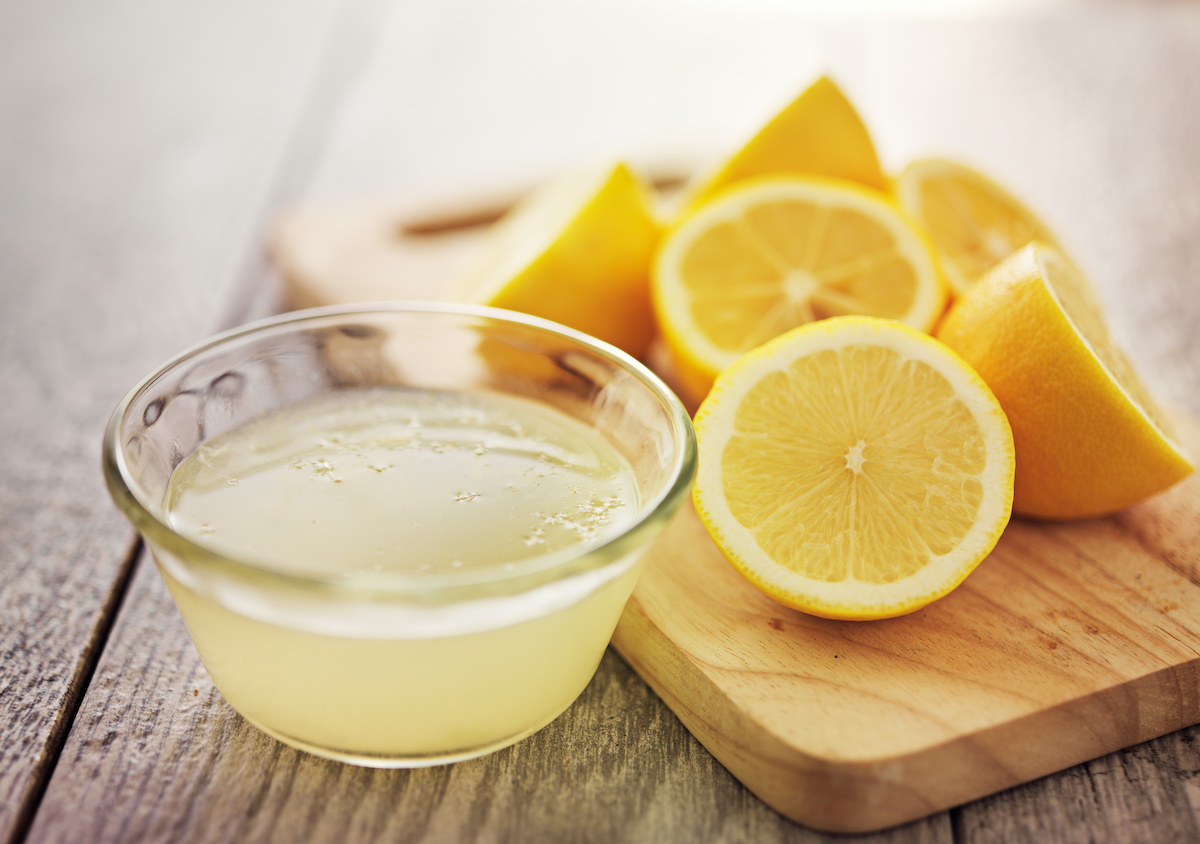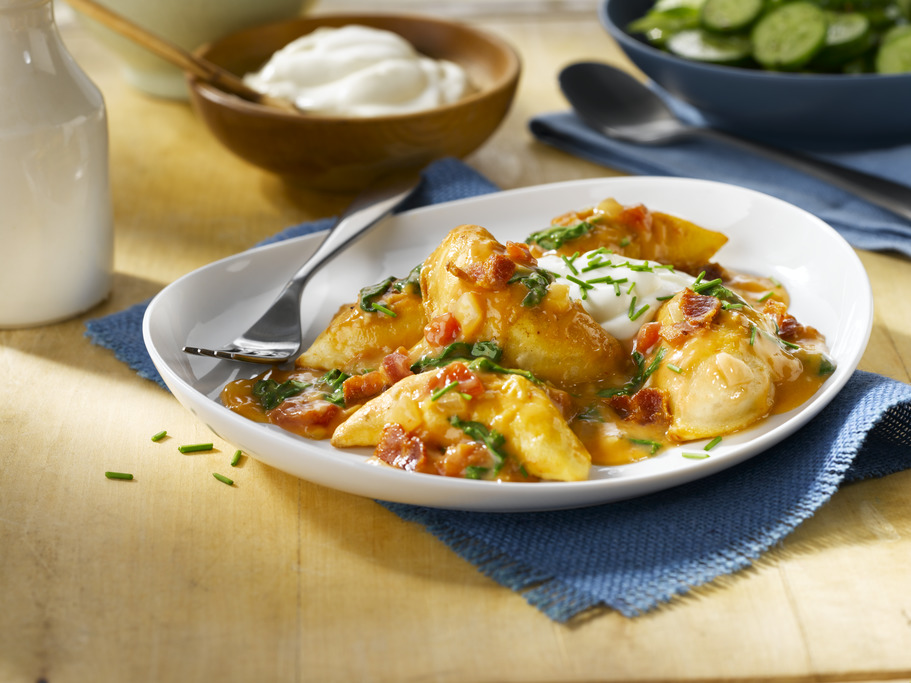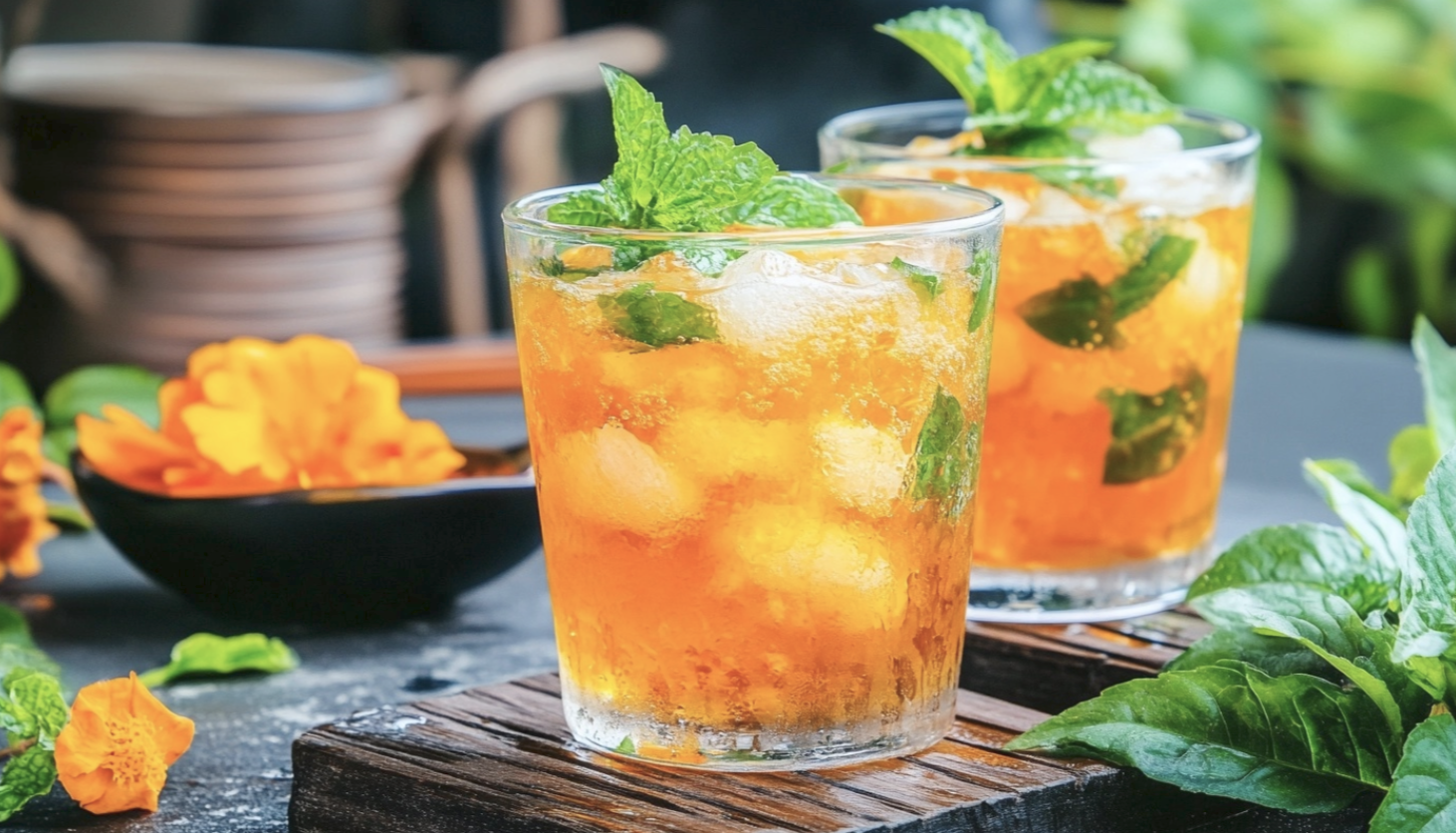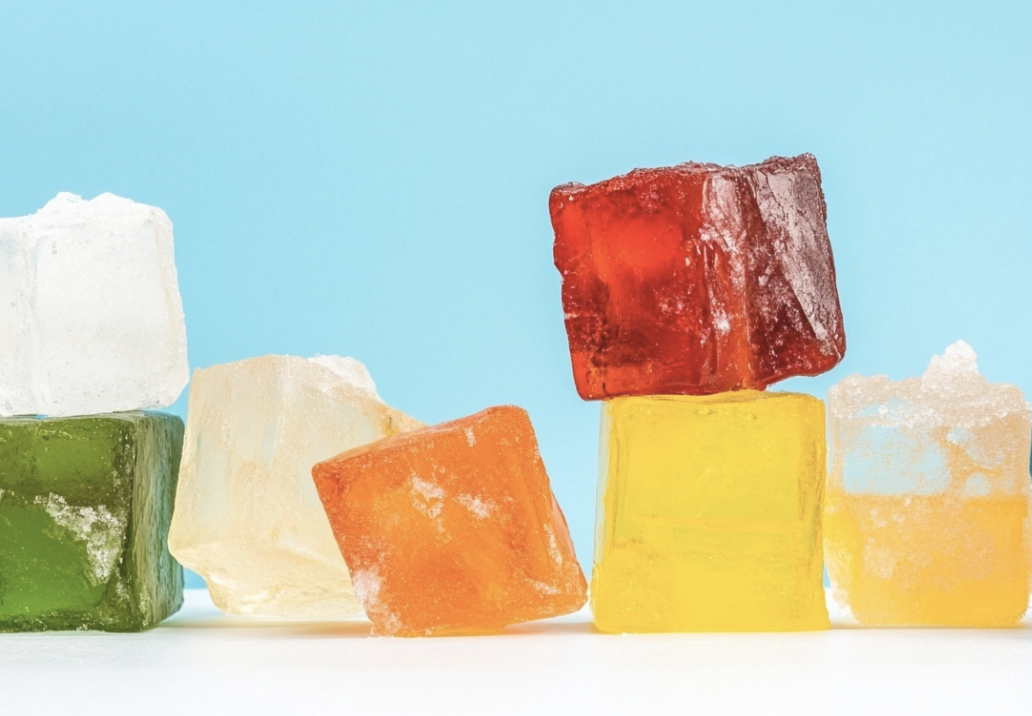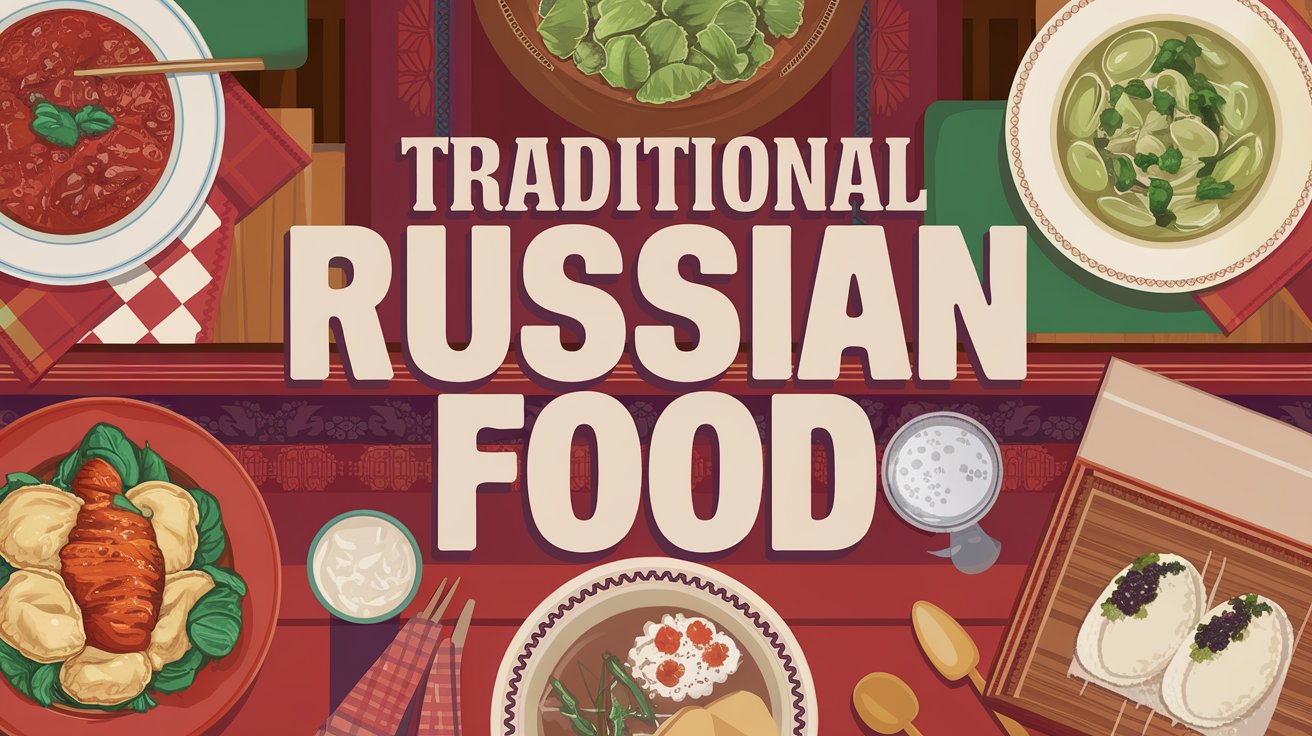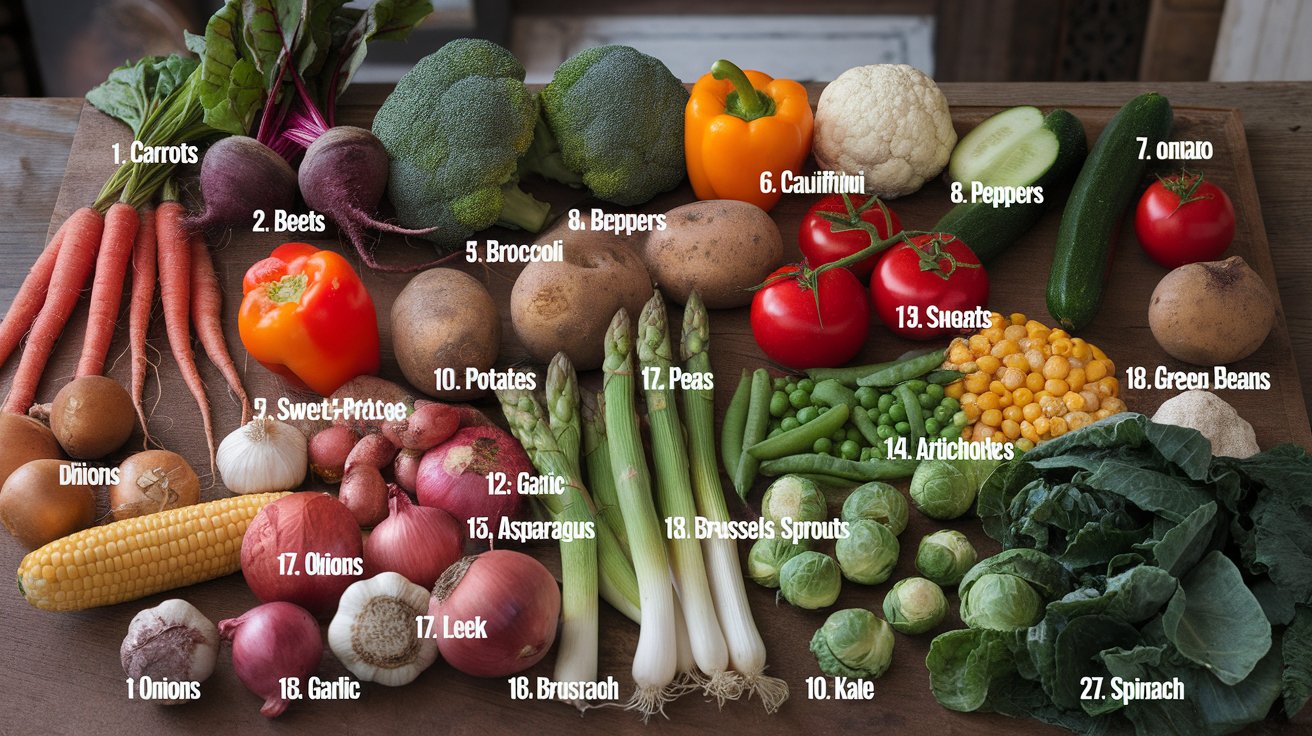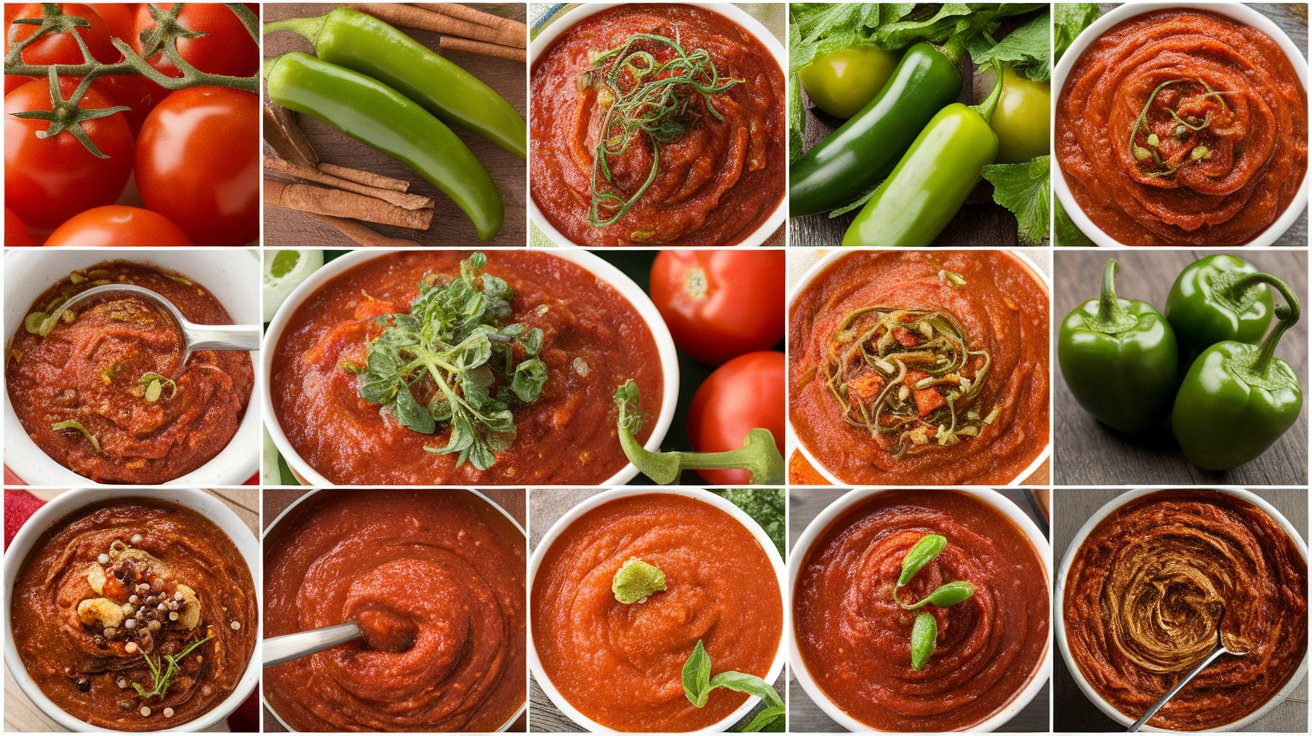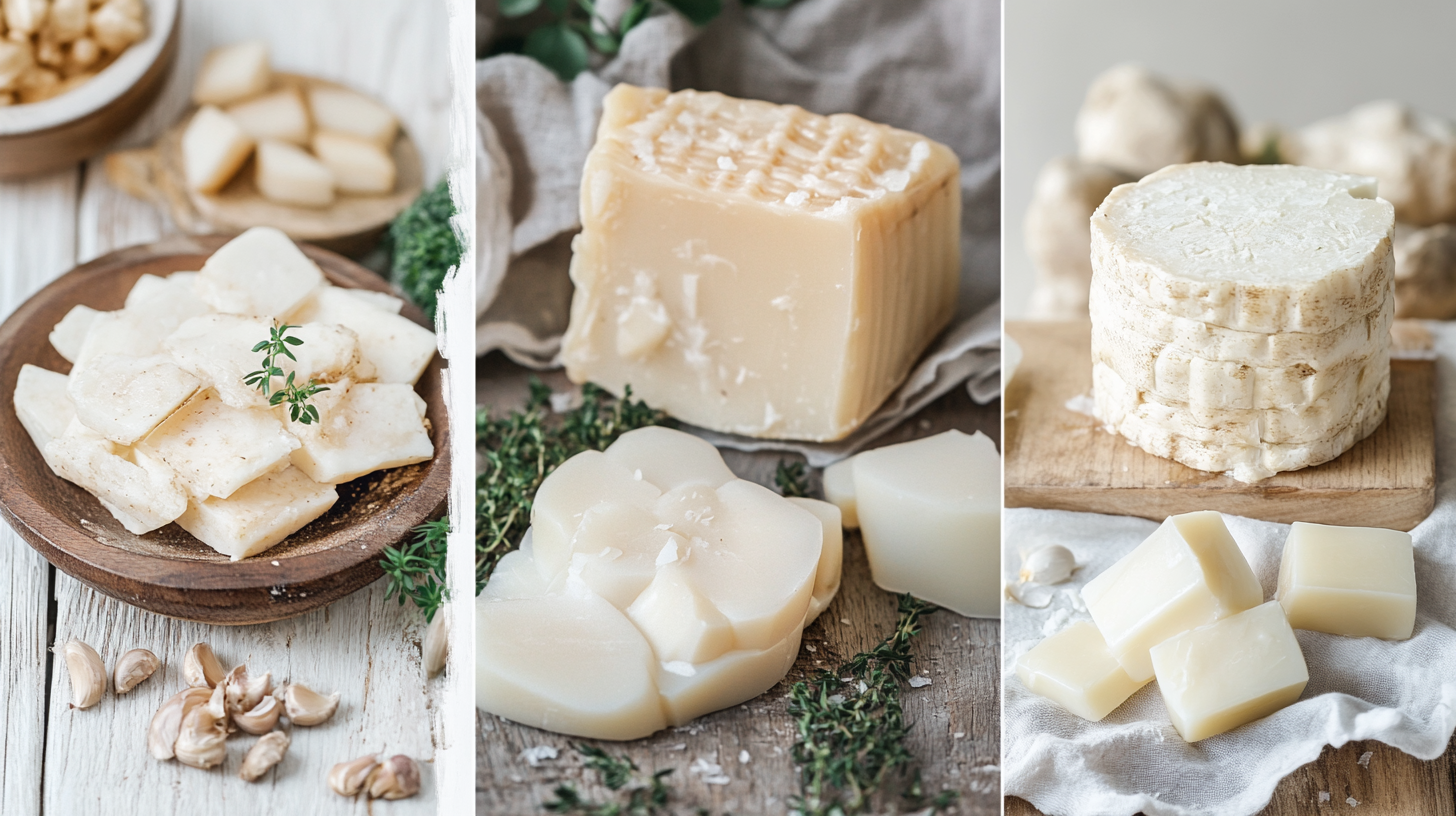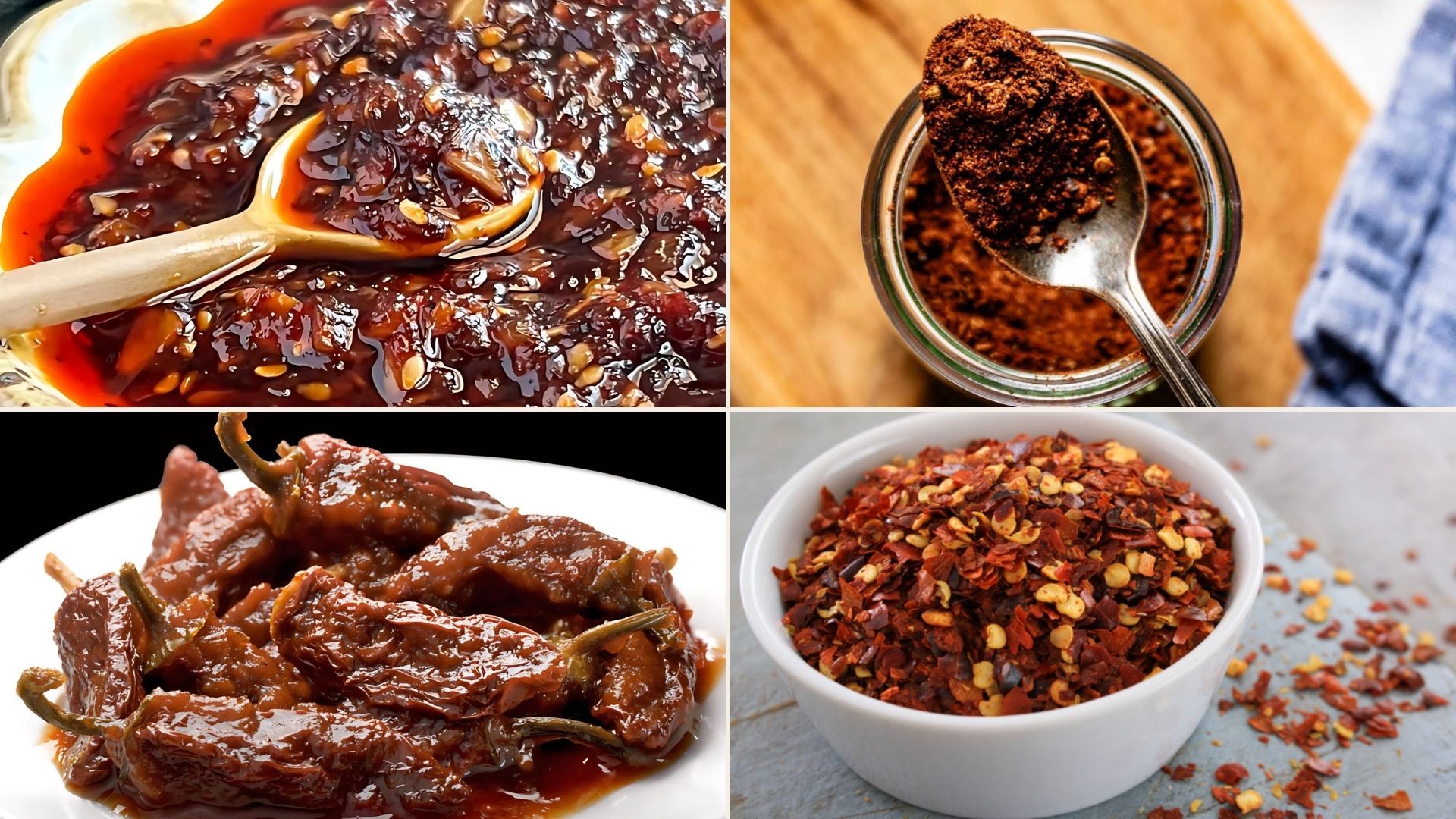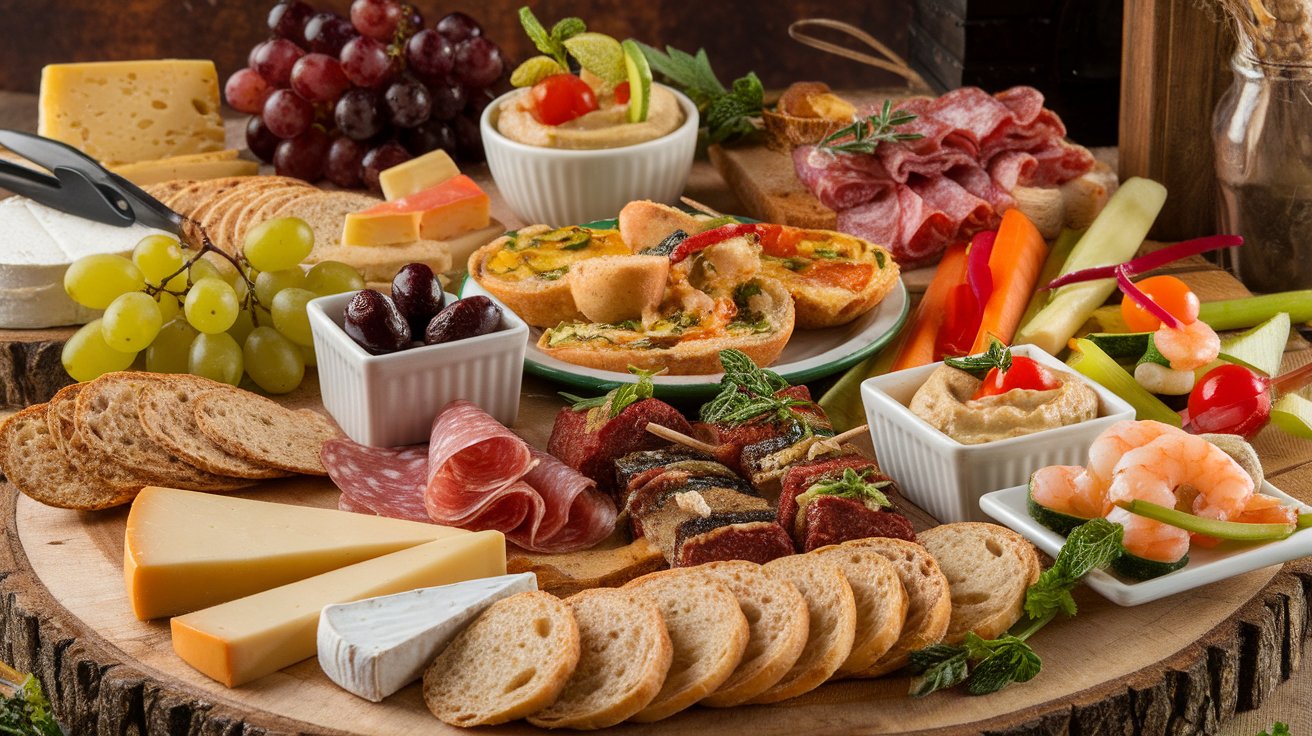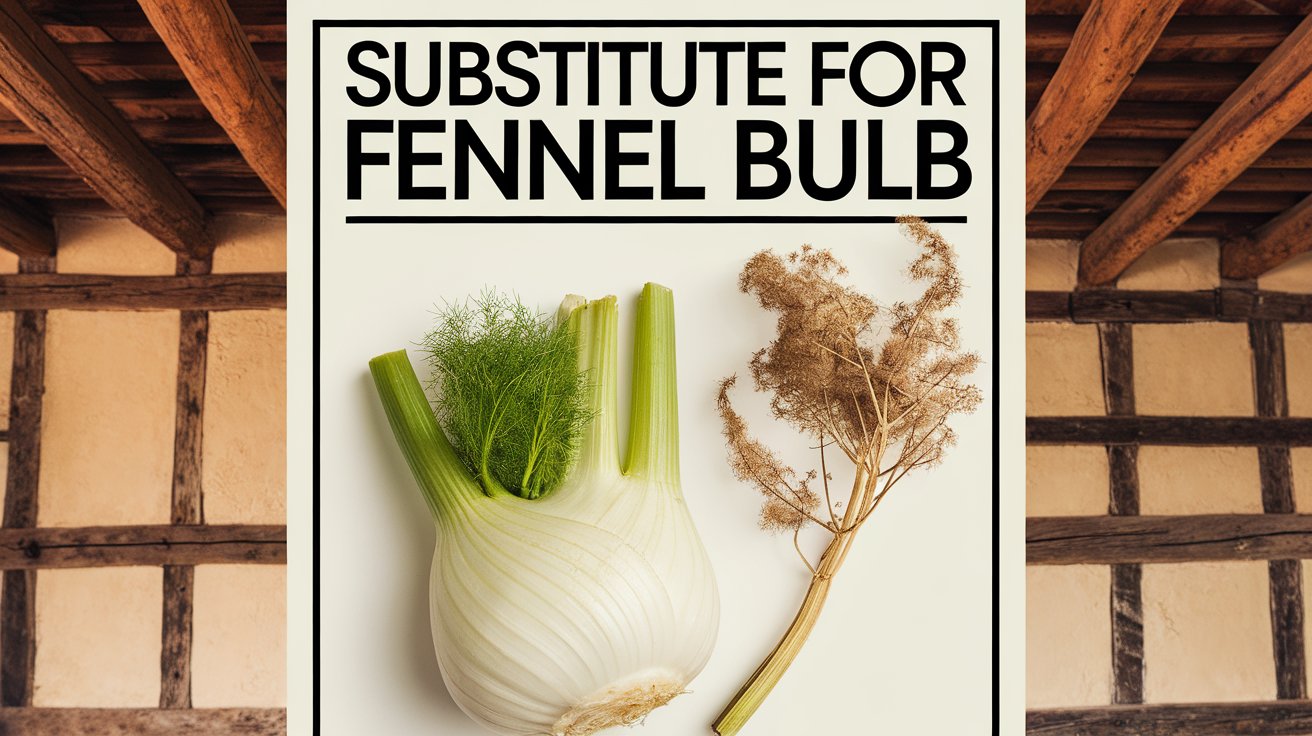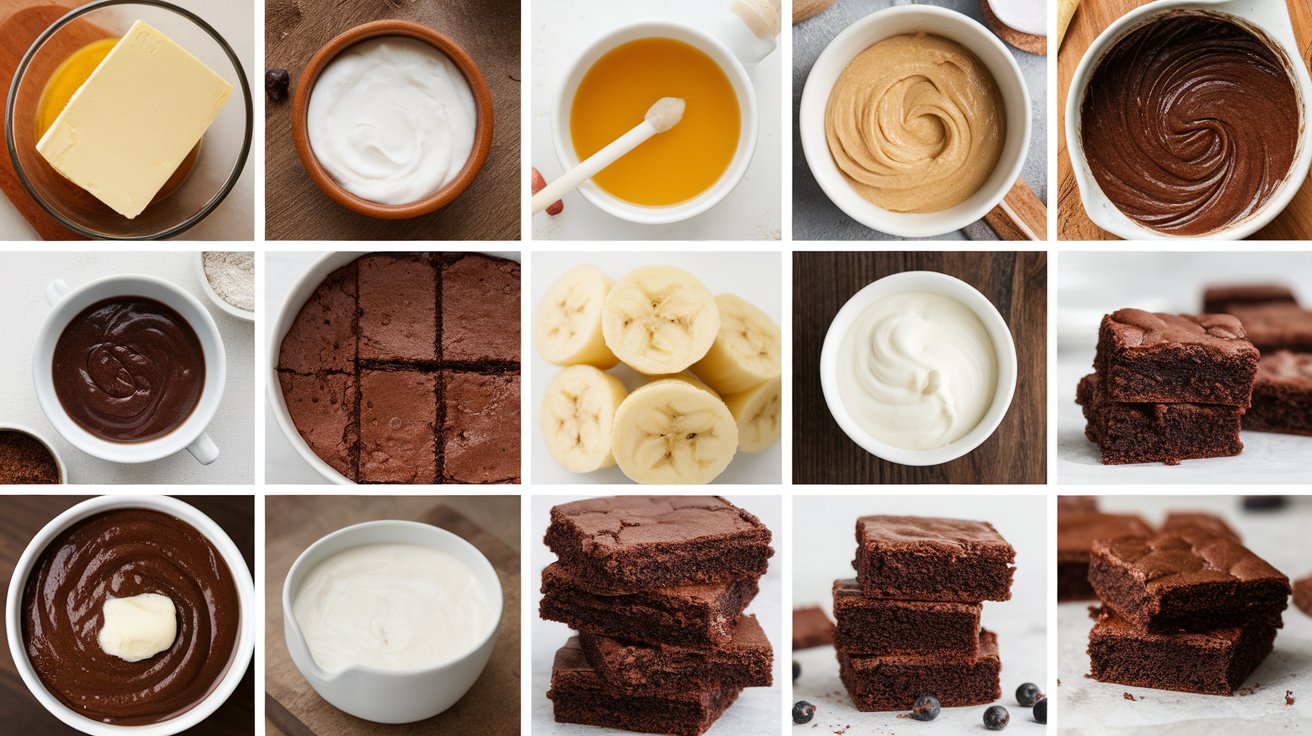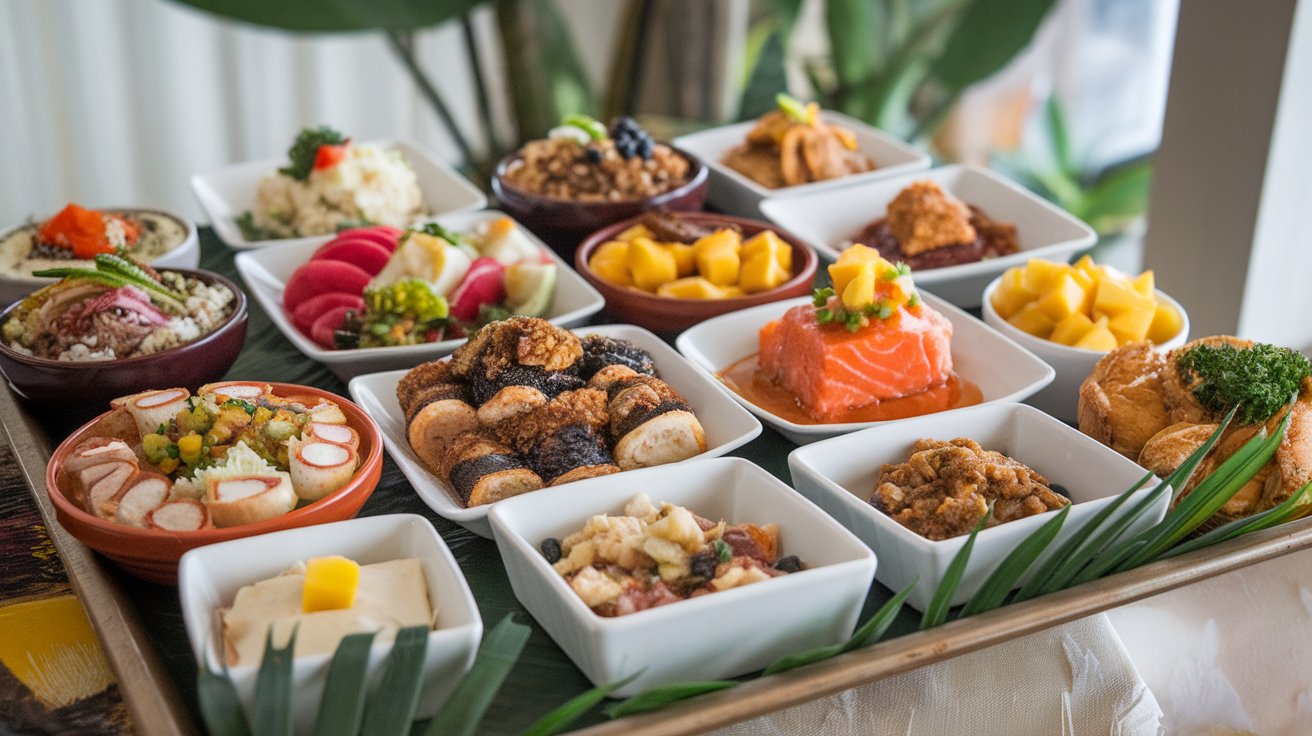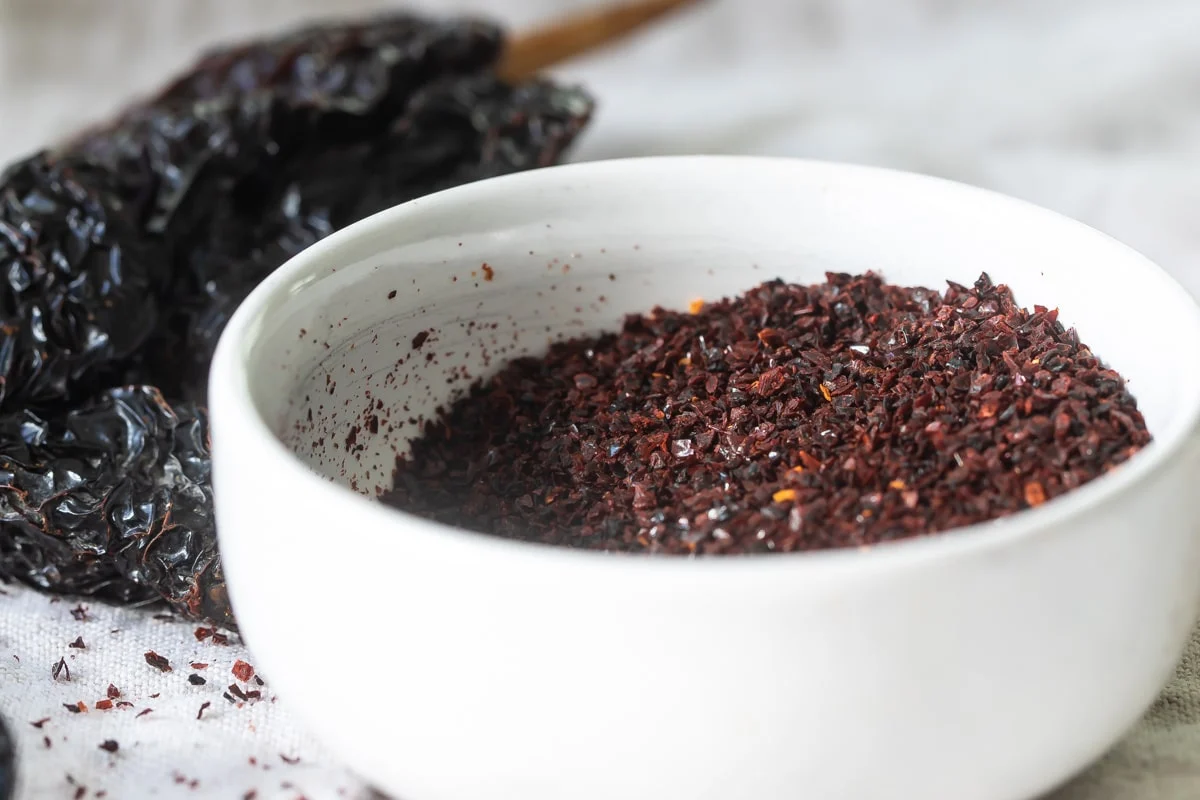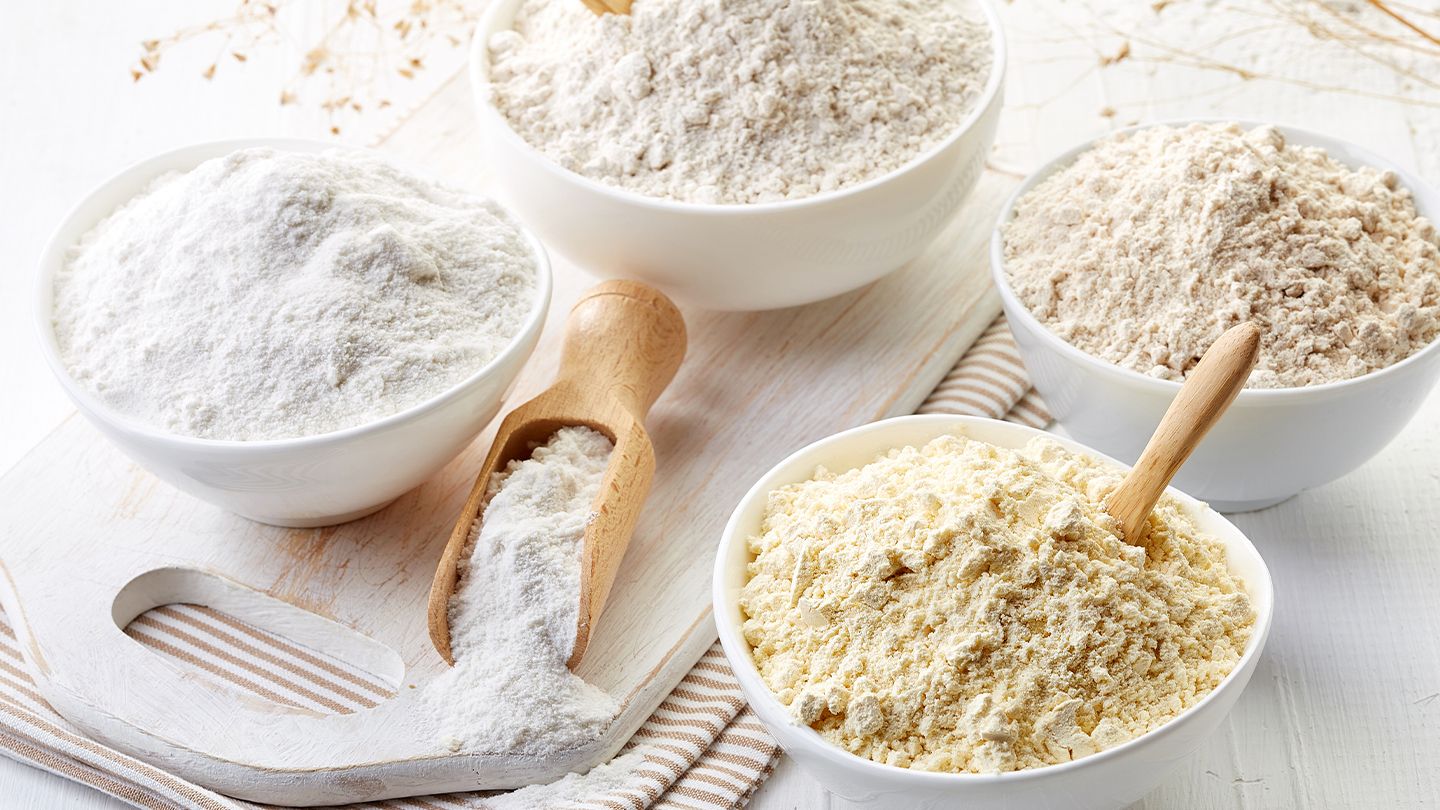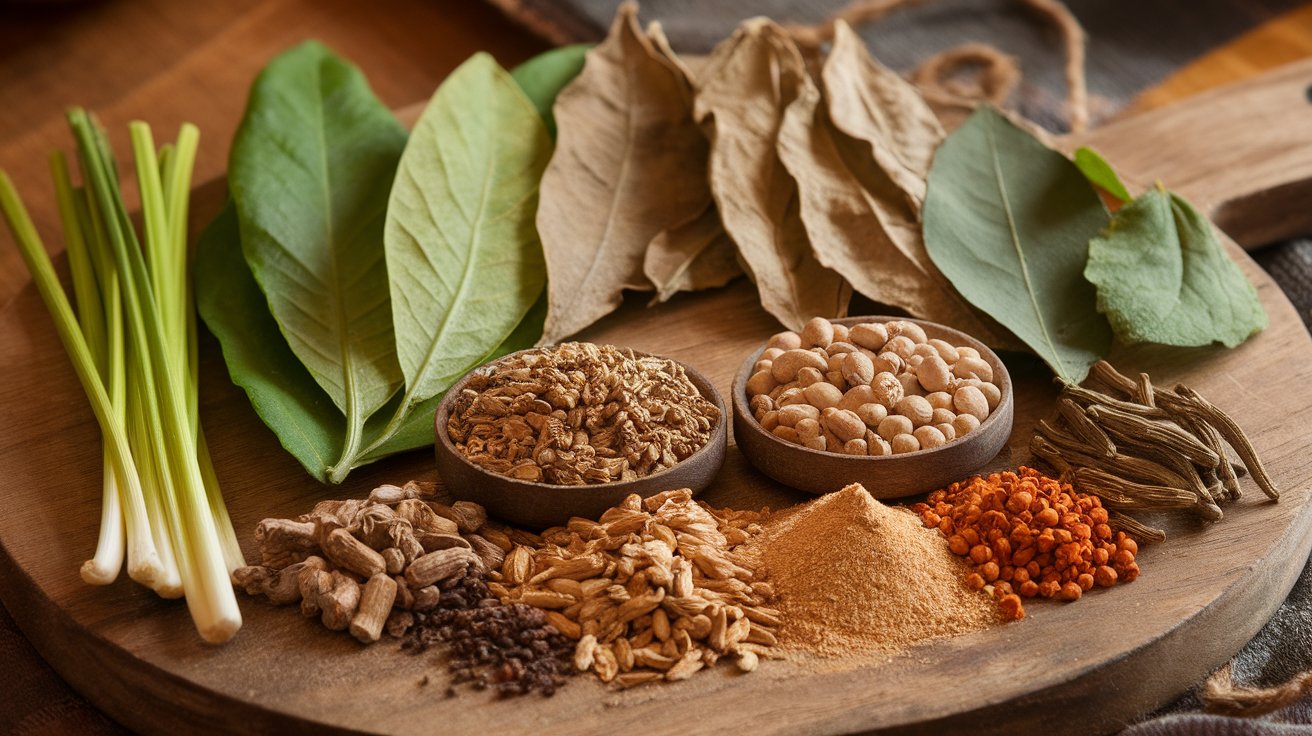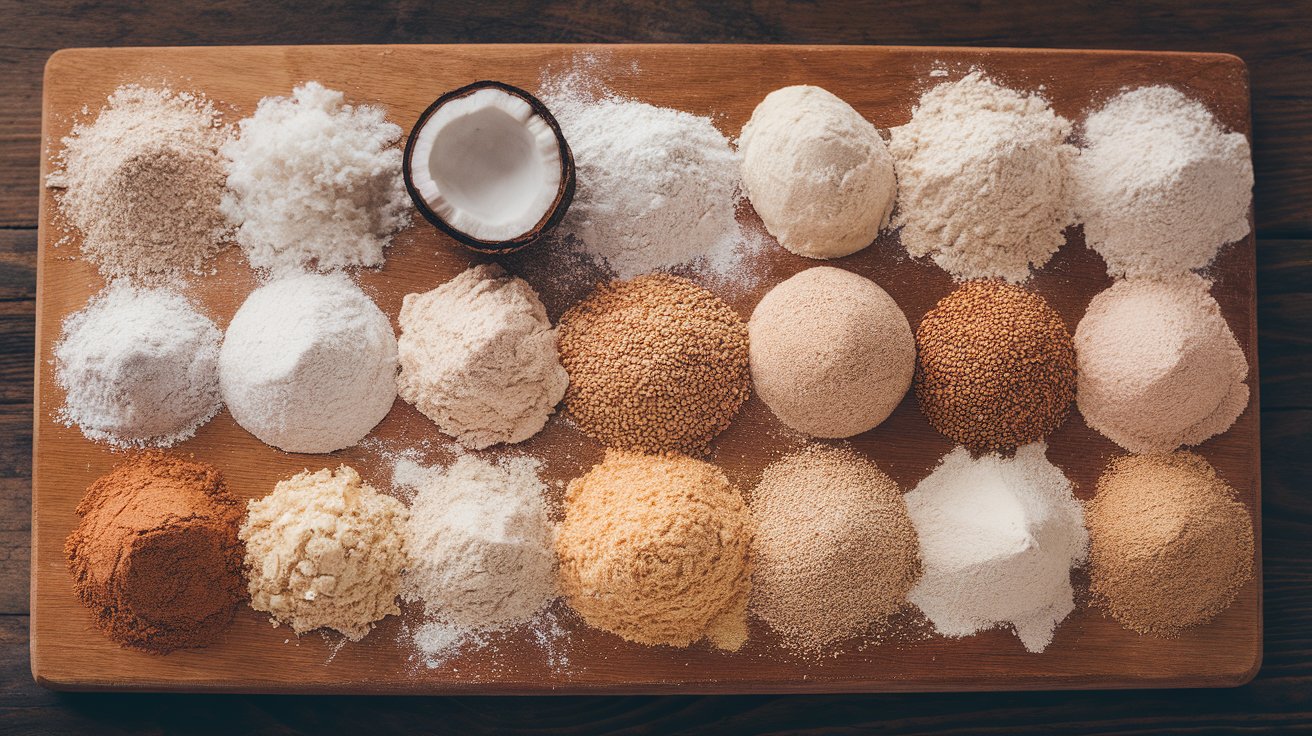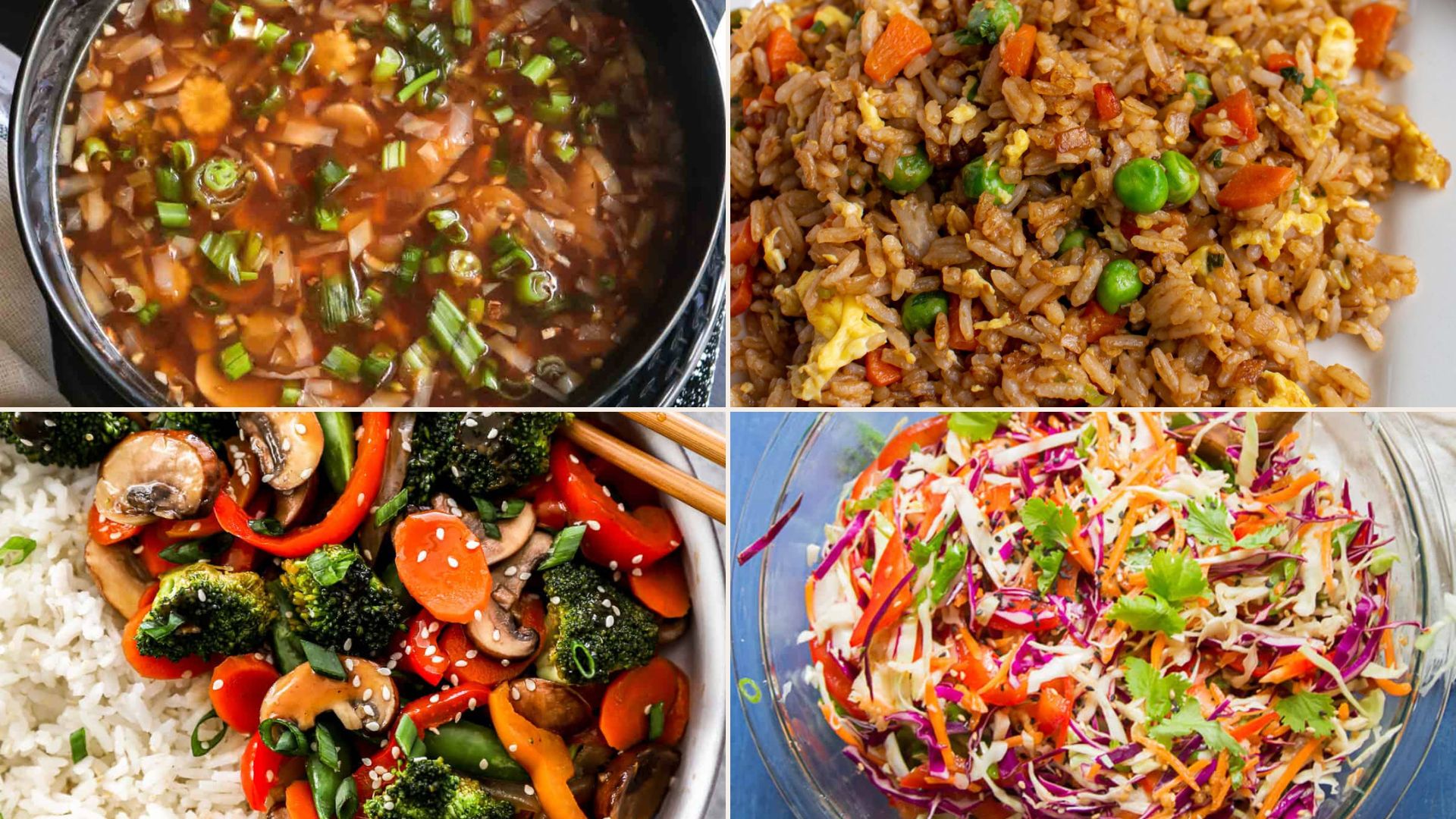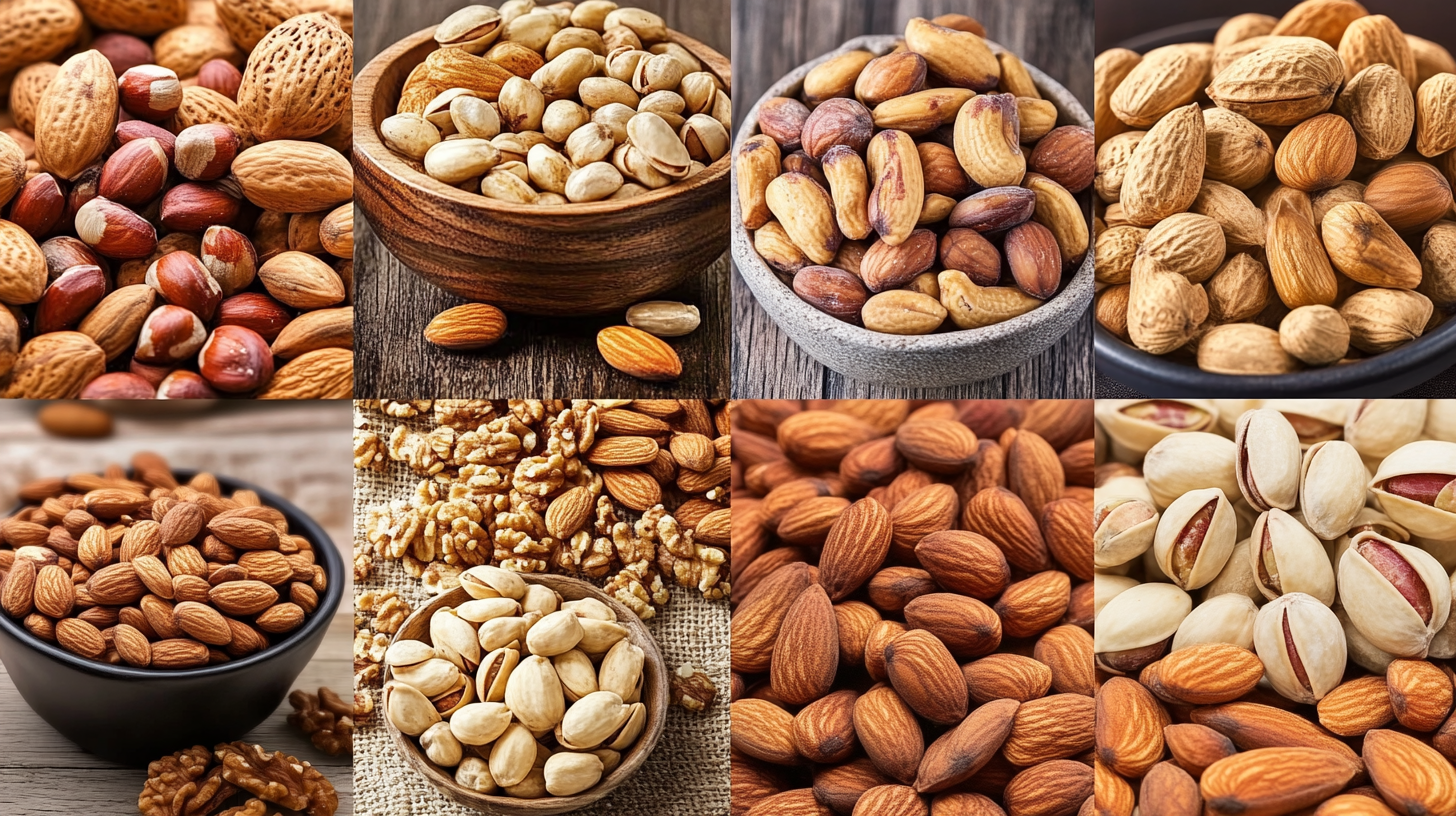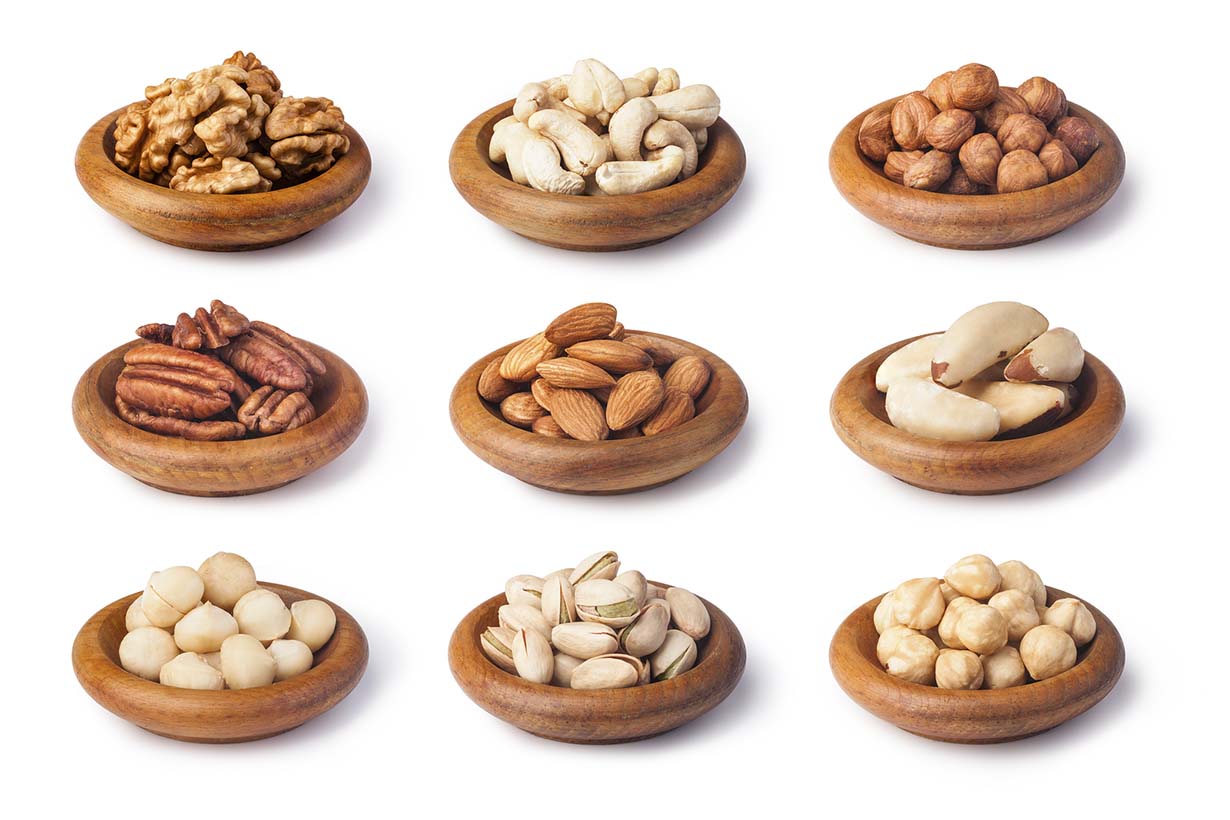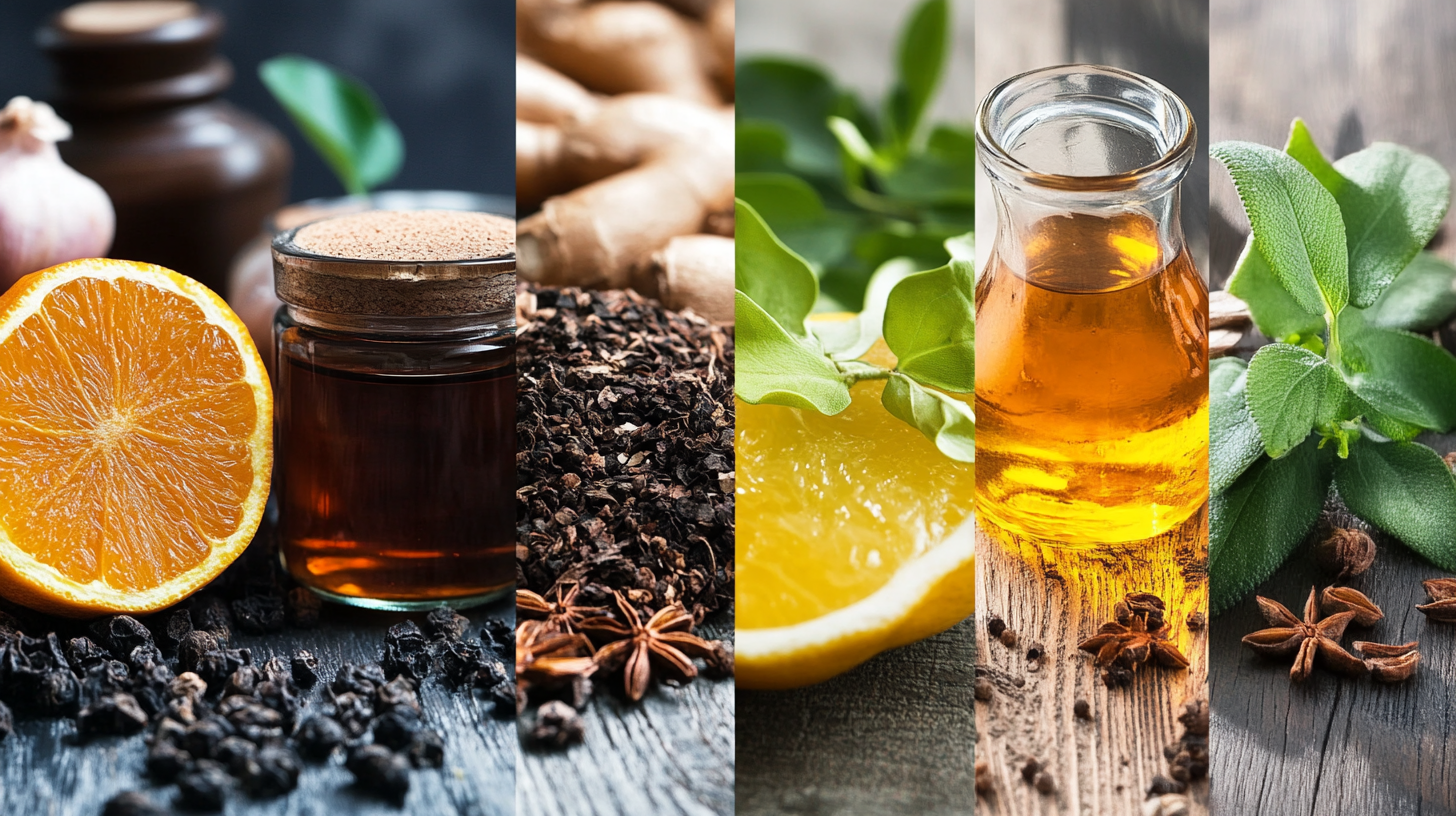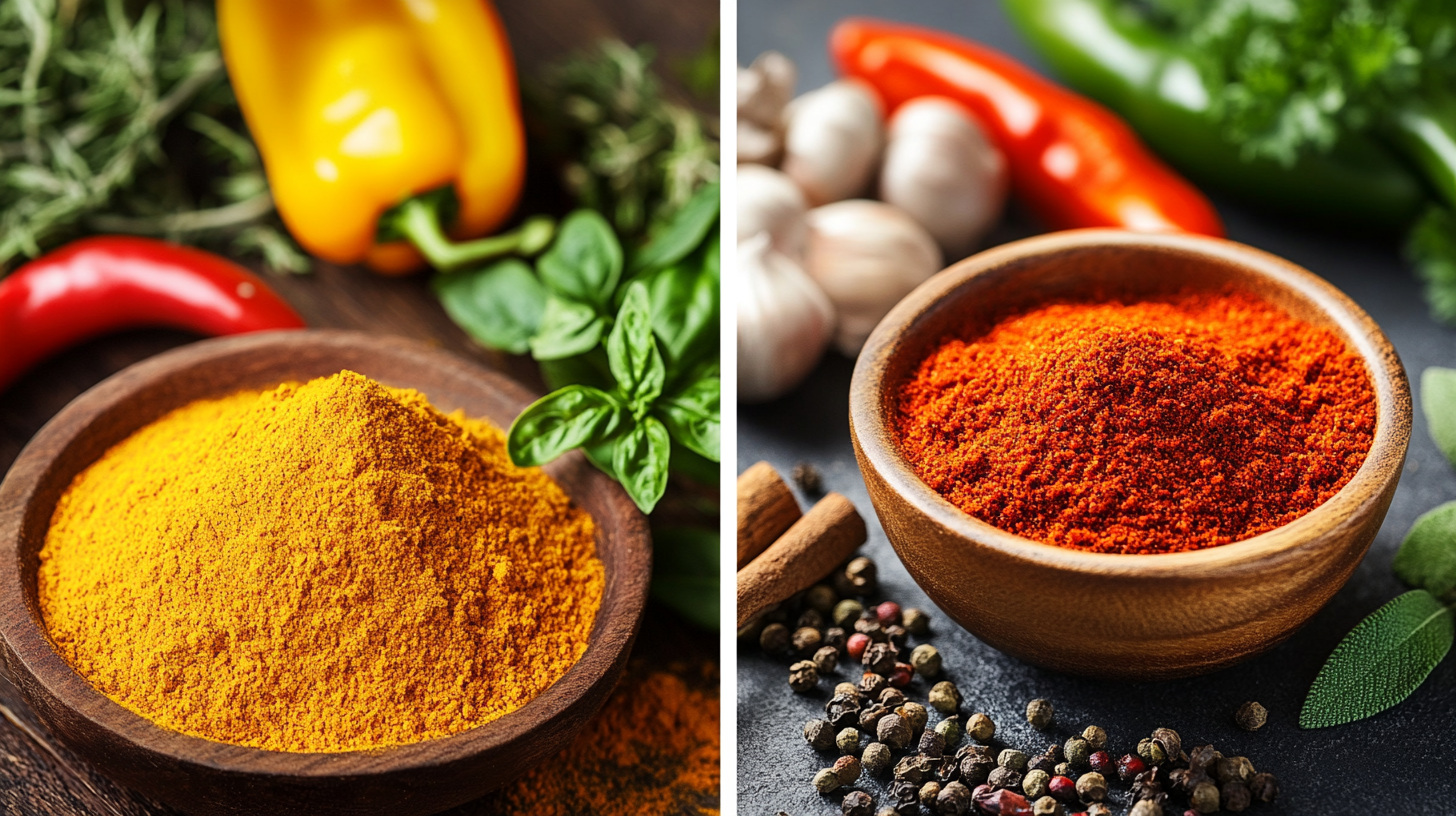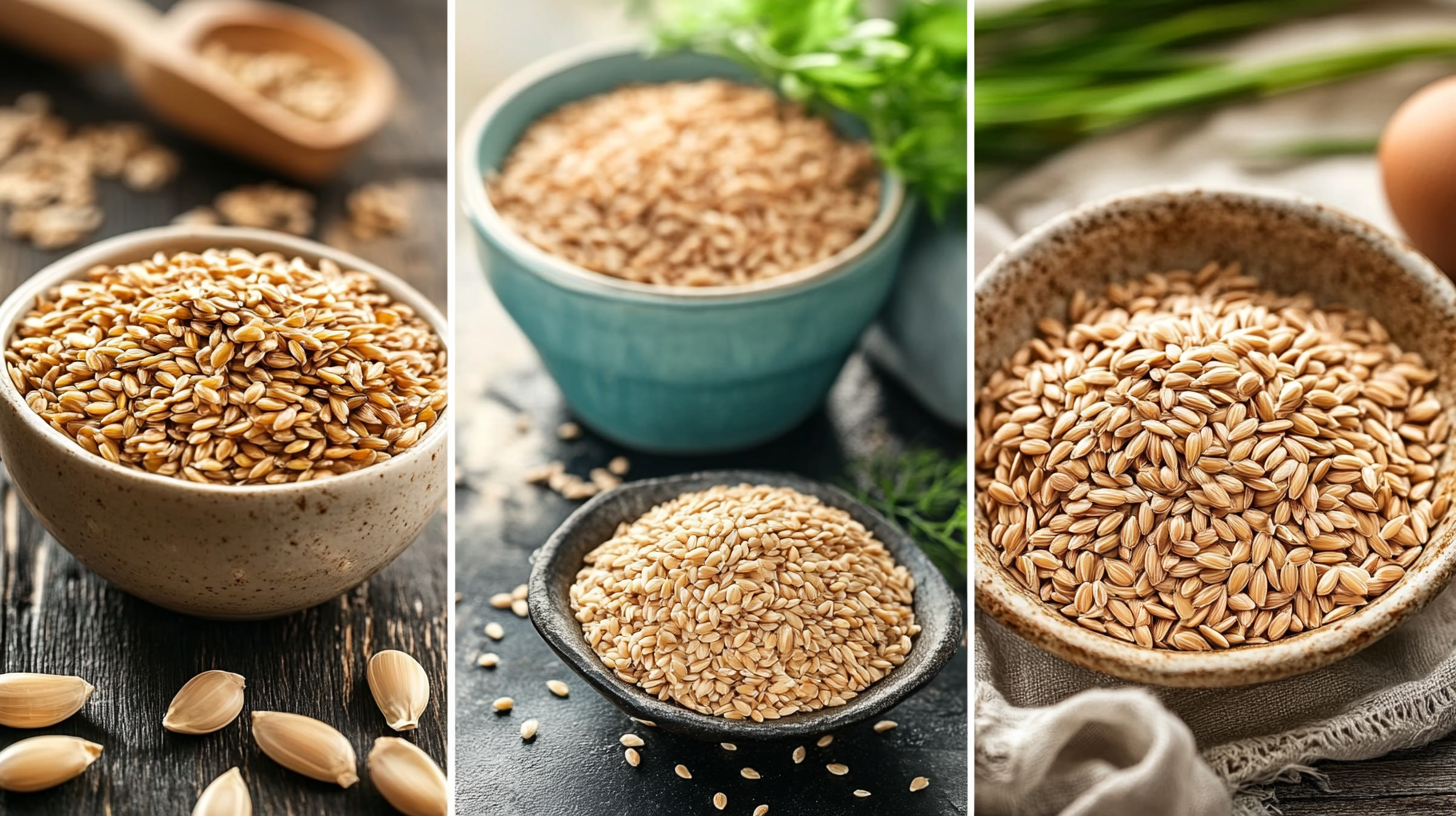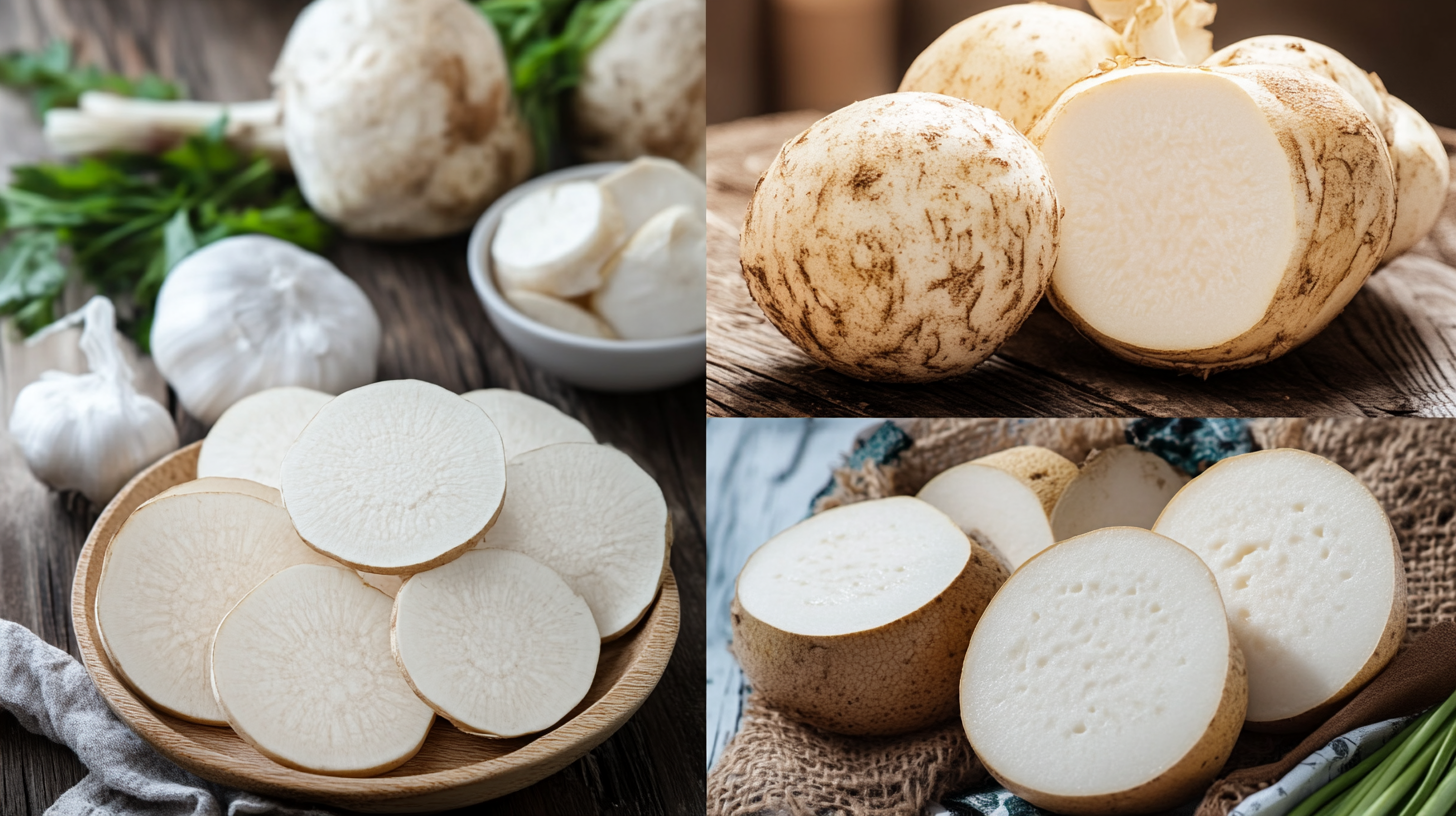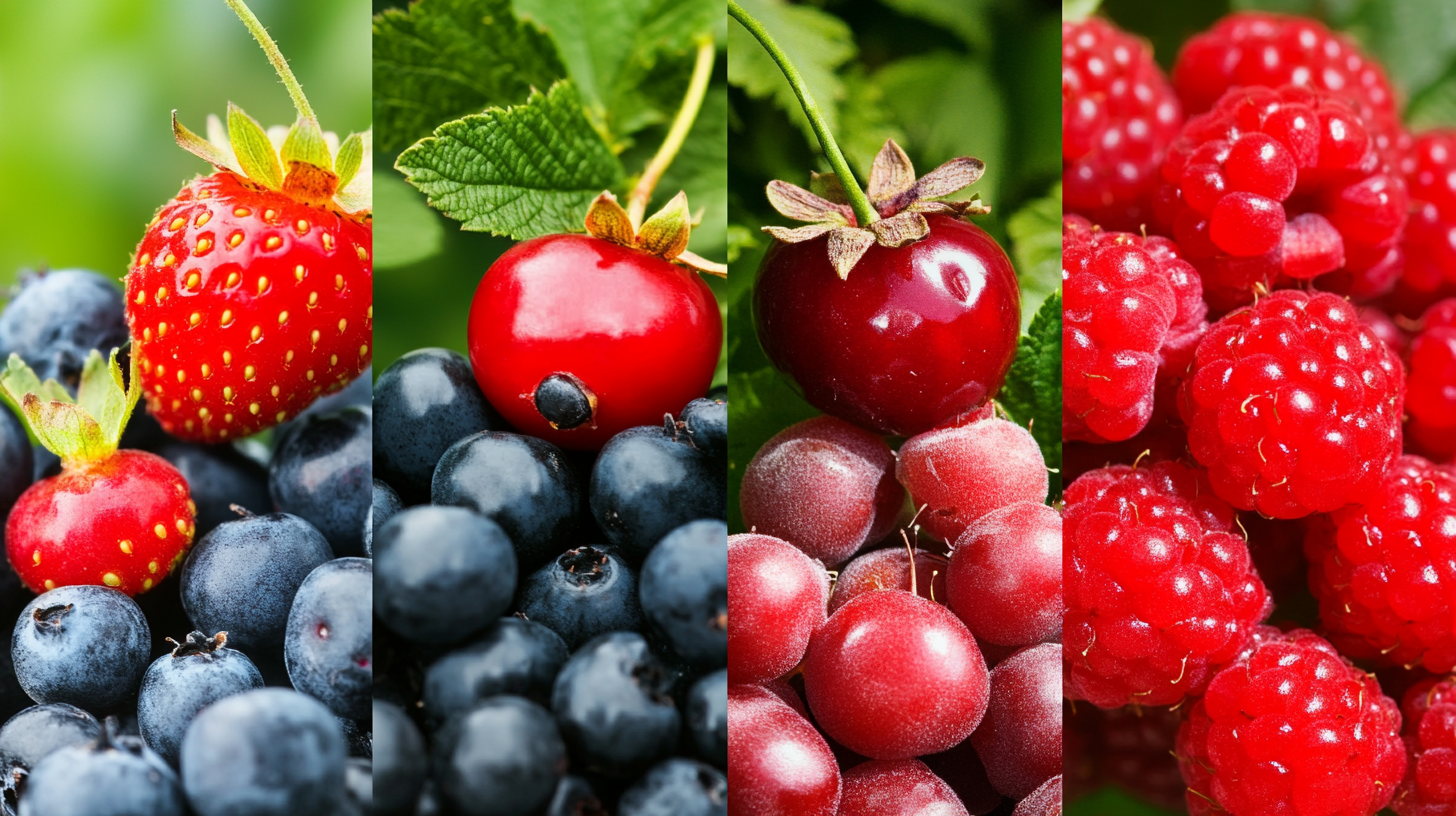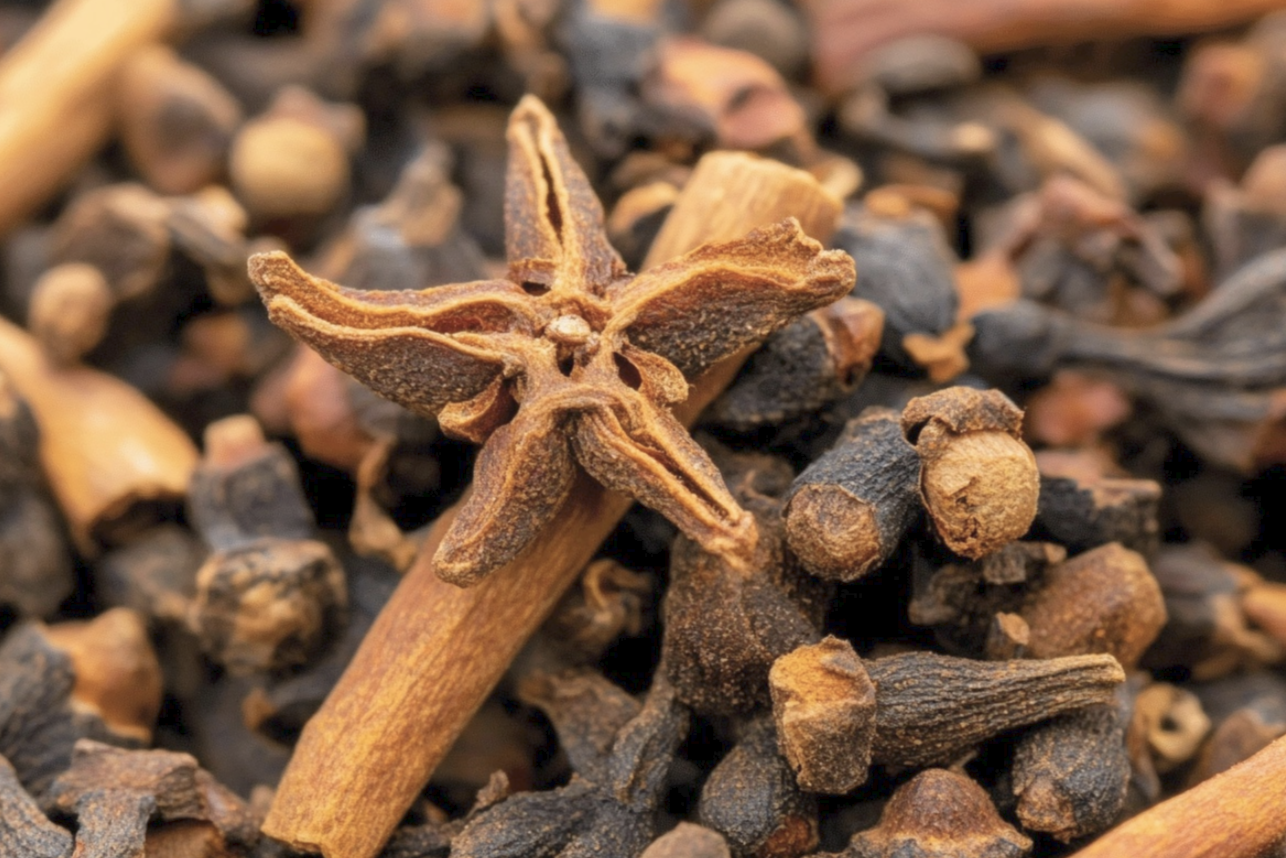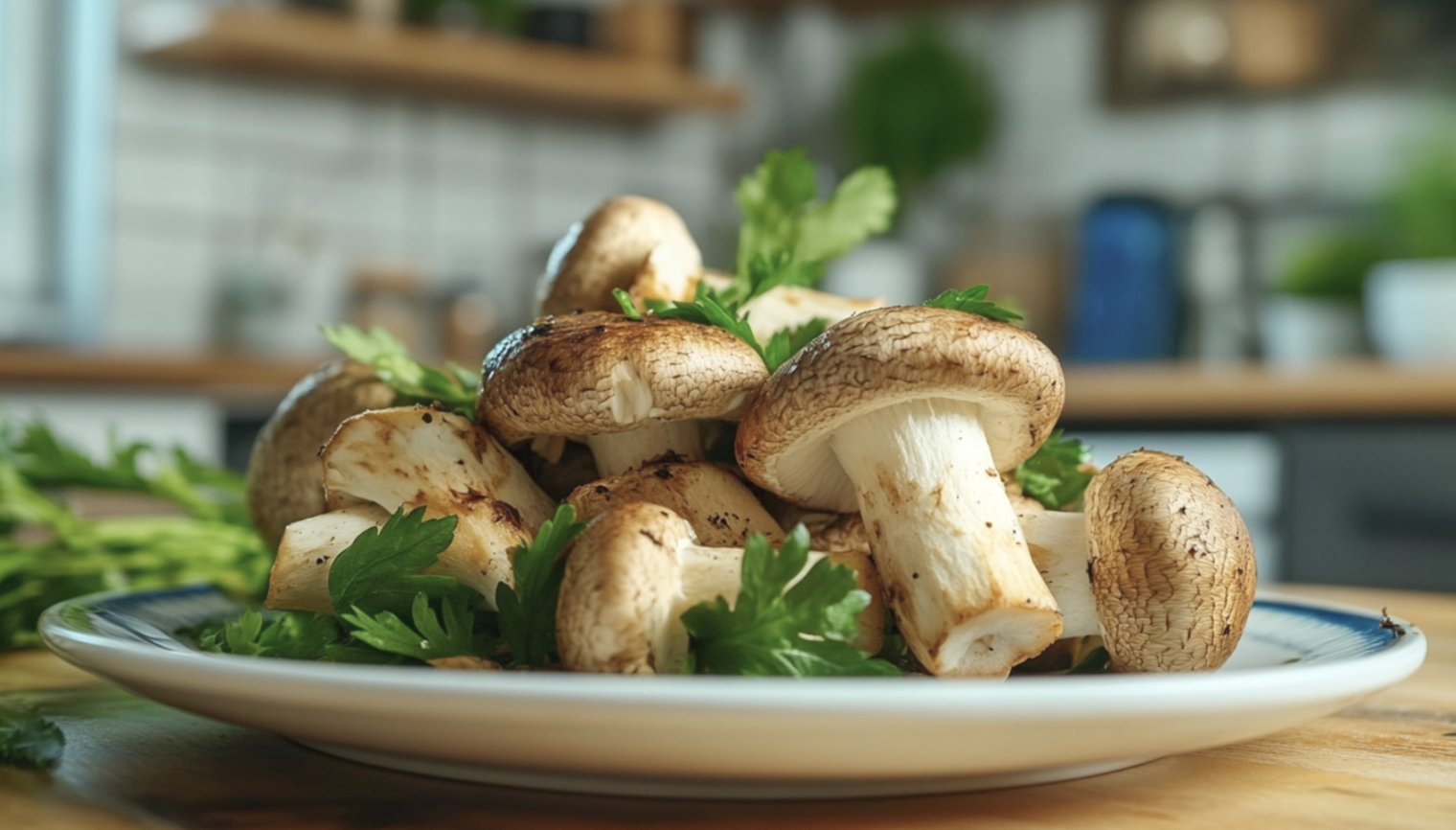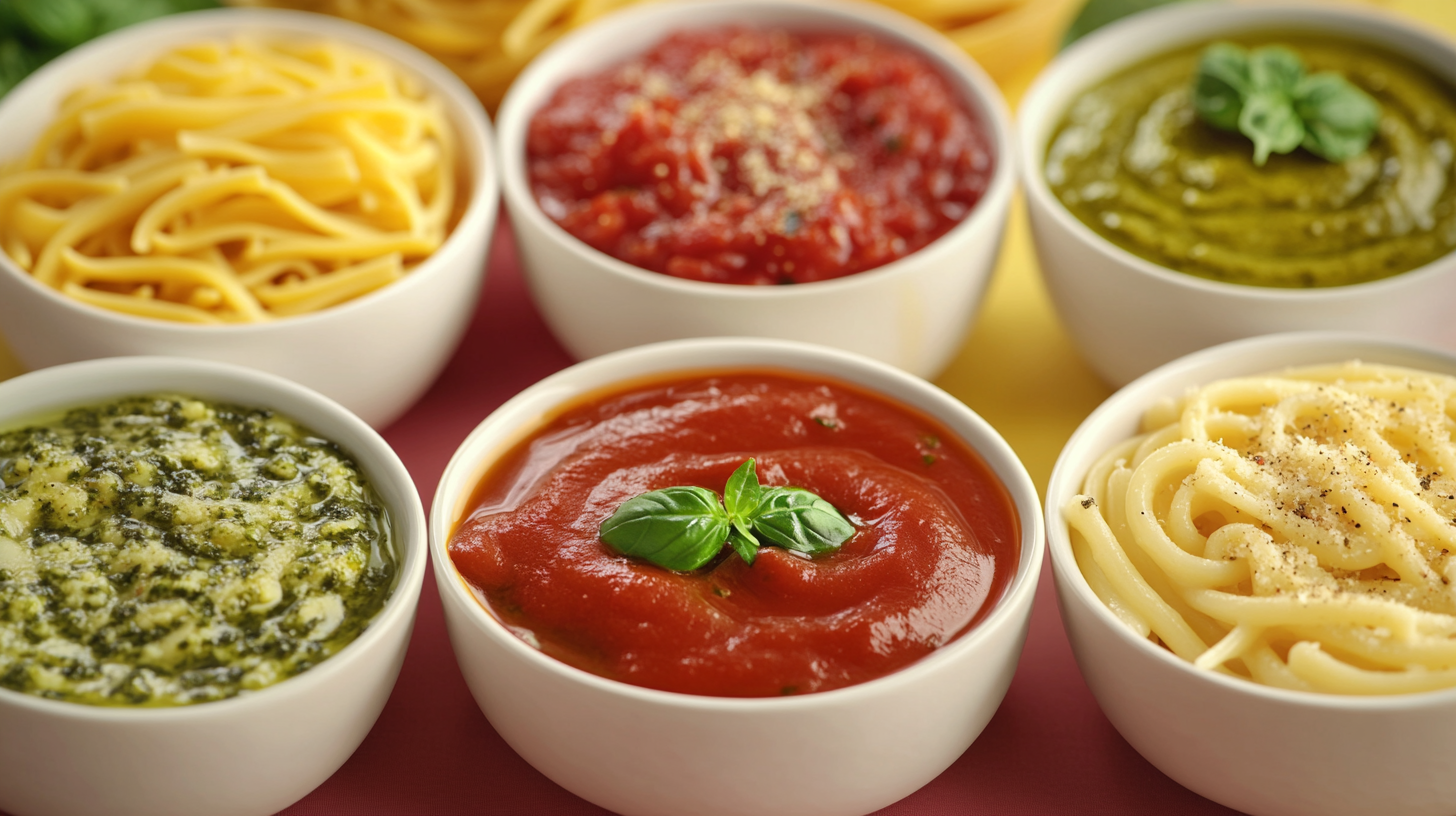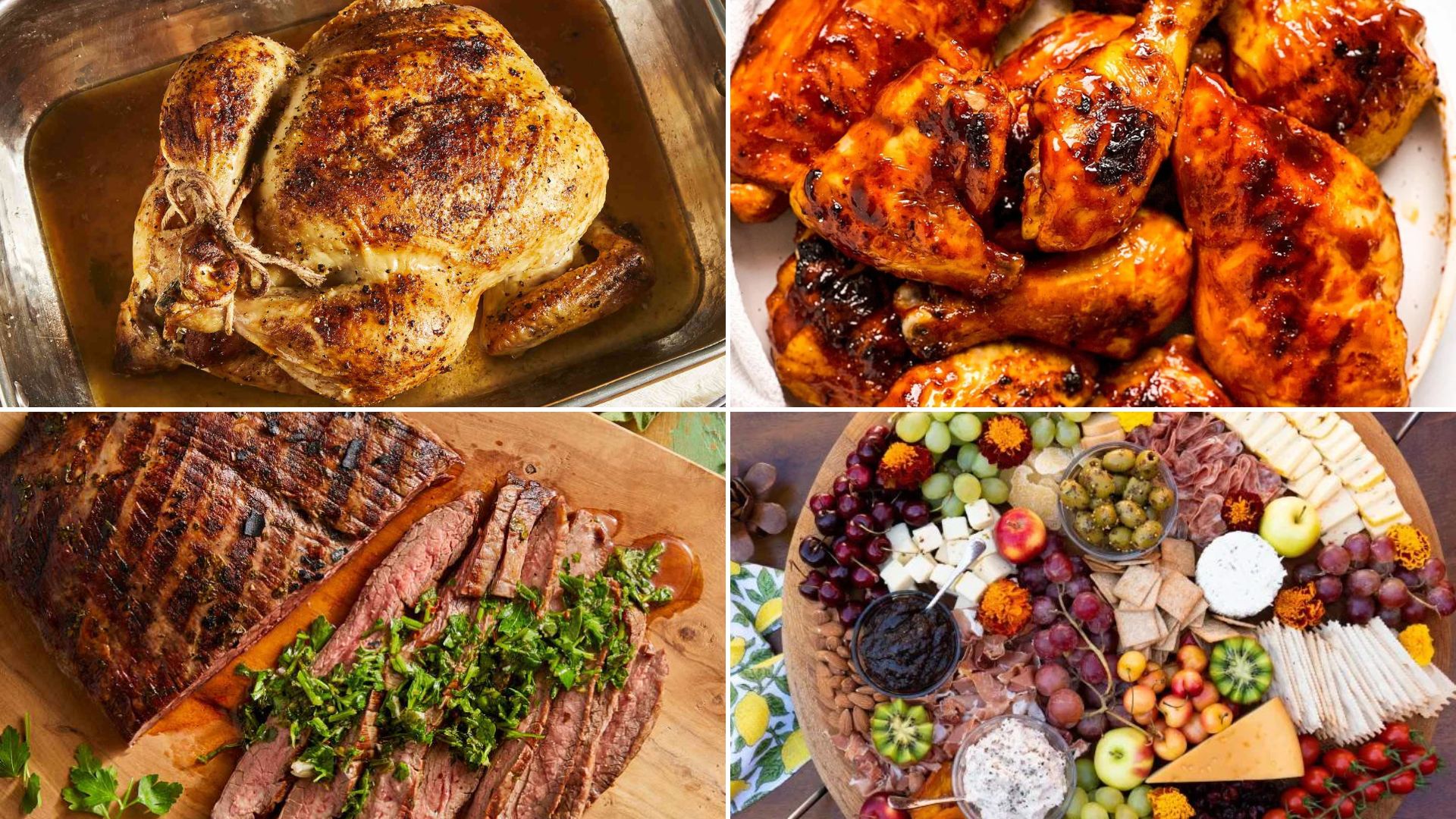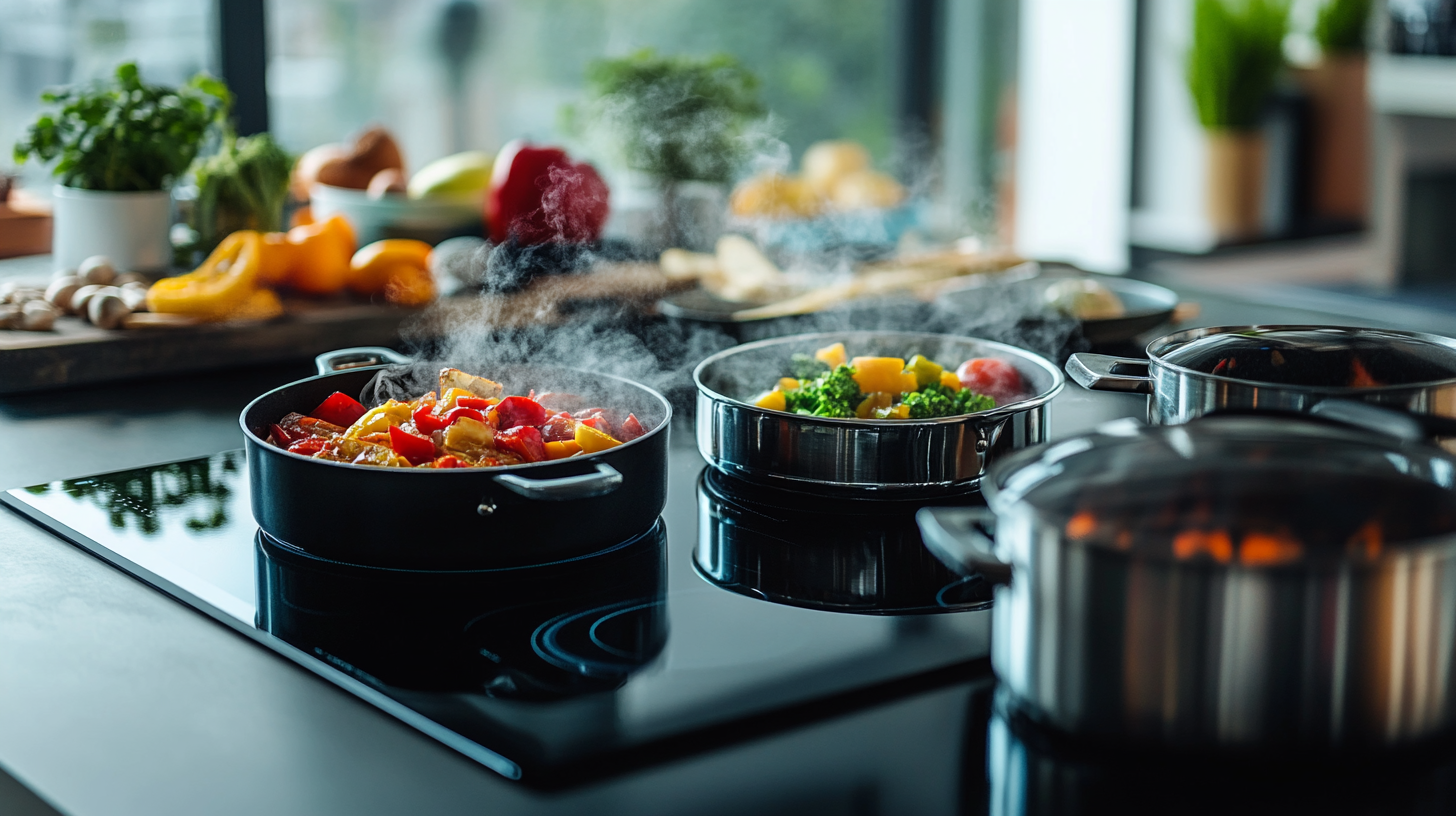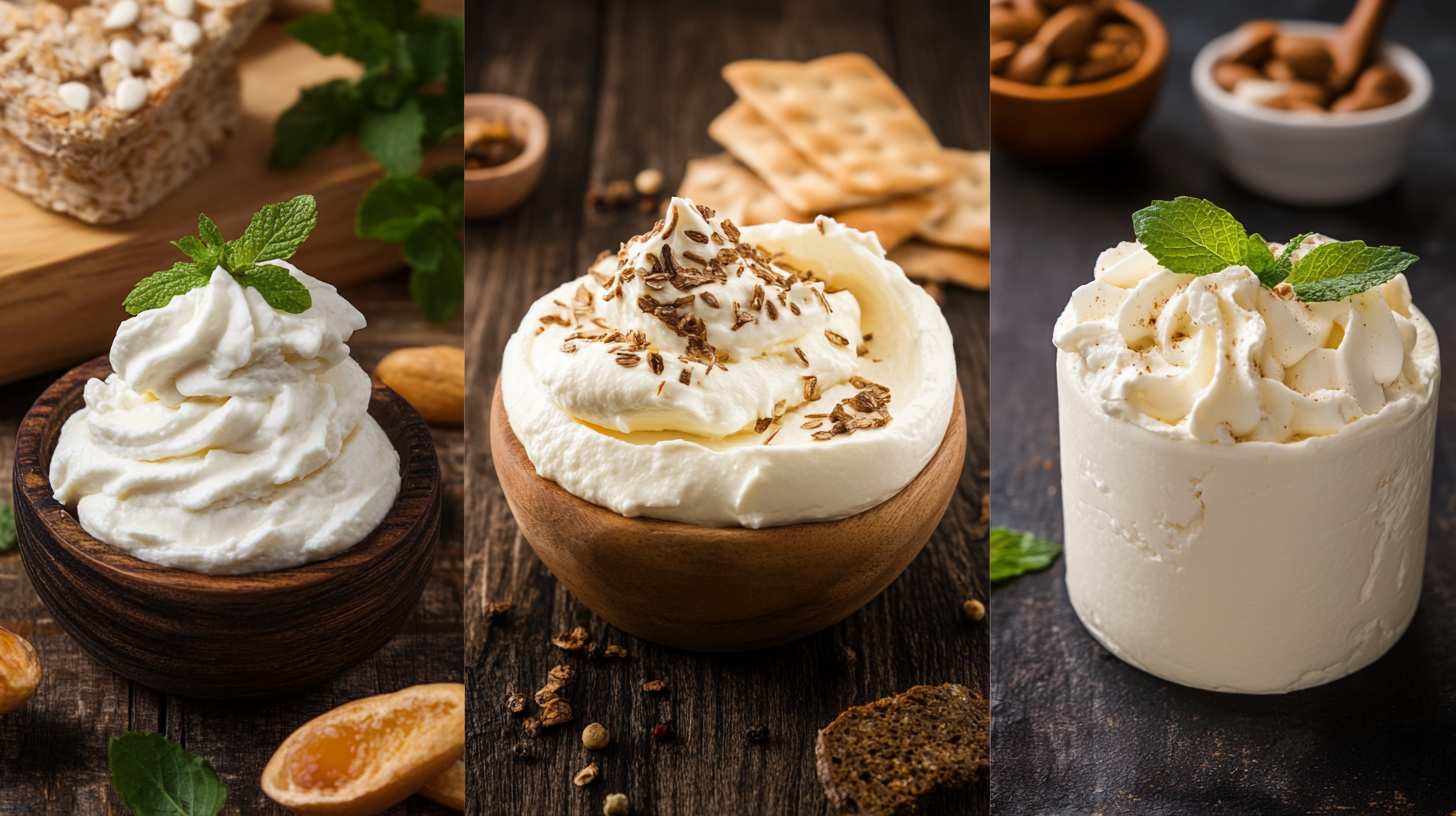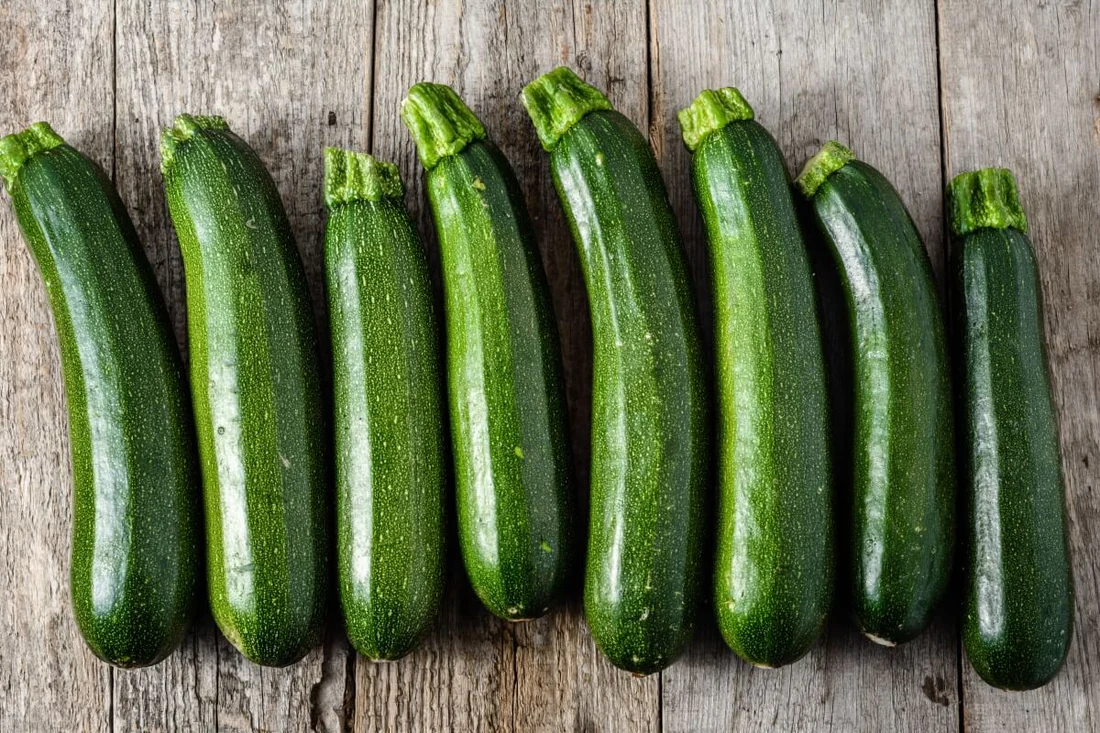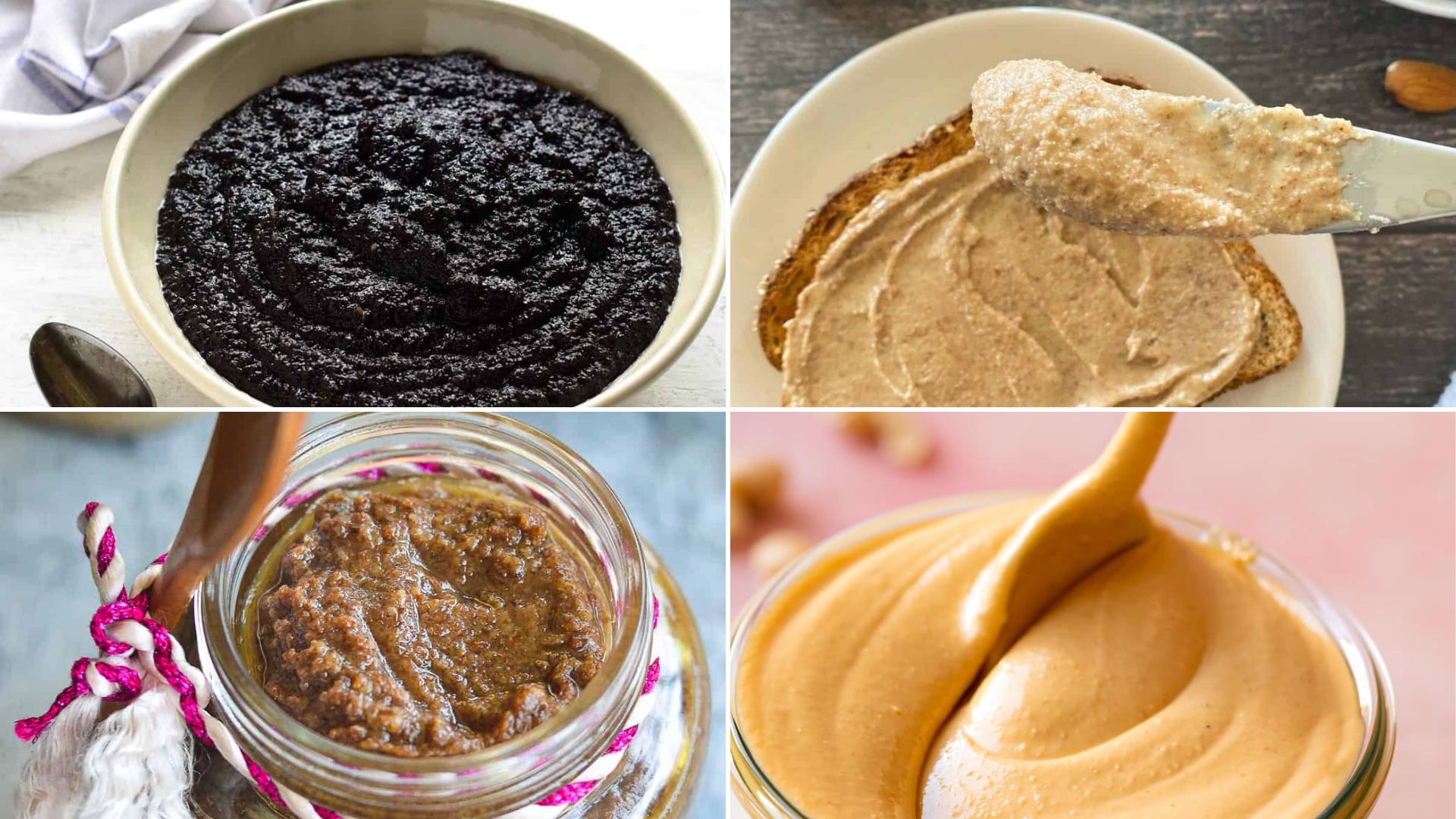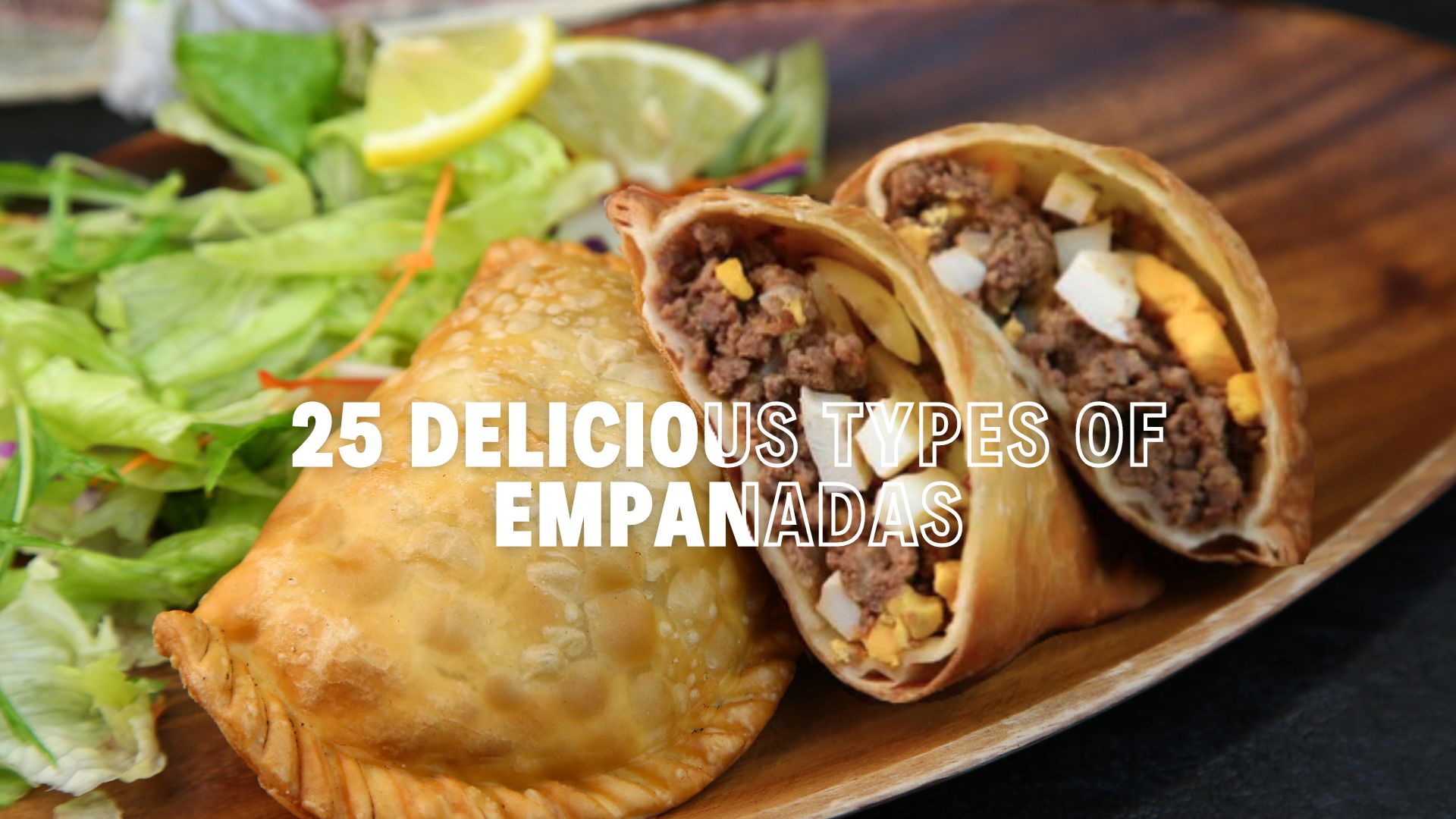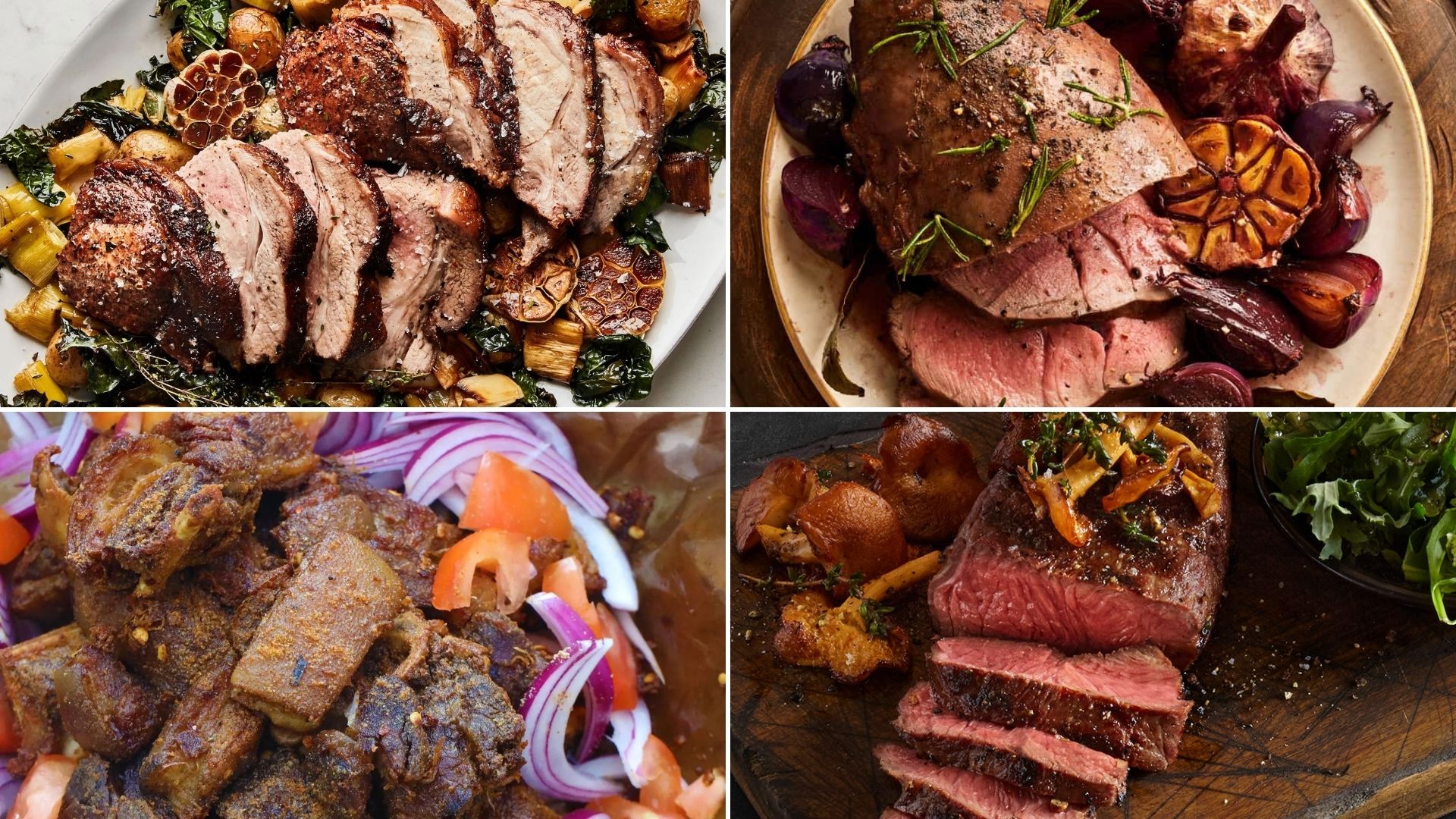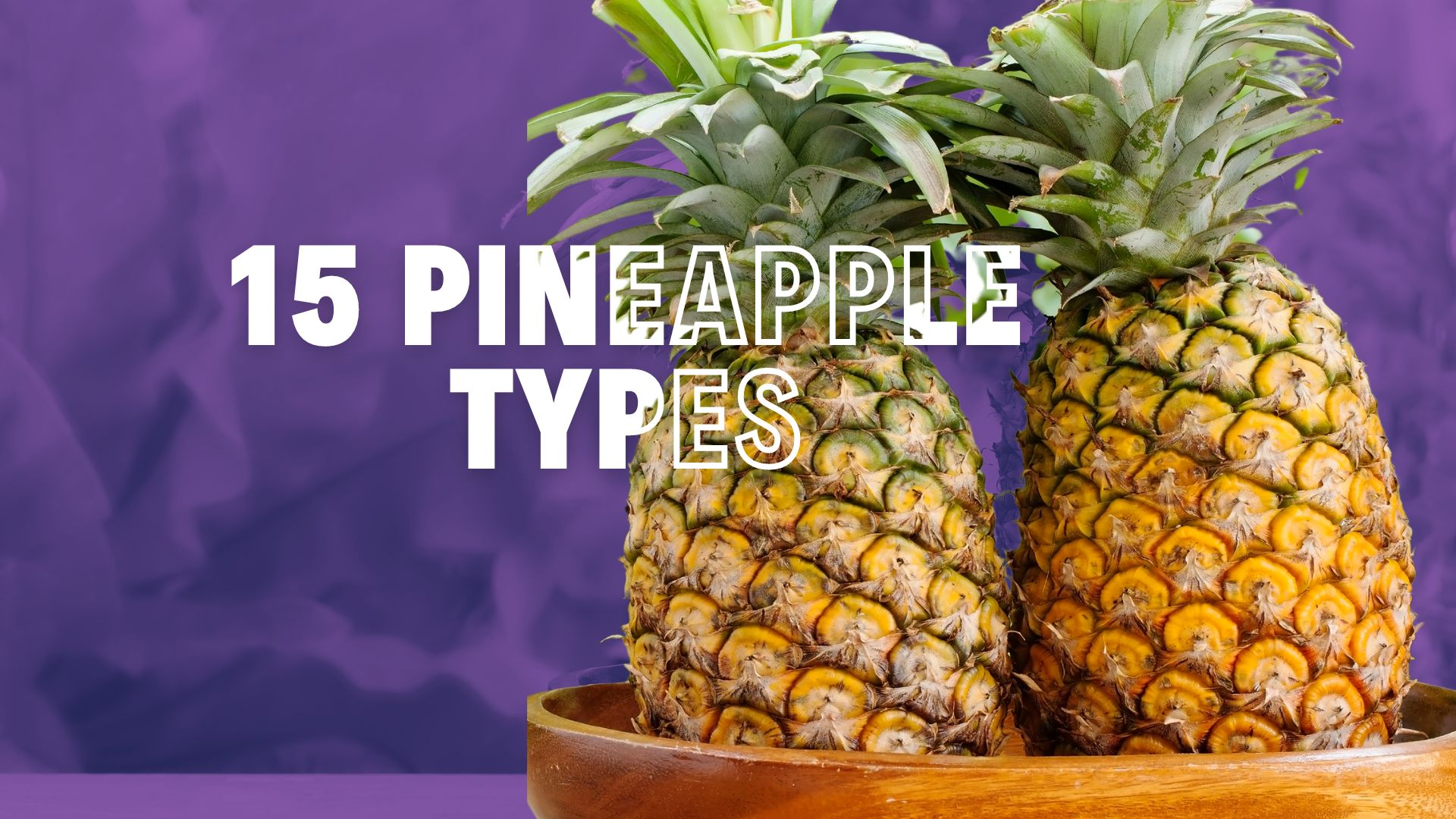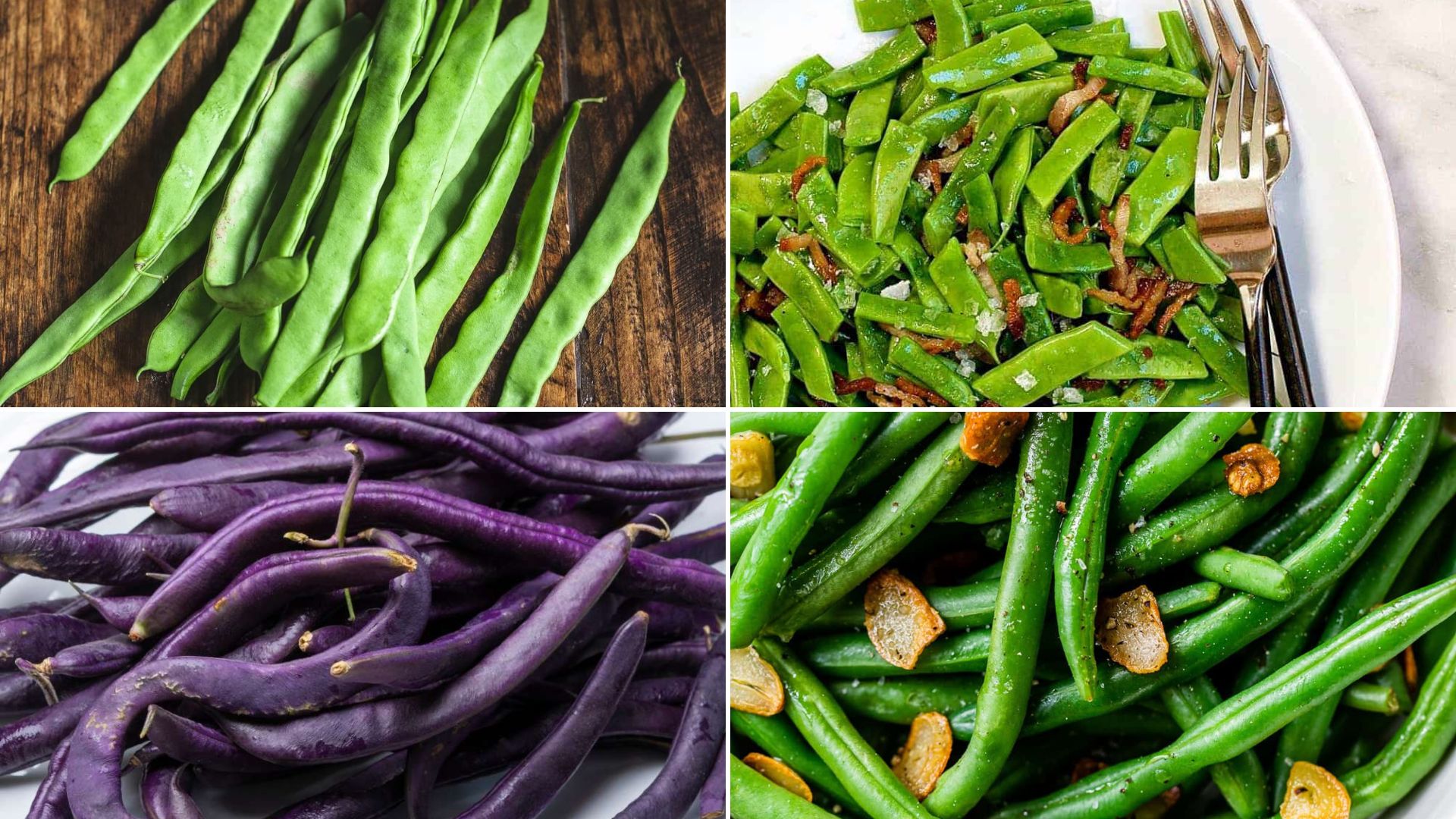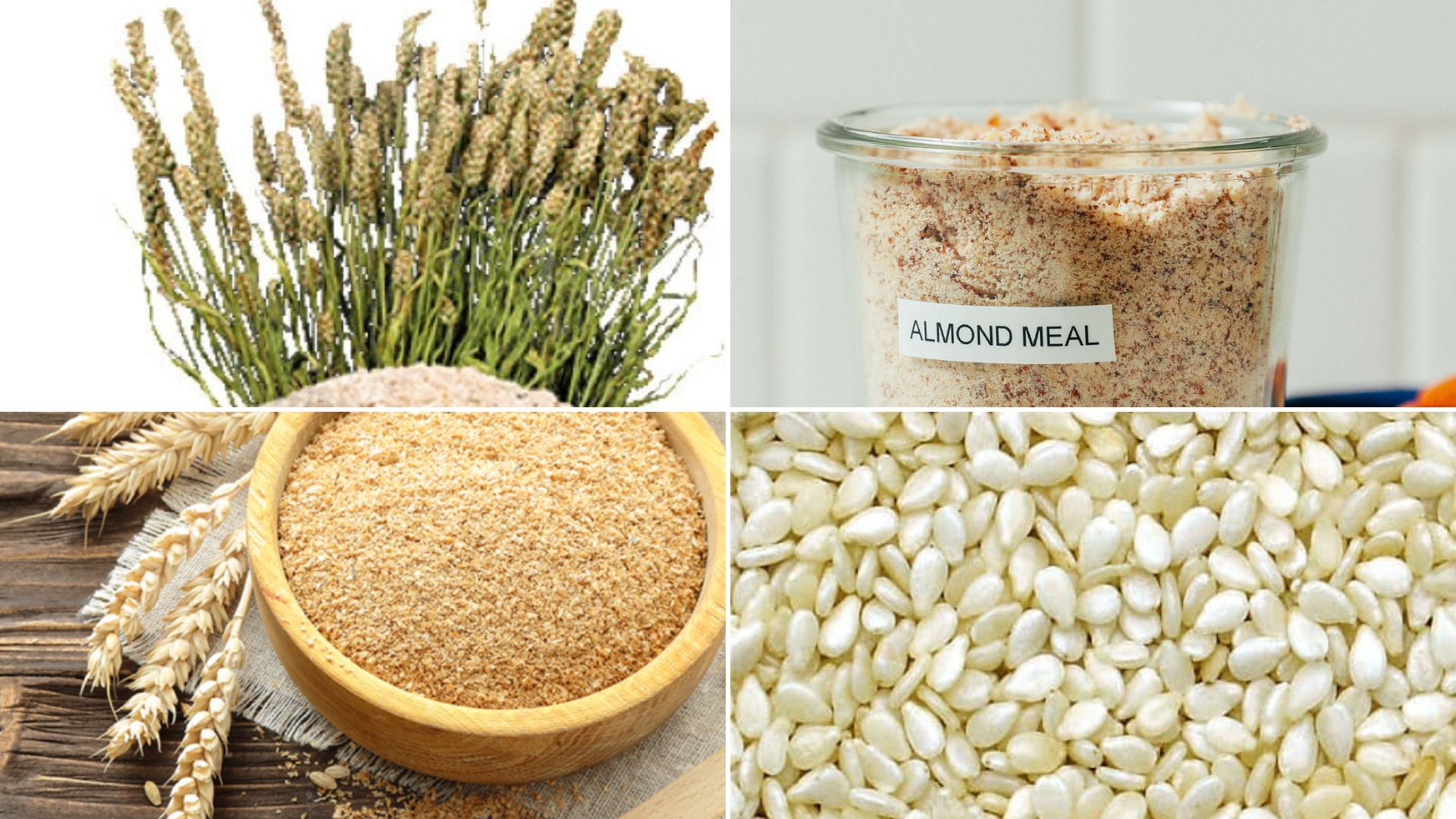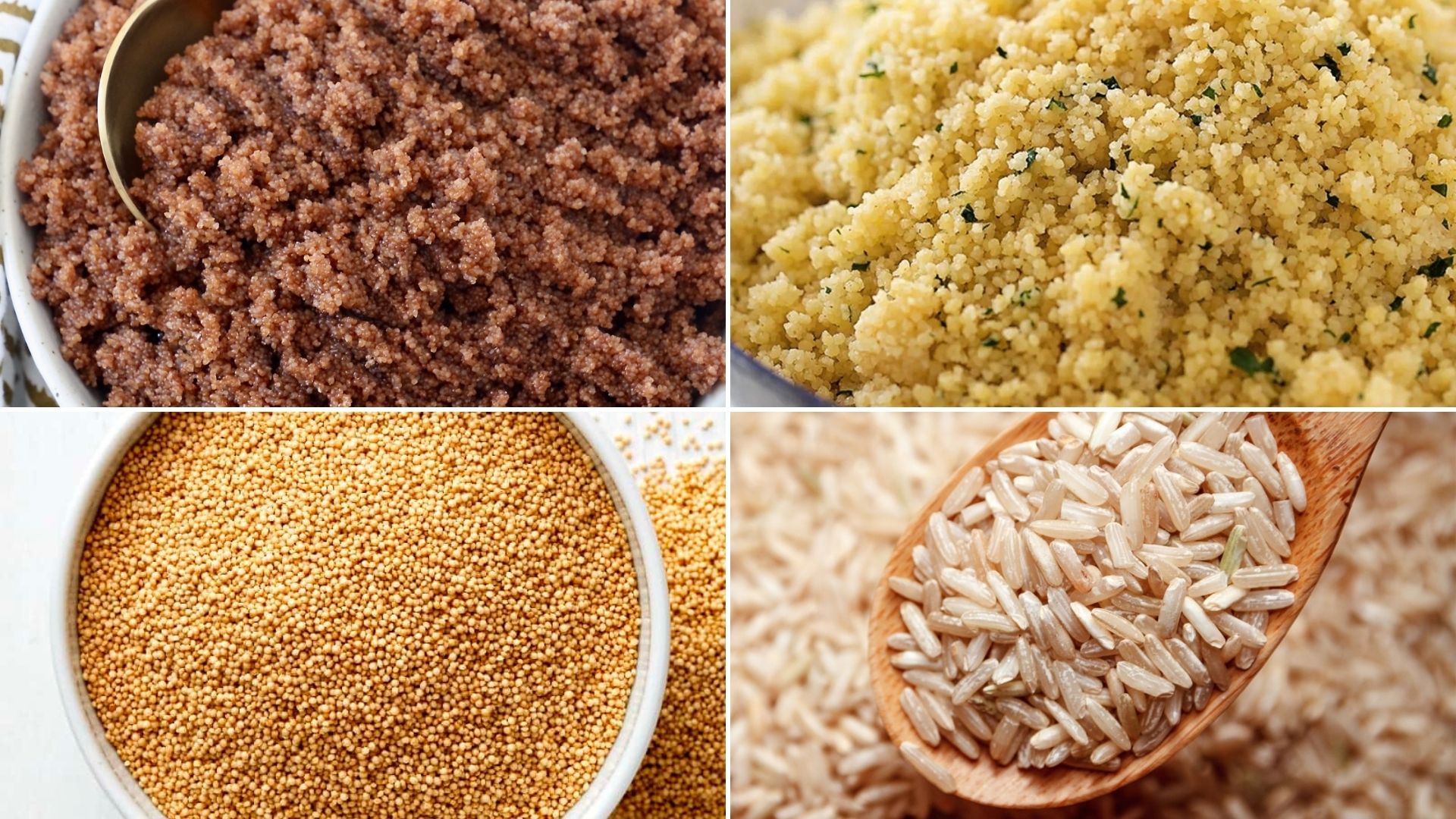
Spices have been integral to culinary traditions worldwide for centuries, transforming simple ingredients into complex and flavorful dishes.
Each spice offers its unique taste profile, from the earthy warmth of cumin to the fiery heat of cayenne pepper.
Spice are essential tools in any kitchen, whether crafting a fragrant curry, spicing up a stew, or adding depth to a dessert.
In this guide, we explore 20 types of spices that every home cook should know, including their distinct flavors, uses, and benefits in cooking.
List of Different Types of Spices
1. Cumin

Cumin is a popular spice used in a variety of global cuisines.
It is known for its earthy, warm flavor with a slightly bitter edge.
Often used in Indian, Middle Eastern, and Mexican dishes, cumin can be found both as whole seeds and ground.
It adds depth to curries, stews, and spice blends like garam masala.
- Taste: Warm, earthy, and slightly bitter.
- Common Use: Used in curries, chili, and spice rubs.
- Form: Whole seeds or ground powder.
2. Coriander
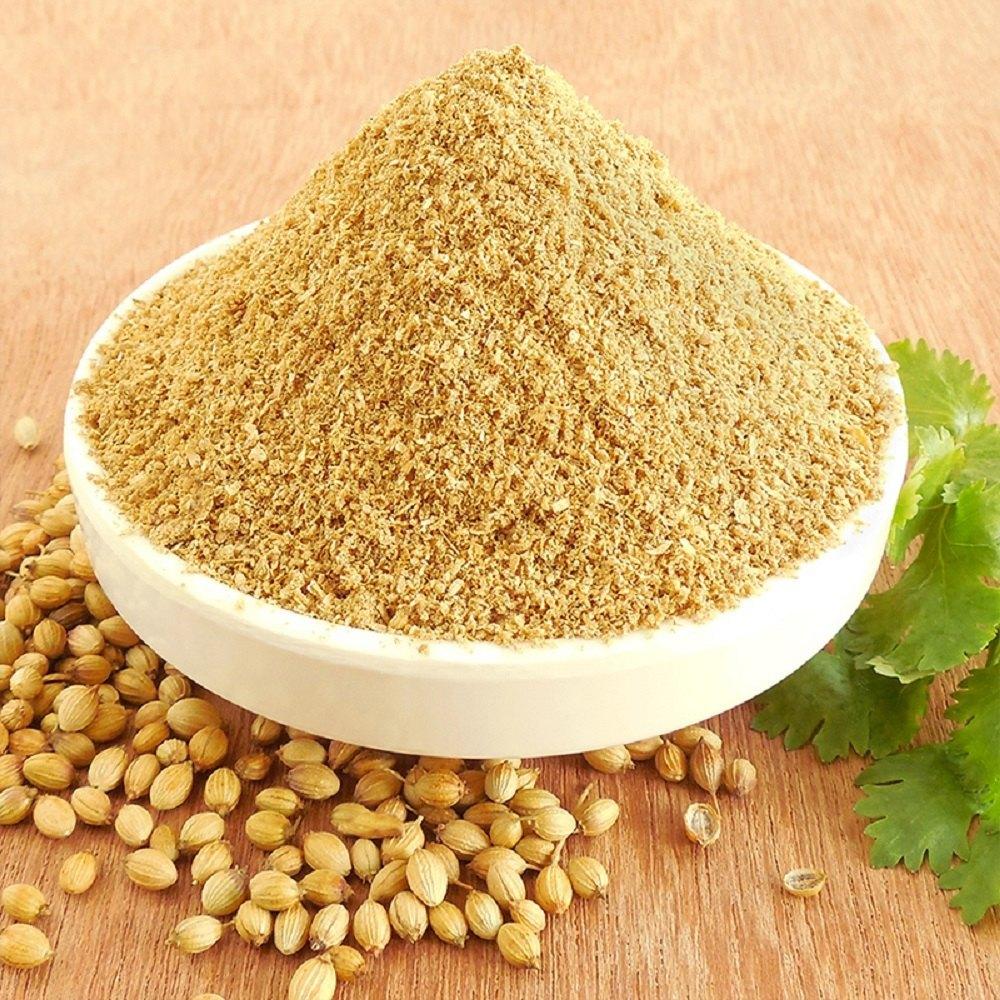
Coriander, also known as cilantro when referring to the plant’s leaves, is a fragrant spice with a slightly citrusy, sweet flavor.
The seeds are commonly used in Indian, Middle Eastern, and Mexican cooking.
Ground coriander adds warmth to spice blends, while whole seeds are often toasted to release their full flavor.
- Taste: Citrusy, warm, and sweet.
- Common Use: Used in curries, stews, and spice mixes.
- Form: Whole seeds or ground powder.
3. Turmeric
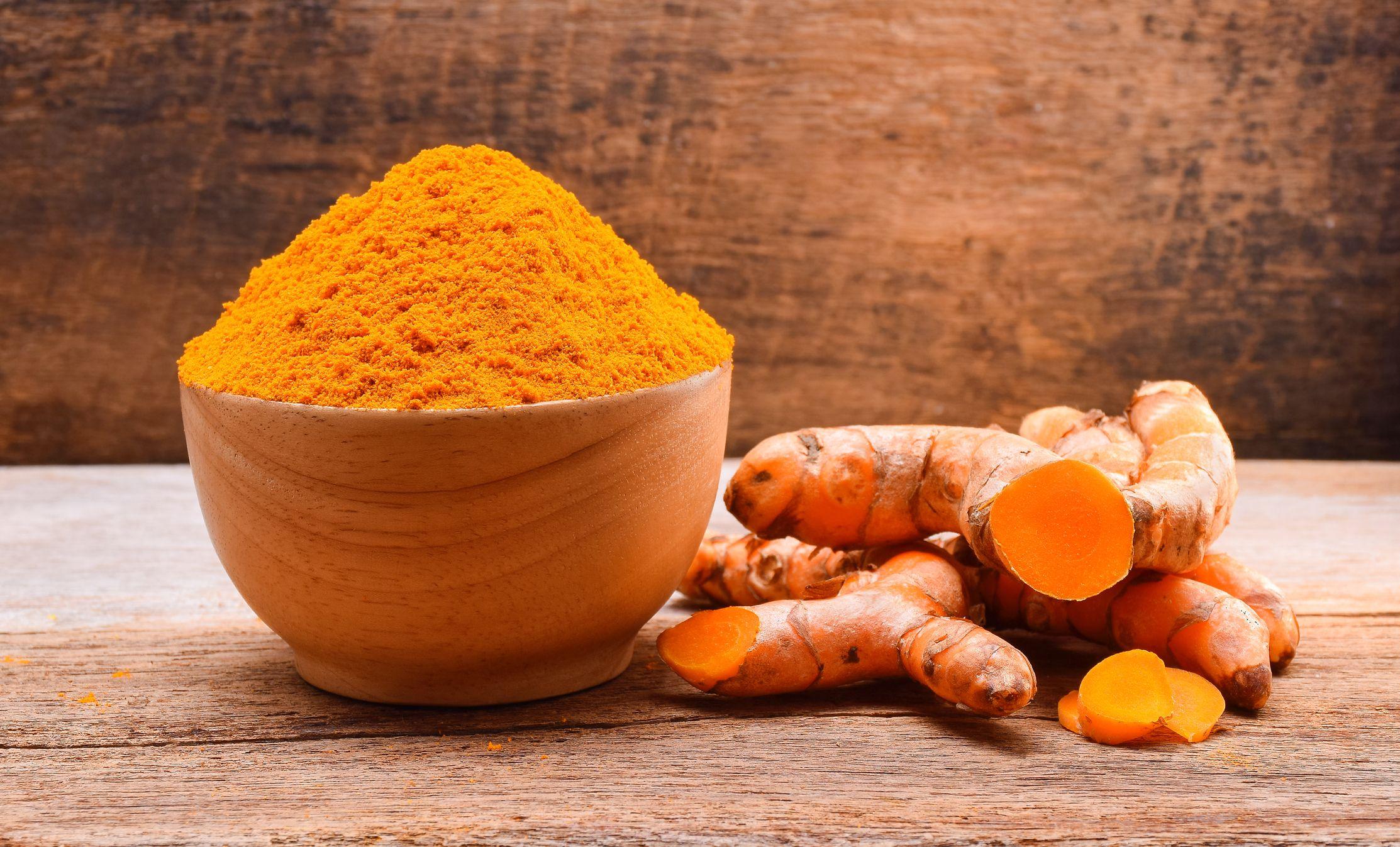
Turmeric is a bright yellow spice renowned for its earthy flavor and numerous health benefits.
It is a key ingredient in many Indian dishes, especially curries, and is also used in mustard blends and golden milk.
Turmeric is known for its anti-inflammatory properties and is often used in cooking and as a health supplement.
- Taste: Earthy, slightly bitter, with a hint of ginger.
- Common Use: Found in curries, rice dishes, and as a natural colorant.
- Form: Ground powder or fresh root.
4. Paprika
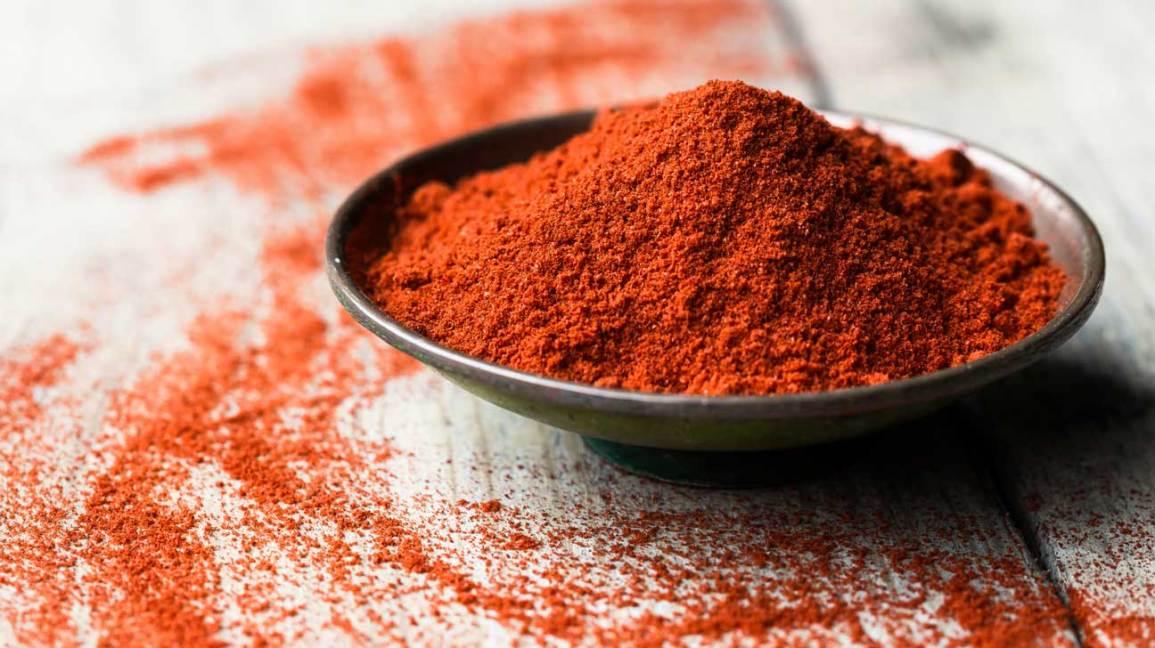
Paprika is made from dried and ground red peppers, and depending on the variety, it offers a mild to moderately spicy flavor.
It is widely used in Hungarian, Spanish, and Middle Eastern cuisines to add color and flavor to dishes.
Smoked paprika adds a distinct smoky depth, while sweet paprika is milder.
- Taste: Sweet, smoky, or mildly spicy.
- Common Use: Used in spice rubs, stews, and as a garnish.
- Form: Ground powder.
5. Cinnamon
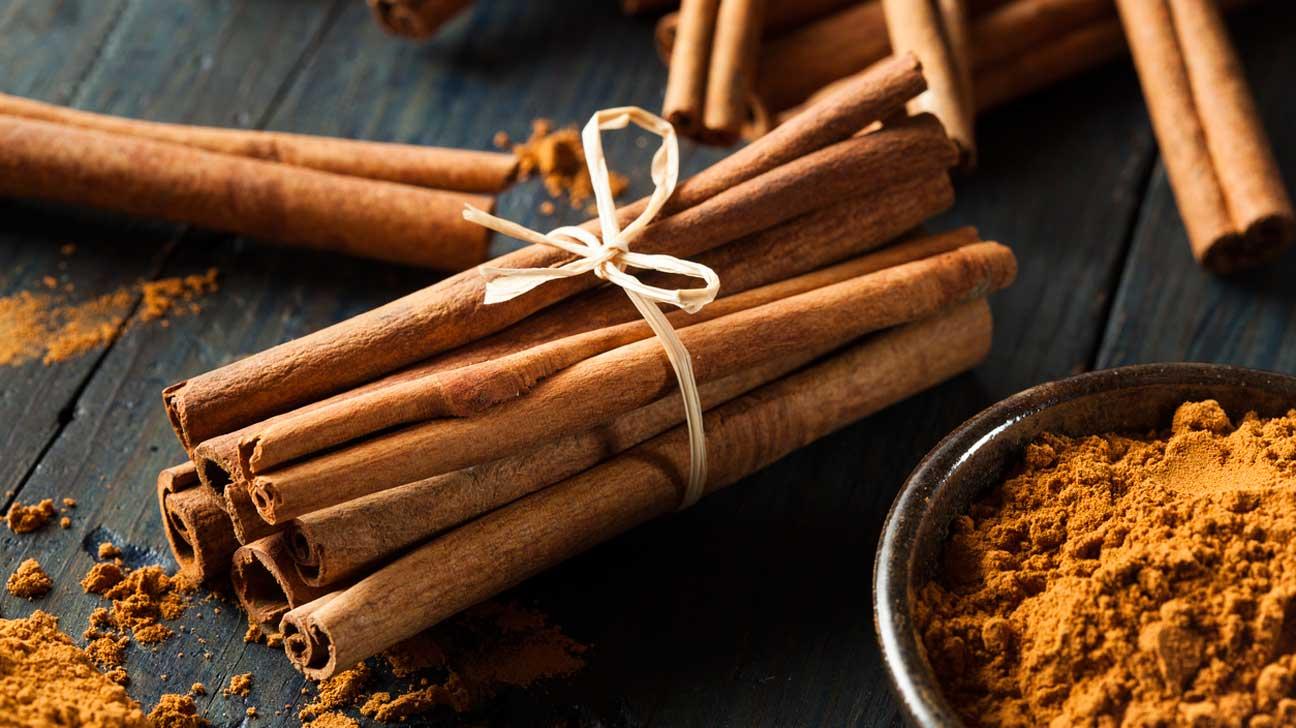
Cinnamon is a warm, sweet spice derived from the inner bark of certain tree species.
It is commonly used in both sweet and savory dishes, particularly in baking and desserts, spiced drinks, and stews.
Cinnamon sticks and ground cinnamon are both widely available.
- Taste: Sweet, warm with a slight spiciness.
- Common Use: Used in desserts, baked goods, and curries.
- Form: Ground powder or whole sticks.
6. Cloves

Cloves are dried flower buds from the clove tree. They are known for their strong, aromatic, and slightly sweet flavor.
Cloves are commonly used in spice blends like garam masala, mulled drinks, and baking.
Whole cloves can infuse liquids, while ground cloves are ideal for seasoning dishes and baked goods.
- Taste: Warm, sweet, and slightly bitter.
- Common Use: Used in spice blends, marinades, and baking.
- Form: Whole or ground powder.
7. Nutmeg
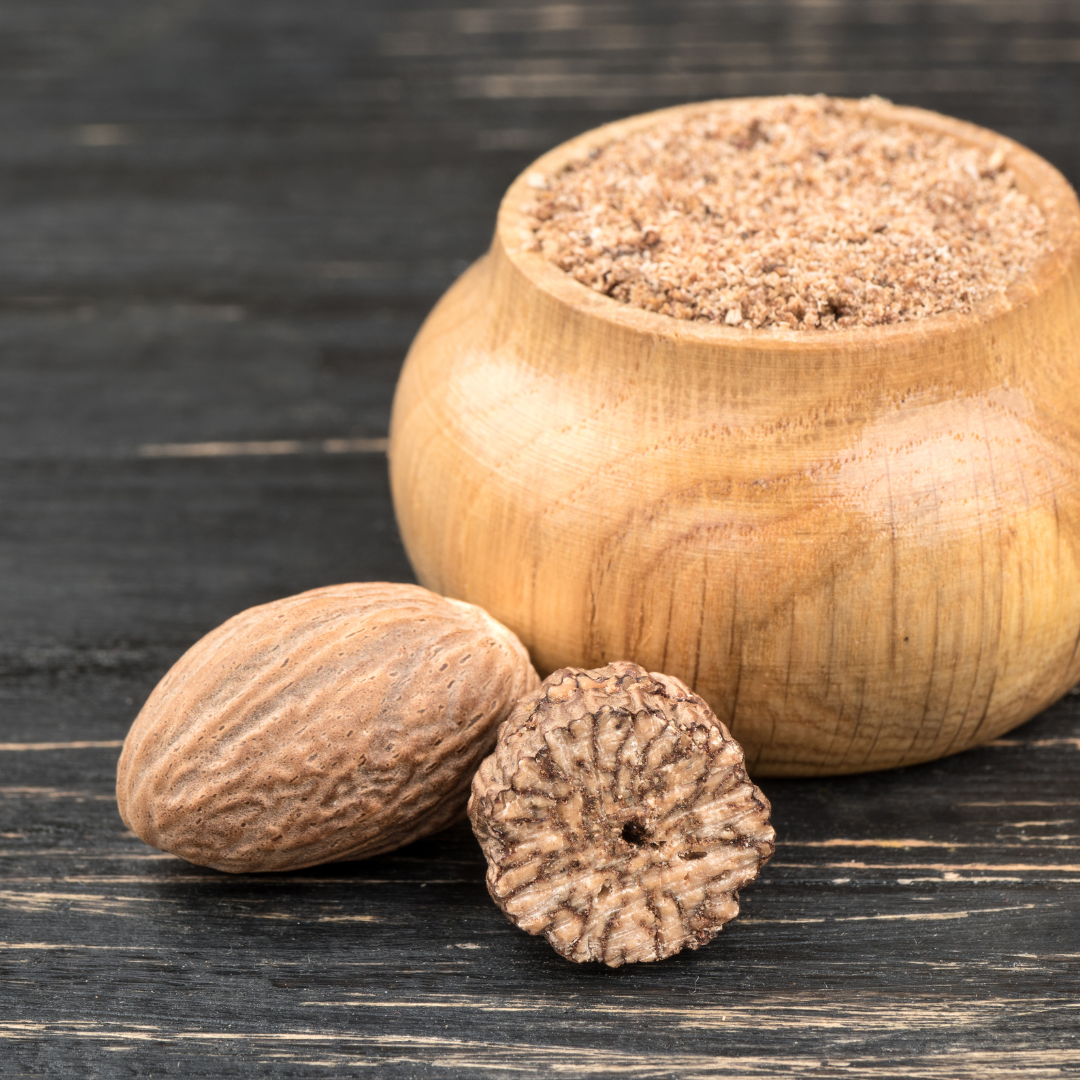
Nutmeg is a spice with a warm, sweet flavor. It is often used in baking, desserts, and savory dishes.
For a more intense flavor, it is commonly grated fresh from whole seeds.
Nutmeg pairs well with creamy dishes, sauces, and spice blends, making it a versatile ingredient in sweet and savory cooking.
- Taste: Warm, sweet, and slightly nutty.
- Common Use: Used in desserts, soups, and creamy sauces.
- Form: Whole seeds or ground powder.
8. Cardamom

Cardamom is a highly aromatic spice with a complex, sweet-spicy flavor.
It is often used in Indian and Middle Eastern cuisines, particularly in curries, desserts, and chai tea.
Both green and black cardamom are used in cooking, with green being more common in sweet dishes and black in savory.
- Taste: Sweet spicy, with hints of citrus and mint.
- Common Use: Used in curries, desserts, and chai tea.
- Form: Whole pods, seeds, or ground powder.
9. Black Pepper

Black pepper is one of the most widely used spices in the world, known for its sharp, spicy flavor.
Made from dried, unripe peppercorns, black pepper can be used whole or ground in various dishes, from seasoning meats and vegetables to adding a final touch to salads and soups.
- Taste: Pungent, spicy, and slightly woody.
- Common Use: Used in seasoning, spice blends, and finishing touches.
- Form: Whole peppercorns or ground.
10. Star Anise
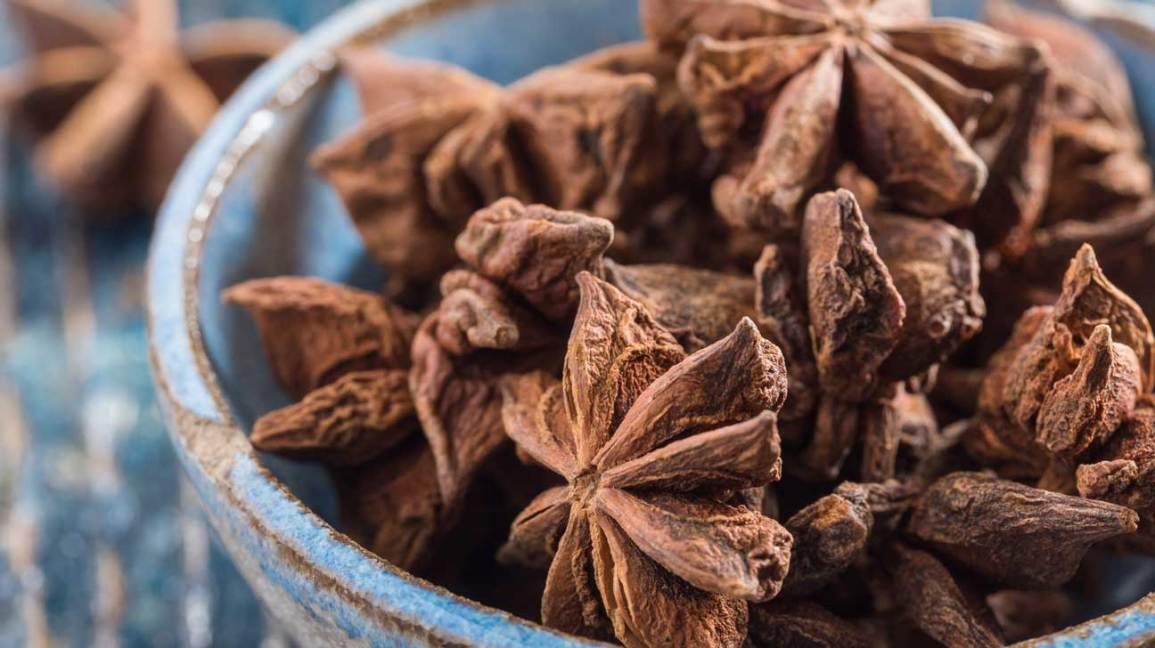
Star anise is a star-shaped spice with a distinct licorice flavor.
It is commonly used in Chinese and Vietnamese cooking, particularly in soups, stews, and spice blends like five-spice powder.
Star anise is also a key ingredient in spiced teas and desserts.
- Taste: Sweet, licorice-like, and slightly spicy.
- Common Use: Used in soups, stews, and spiced drinks.
- Form: Whole star pods or ground powder.
11. Fenugreek
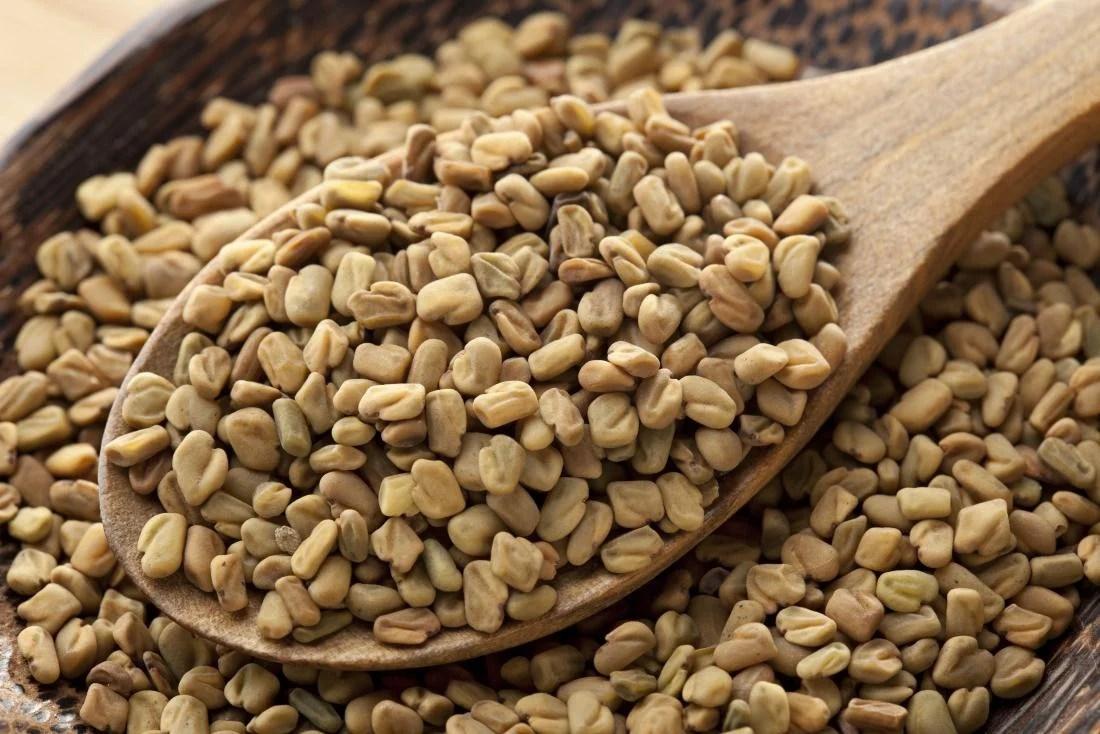
Fenugreek is a spice with a slightly sweet, nutty, and bitter flavor.
It is often used in Indian and Middle Eastern cuisines. It is commonly found in curry powders and spice blends.
The seeds and leaves of the fenugreek plant are used in cooking, with the seeds typically roasted to enhance their flavor.
- Taste: Sweet, nutty, and slightly bitter.
- Common Use: Used in curries, spice blends, and sauces.
- Form: Whole seeds or ground powder.
12. Saffron
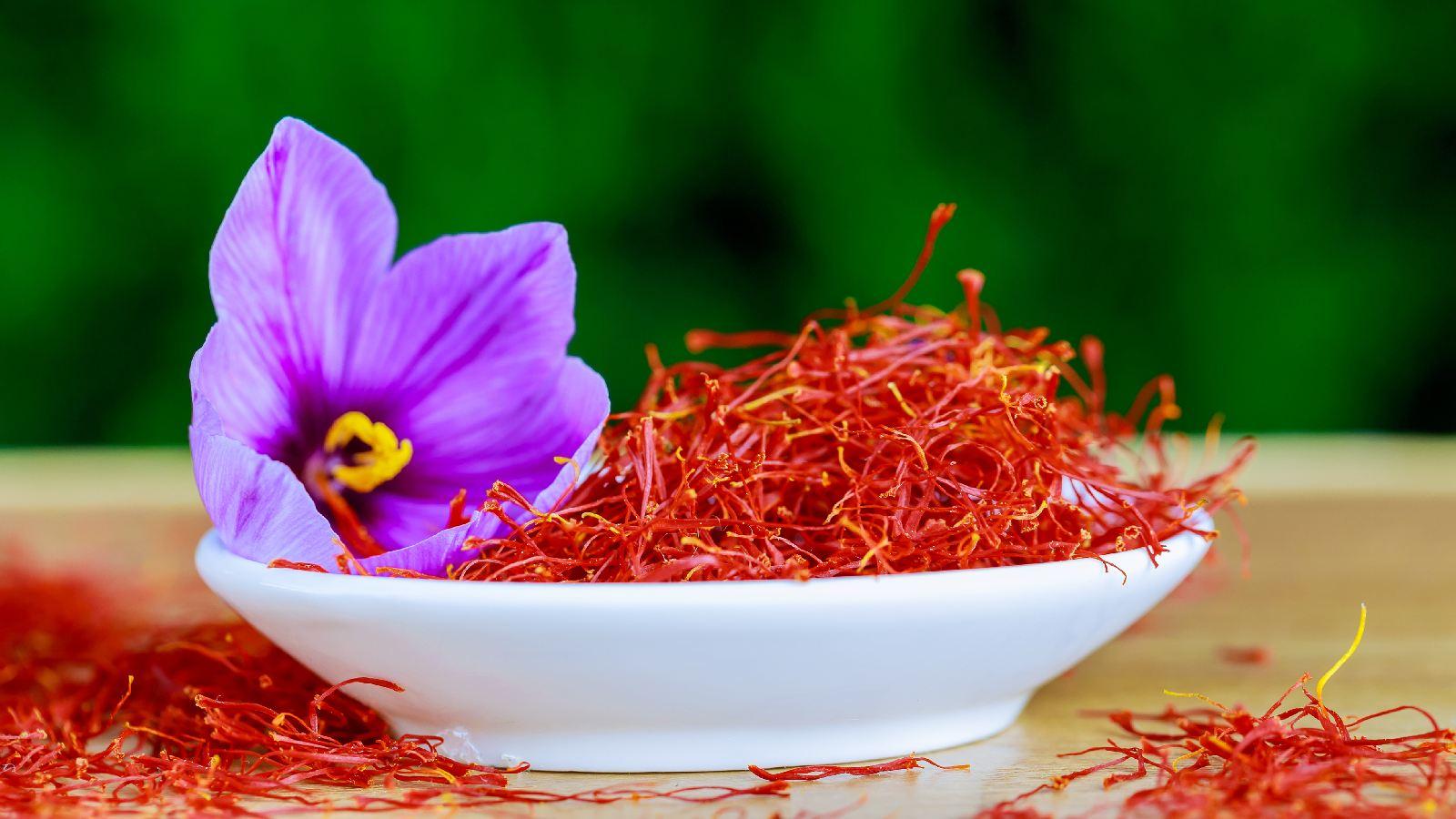
Saffron is one of the most expensive spices in the world, known for its bright yellow color and delicate, floral flavor.
It is harvested from the stigma of the crocus flower and is often used in rice dishes like paella, risotto, and biryanis.
A small amount of saffron can add a rich aroma and color to any dish.
- Taste: Subtle, floral, and slightly sweet.
- Common Use: Used in rice dishes, sauces, and desserts.
- Form: Dried threads or ground.
13. Ginger

Ginger is a versatile spice with a warm, spicy-sweet flavor.
It is commonly used in fresh and dried forms in cuisines worldwide.
Ginger adds warmth and zest to savory dishes, baked goods, and beverages like tea and ginger ale.
It is also valued for its health benefits, including aiding digestion.
- Taste: Spicy, warm, and slightly sweet.
- Common Use: Used in stir-fries, curries, teas, and desserts.
- Form: Fresh root, dried, or ground powder.
14. Allspice

Allspice is made from the dried berries of the Pimenta dioica plant and has a flavor that combines elements of cinnamon, nutmeg, and cloves.
It is widely used in sweet and savory dishes, especially in Caribbean, Middle Eastern, and American cuisines.
Allspice is a key ingredient in jerk seasoning and pumpkin spice blends.
- Taste: Warm, spicy with hints of cinnamon, cloves, and nutmeg.
- Common Use: Used in spice rubs, baking, and marinades.
- Form: Whole berries or ground powder.
15. Mustard Seeds

Mustard seeds are small, round seeds that add a savory, slightly spicy flavor to dishes.
They are commonly used in Indian, Middle Eastern, and European cooking, particularly in pickling, sauces, and spice blends.
Mustard seeds are also the base for making prepared mustard condiments.
- Taste: Pungent, slightly spicy with a sharp flavor.
- Common Use: Used in pickles, curries, and mustard sauces.
- Form: Whole seeds or ground.
16. Bay Leaves
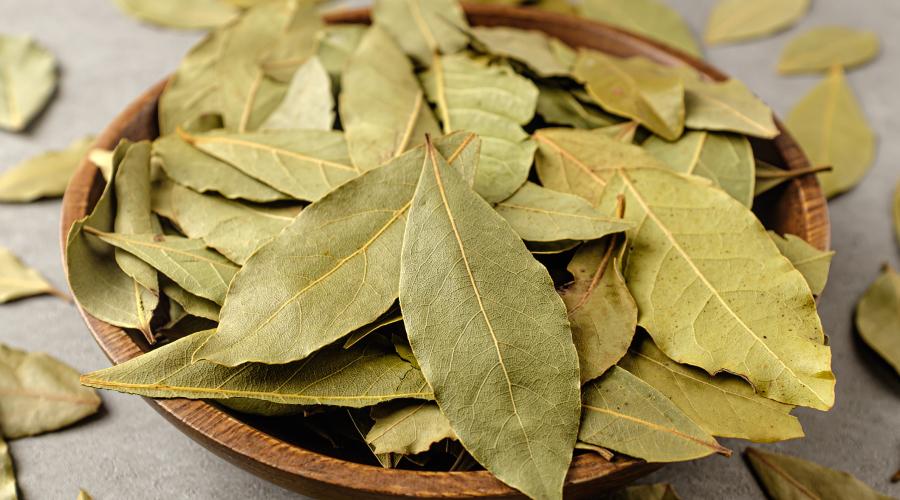
Bay leaves are aromatic leaves that add depth and flavor to soups, stews, and sauces.
Often used whole and removed before serving, they have a slightly floral, herbal flavor with hints of mint and pepper.
They are a staple in Mediterranean and Indian cuisines, as well as French cooking.
- Taste: Mildly floral, herbal with peppery undertones.
- Common Use: Used in soups, stews, and slow-cooked dishes.
- Form: Whole dried leaves.
17. Sumac
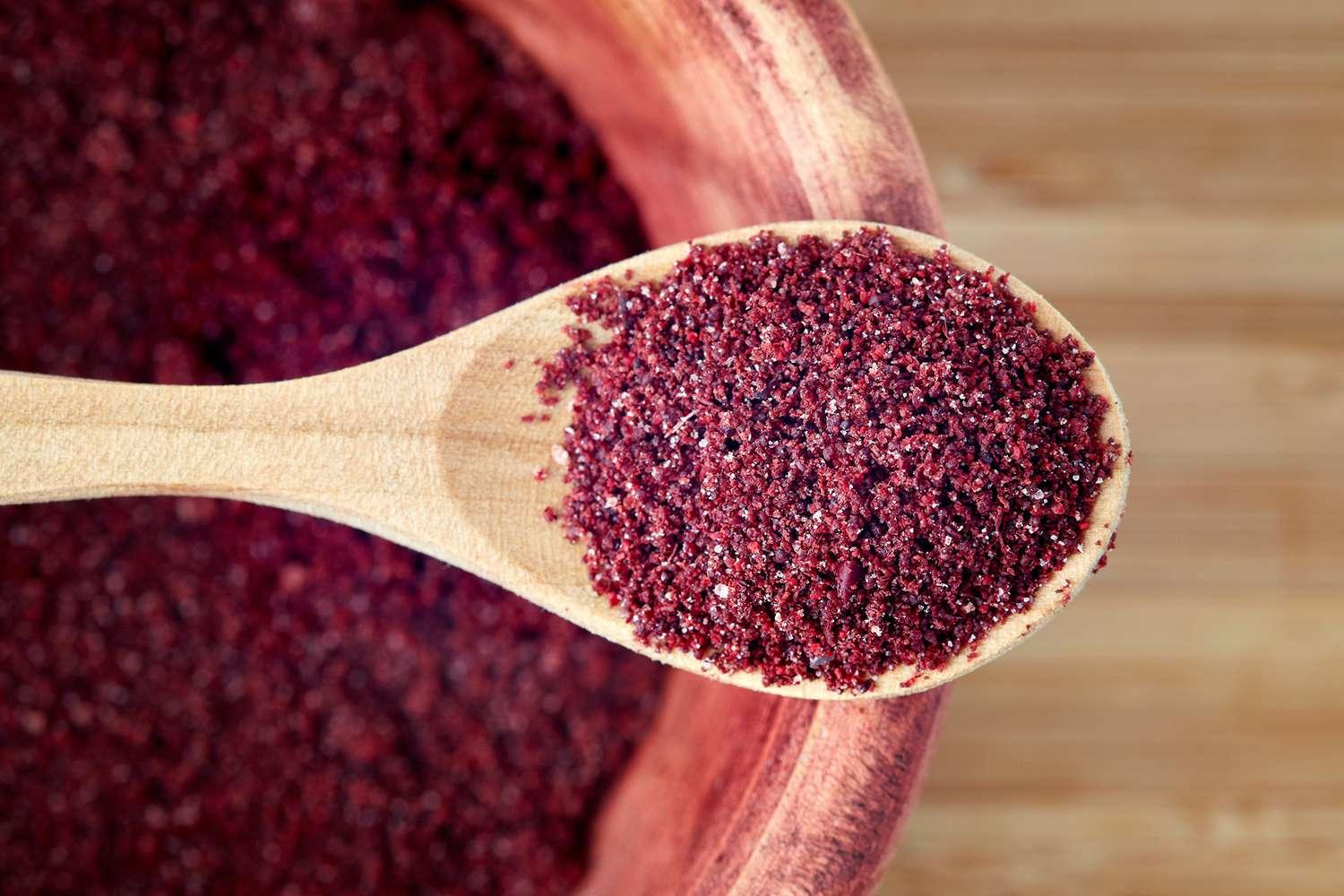
Sumac is a tangy, lemony spice made from ground red berries of the sumac plant.
It is widely used in Middle Eastern and Mediterranean cooking to add a tart flavor to meats, salads, and dips like hummus.
Sumac is often sprinkled over dishes just before serving to add a bright, zesty finish.
- Taste: Tart, lemony, and slightly tangy.
- Common Use: Used in salads, meats, and dips.
- Form: Ground powder.
18. Fennel Seeds
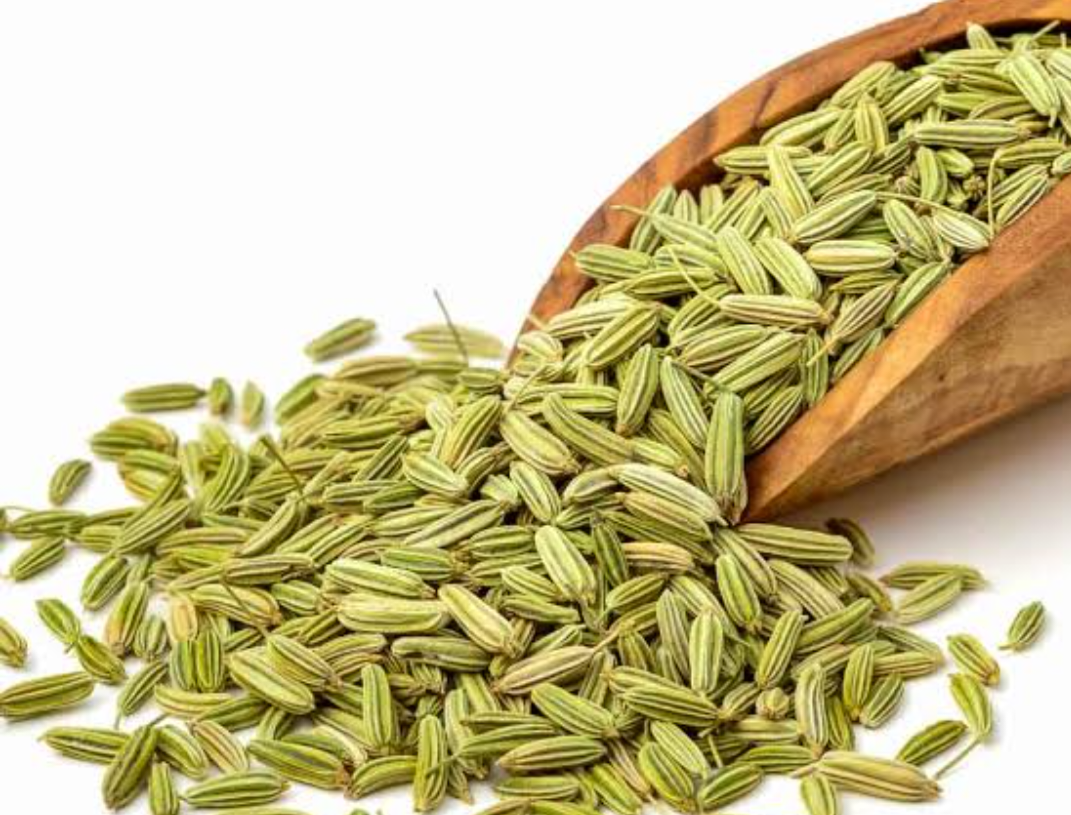
Fennel seeds come from the fennel plant and have a sweet, licorice-like flavor.
They are used in Indian, Italian, and Middle Eastern cuisines, both in savory dishes and desserts.
Fennel seeds are often toasted to bring out their sweetness and are commonly used in spice blends, sausages, and teas.
- Taste: Sweet, slightly licorice-like with a mild spiciness.
- Common Use: Used in curries, breads, and spice mixes.
- Form: Whole seeds or ground powder.
19. Chili Powder

Chili powder is a blend of ground-dried chilies and other spices, such as cumin, garlic, and oregano.
It adds heat and flavor to various dishes, from Mexican and Indian to American barbecue.
The level of spiciness can vary depending on the type of chilies used.
- Taste: Spicy, earthy with a slight smokiness.
- Common Use: Used in stews, spice rubs, and chili dishes.
- Form: Ground powder.
20. Cayenne Pepper

Cayenne pepper is made from ground, dried cayenne chilies and is known for its intense heat.
It adds spice to many cuisines, including Mexican, Indian, and Southeast Asian.
A small pinch of cayenne pepper can elevate the heat level of sauces, soups, and marinades.
- Taste: Hot, fiery, with a sharp, spicy flavor.
- Common Use: Used in hot sauces, marinades, and spice rubs.
- Form: Ground powder.
Conclusion
From the earthy warmth of cumin to the fiery kick of cayenne pepper, spices play a crucial role in enhancing flavors across cuisines worldwide.
Each spice offers a unique taste profile, allowing cooks to experiment and create diverse dishes with depth and character.
Whether you’re making a rich curry or a simple stew, these 20 essential spices bring life to your recipes and provide endless possibilities for culinary creativity.

